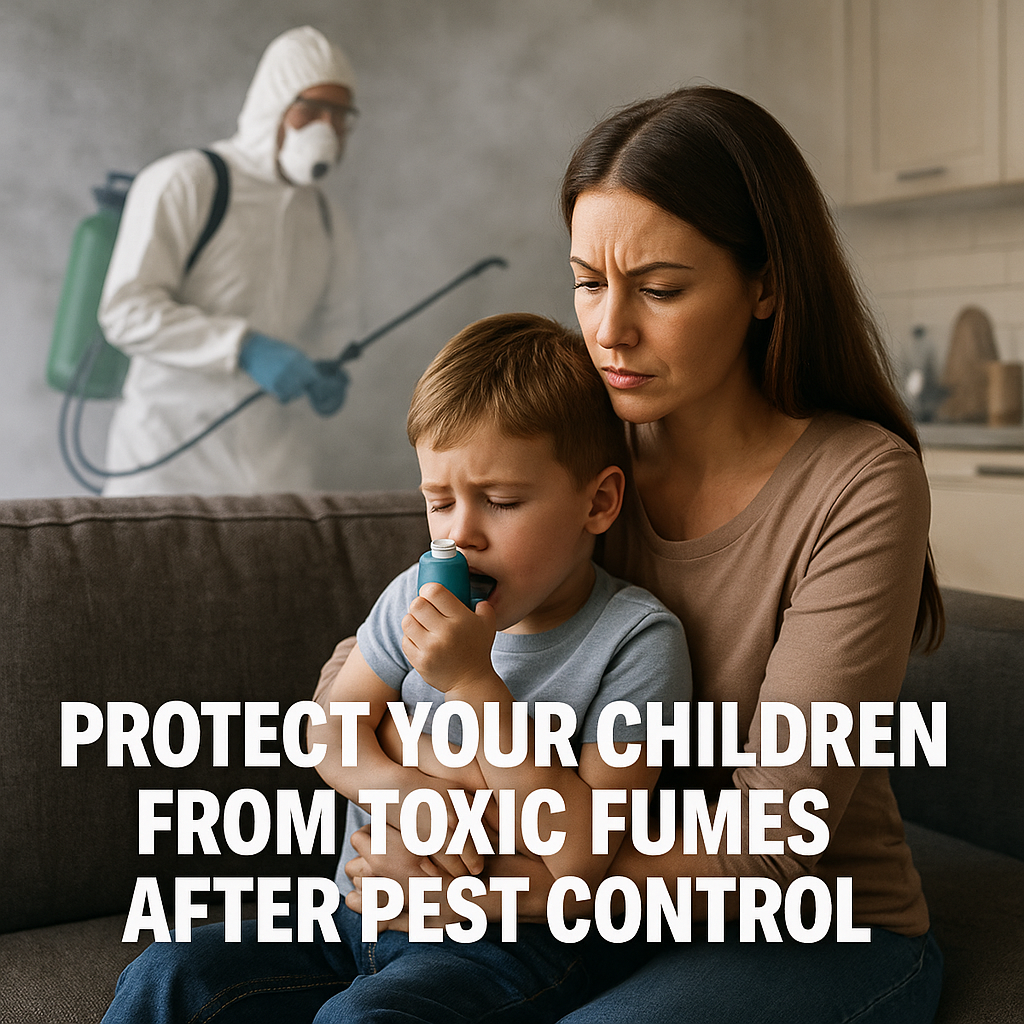
PROTECT YOUR CHILDREN FROM TOXIC FUMES AFTER PEST CONTROL IN HOME
Pest control treatments are essential to keep your home free of insects and rodents—but the chemicals used can release lingering fumes that pose real risks to young lungs. Children are especially vulnerable to inhaling toxic vapors, so it’s critical to follow the right safety steps before, during, and after pest control. This comprehensive guide will help you safeguard your little ones’ health.
1. UNDERSTAND THE RISKS
- Why kids are more susceptible: Their respiratory systems are still developing, they breathe faster, and they often play close to the floor where heavier pesticide vapors can settle.
- Common symptoms of exposure: Headaches, dizziness, nausea, eye or throat irritation, coughing, shortness of breath.
- High-risk areas: Basements, crawlspaces, behind appliances, inside cupboards—anywhere the technician treats or sprays.
2. PRE-TREATMENT PREPARATION
A. Relocate Children
• Plan childcare or a safe zone. Have young children stay with relatives or in a well-ventilated room far from treatment areas.
• Clear toys and bedding. Remove stuffed animals, play mats, and sleeping bags from the treatment zone.
B. Seal Off Living Spaces
• Close doors and vents. Use plastic sheeting and painter’s tape to cover doorways, HVAC vents, and gaps under doors.
• Turn off air-handling systems. Switch off central heating, cooling, or fans to prevent fumes from circulating.
3. DURING TREATMENT
• Keep kids out. Do not allow children to re-enter treated areas until fully cleared by your technician.
• Follow technician’s instructions. Ask your pest control provider for the exact re-entry time and safety precautions.
• Wear protective gear yourself. If you must inspect, use gloves and a mask rated for chemical filters.
4. POST-TREATMENT AIRING OUT
A. Maximum Ventilation
• Open windows and doors wide. Create cross-breezes for at least 4–8 hours, or for the duration recommended by your technician.
• Run exhaust fans and air purifiers. Bathroom and kitchen vents help pull vapors outside; a HEPA-equipped purifier speeds up clearance.
B. Monitor Air Quality
• Check for lingering odors. If you still smell pesticide, continue ventilating before allowing children back.
• Use a chemical detector or VOC sensor (optional) to confirm safe air levels.
5. THOROUGH CLEAN-UP
A. Wipe Down Surfaces
• Soap and water first. Clean countertops, tables, cabinet fronts, toys, and floors near treatment zones.
• Vinegar-water rinse. Follow up with a 1:1 white-vinegar solution to neutralize residues, then rinse with plain water.
B. Launder Linens & Soft Goods
• Hot-water wash. Wash all washable fabrics—rugs, curtains, towels, play mats—in the hottest cycle safe for the fabric.
• Sun-dry if possible. UV light helps break down any remaining chemicals.
6. RE-ENTRY & MONITORING
• Wait at least 8 hours (or the timeframe specified) before children return.
• Inspect for drips or deposits. Carefully check baseboards, behind appliances, and under sinks—wipe up any spots immediately.
• Watch for symptoms. For 24–48 hours after re-entry, monitor your children for headaches, coughing, or skin irritation. If any occur, seek medical advice.
7. LONG-TERM PREVENTION
• Schedule treatments when kids are away. Plan pest control during school hours, daycare days, or family outings.
• Choose low-toxicity options. Ask your provider about borate baits, diatomaceous earth, or integrated pest-management (IPM) techniques.
• Maintain regular inspections. Early detection means fewer, lighter treatments.
CONCLUSION
Protecting your children from toxic fumes requires a little planning—but the payoff is peace of mind and a truly safe, pest-free home. Bookmark this guide, share it with caregivers, and keep it handy for every future pest control visit. Your family’s health is worth every extra precaution.

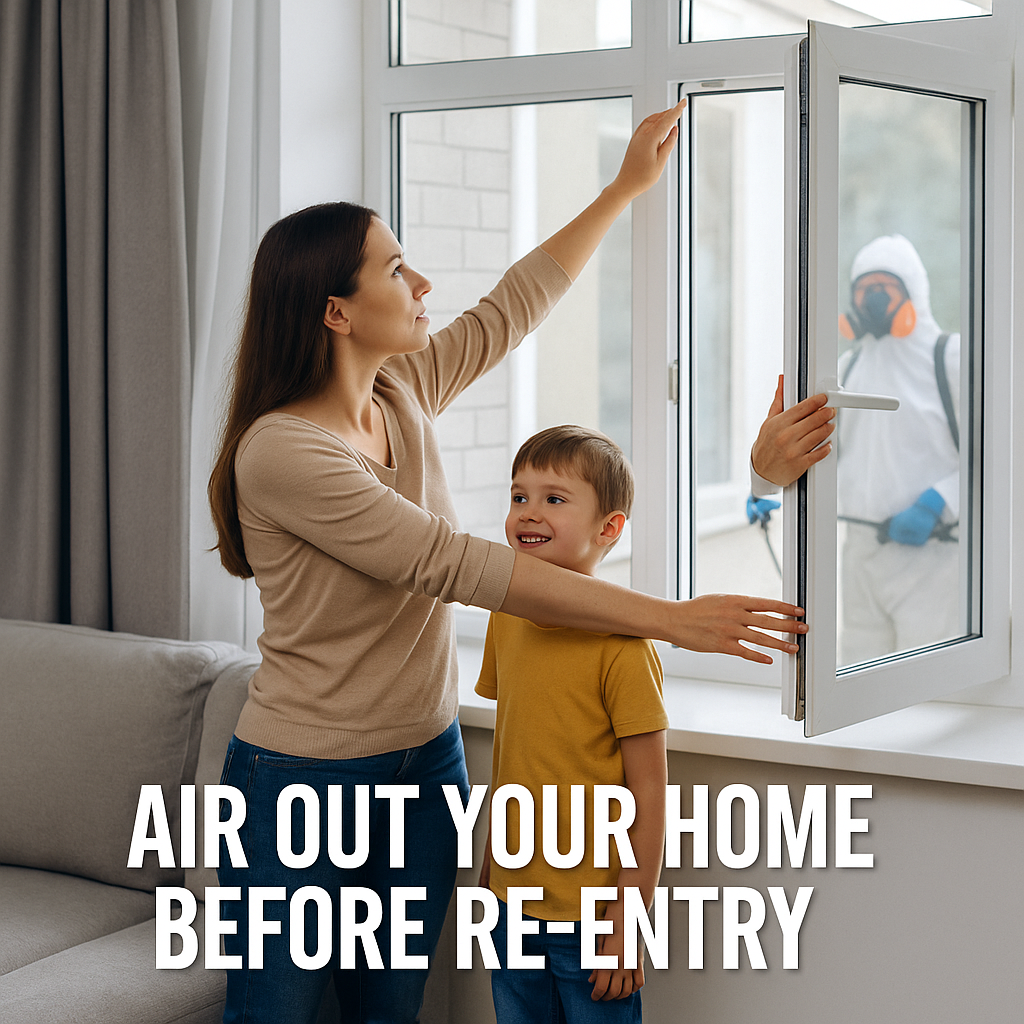
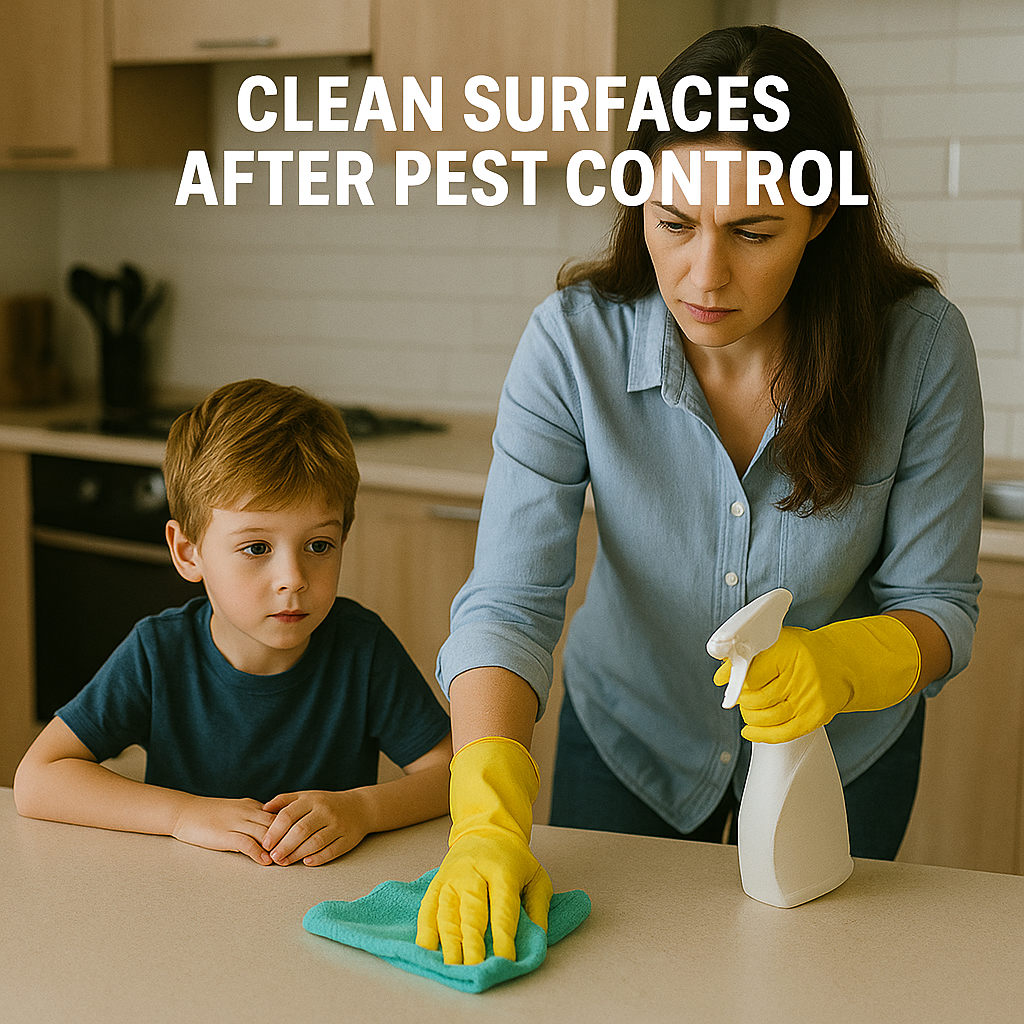
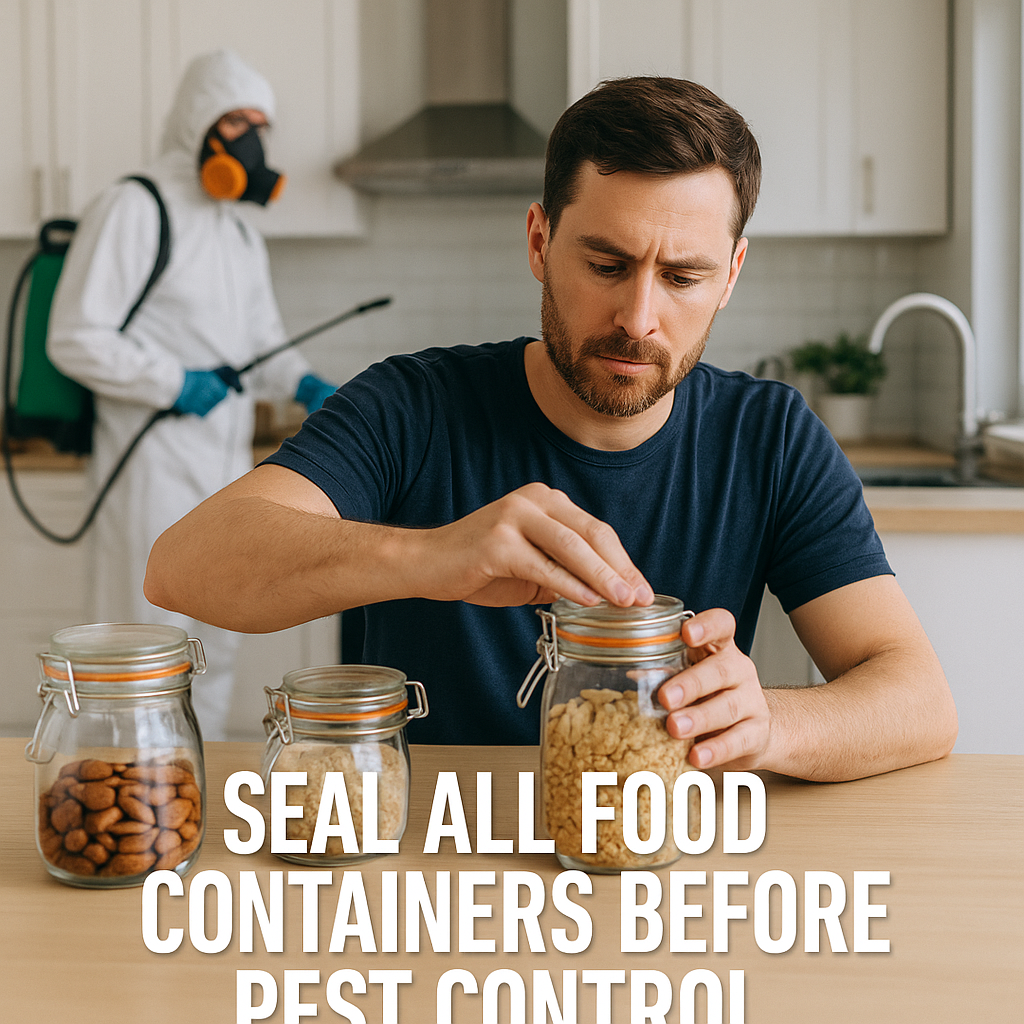
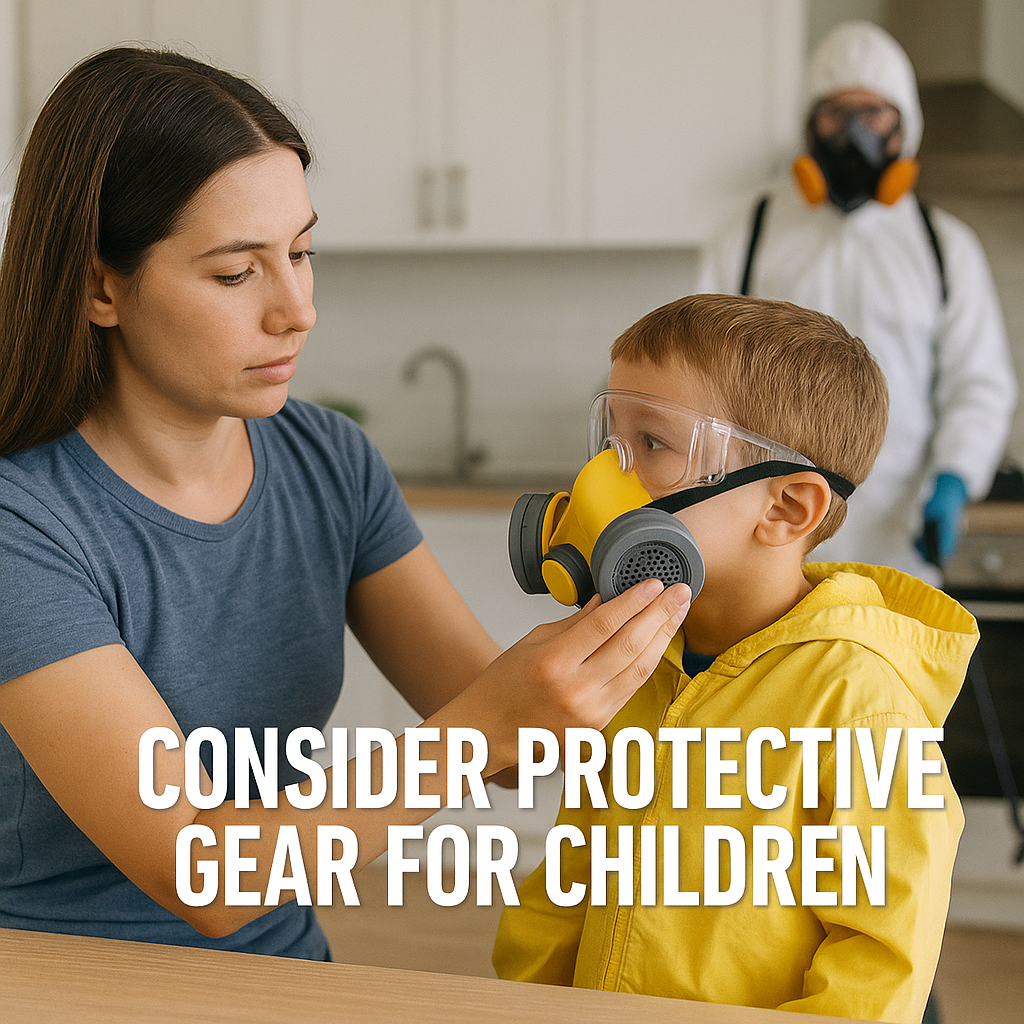
Youtube Video
Invalid YouTube URL provided.
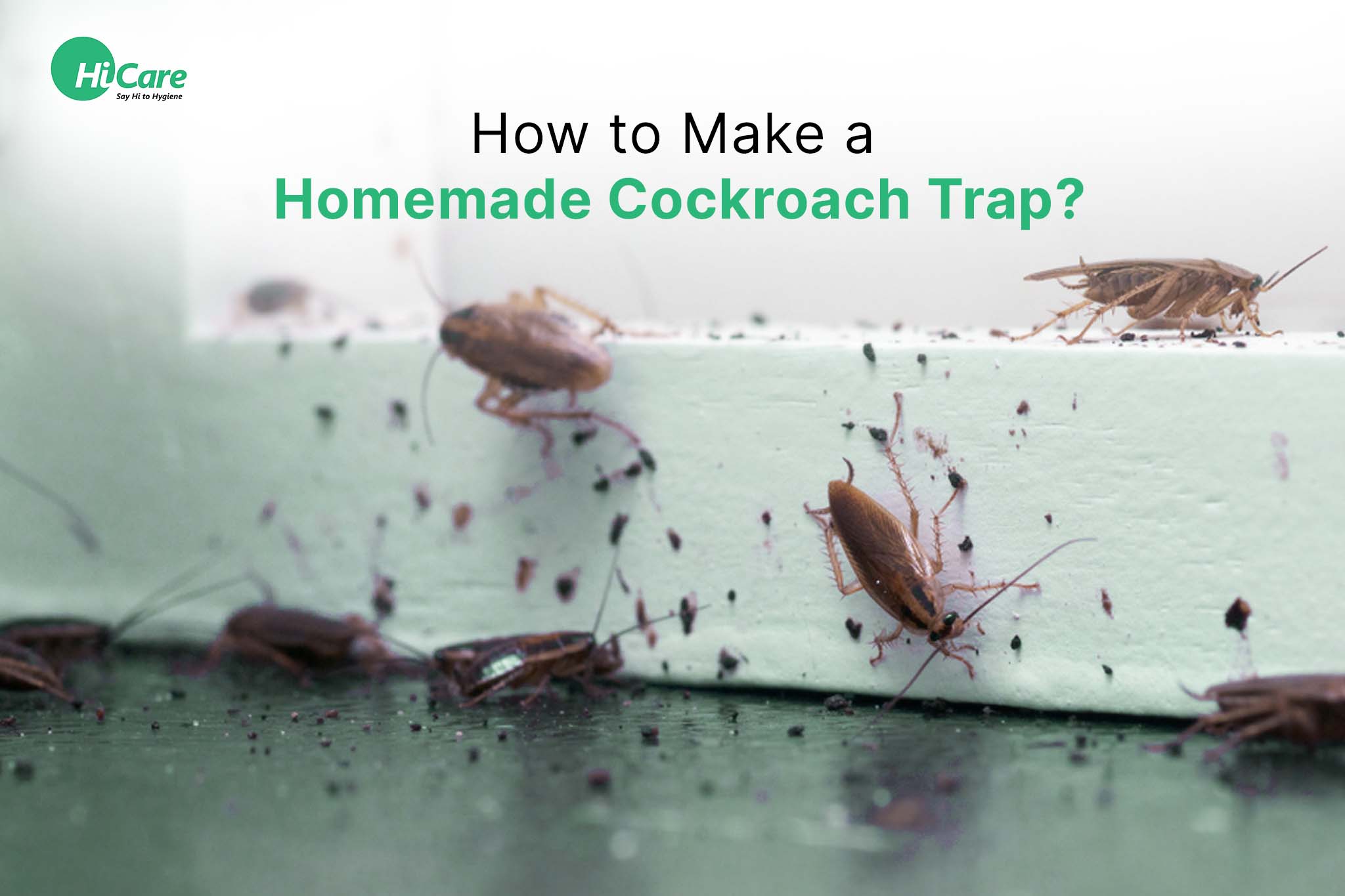
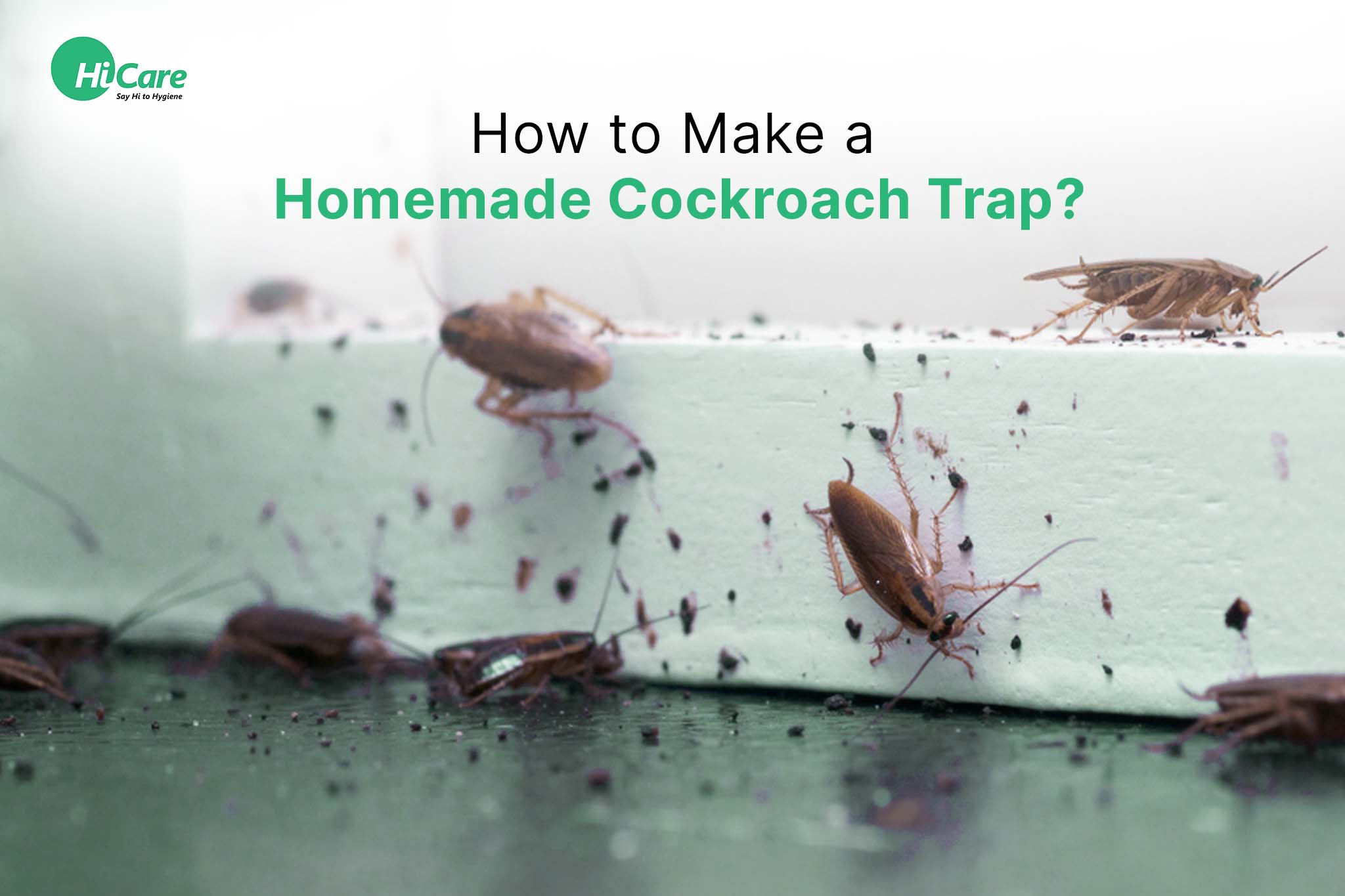
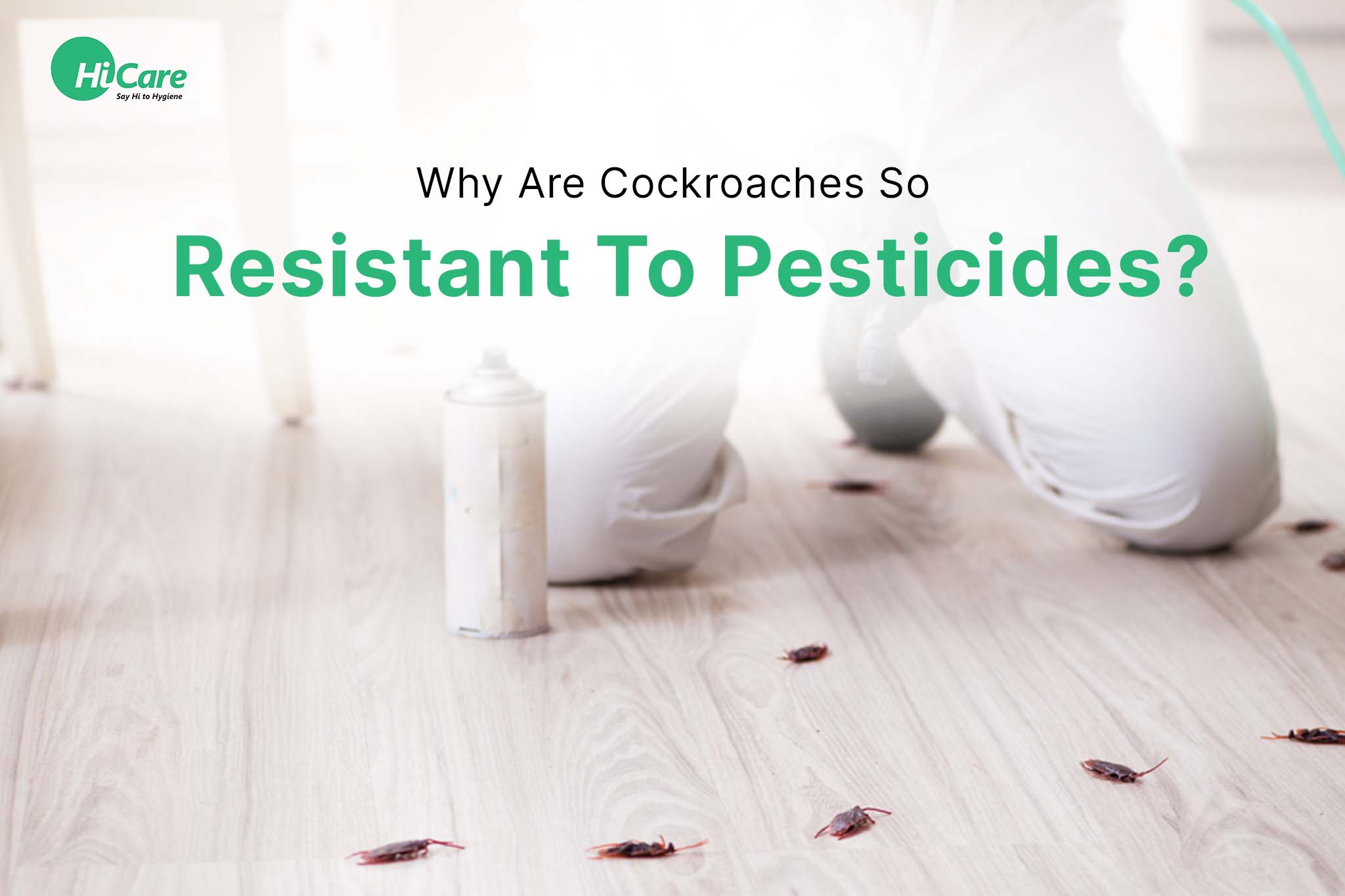









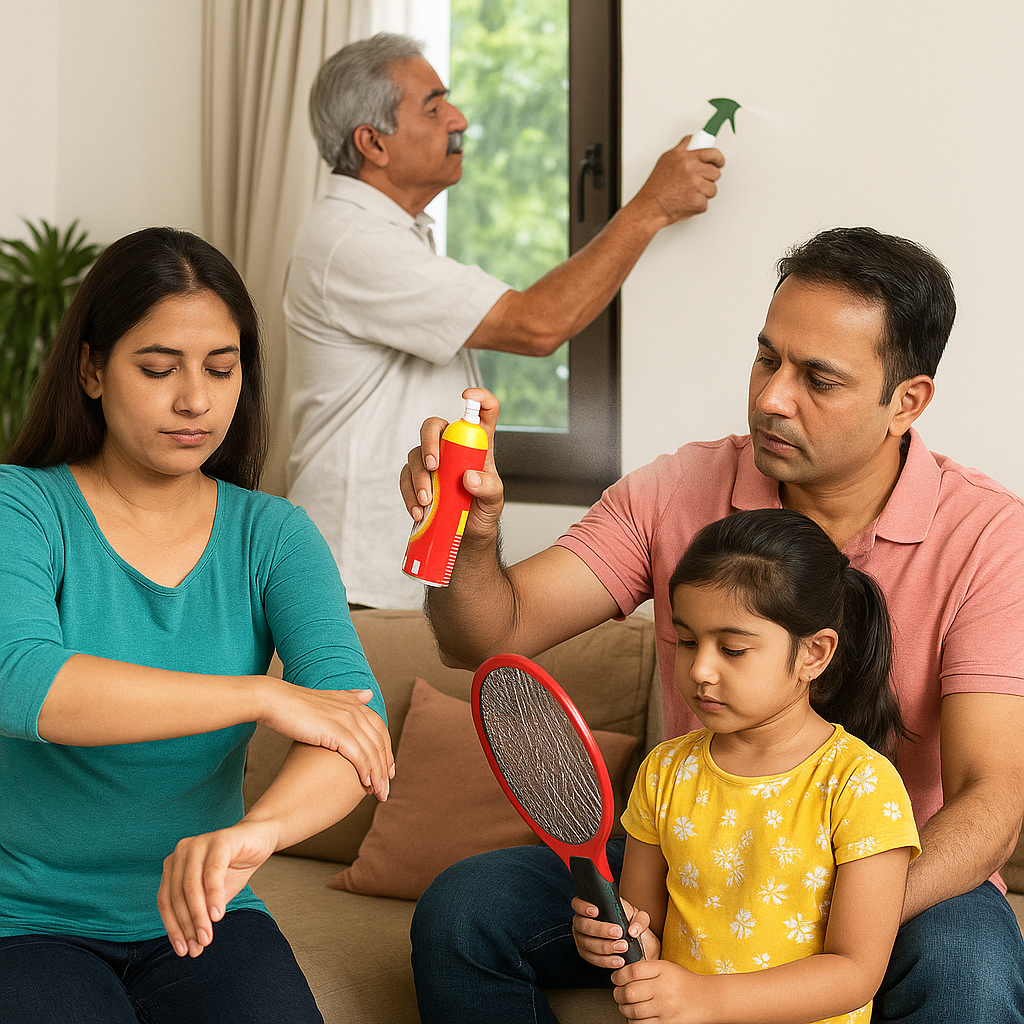
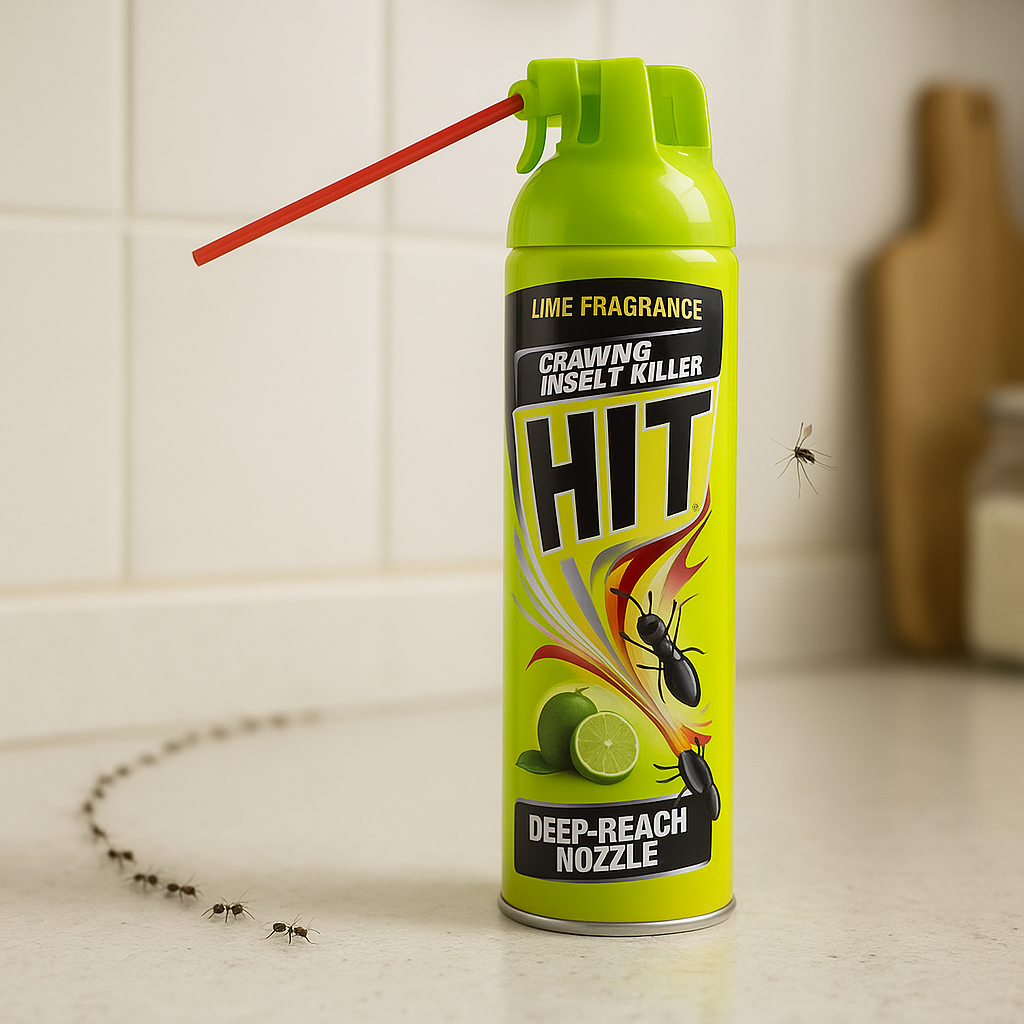
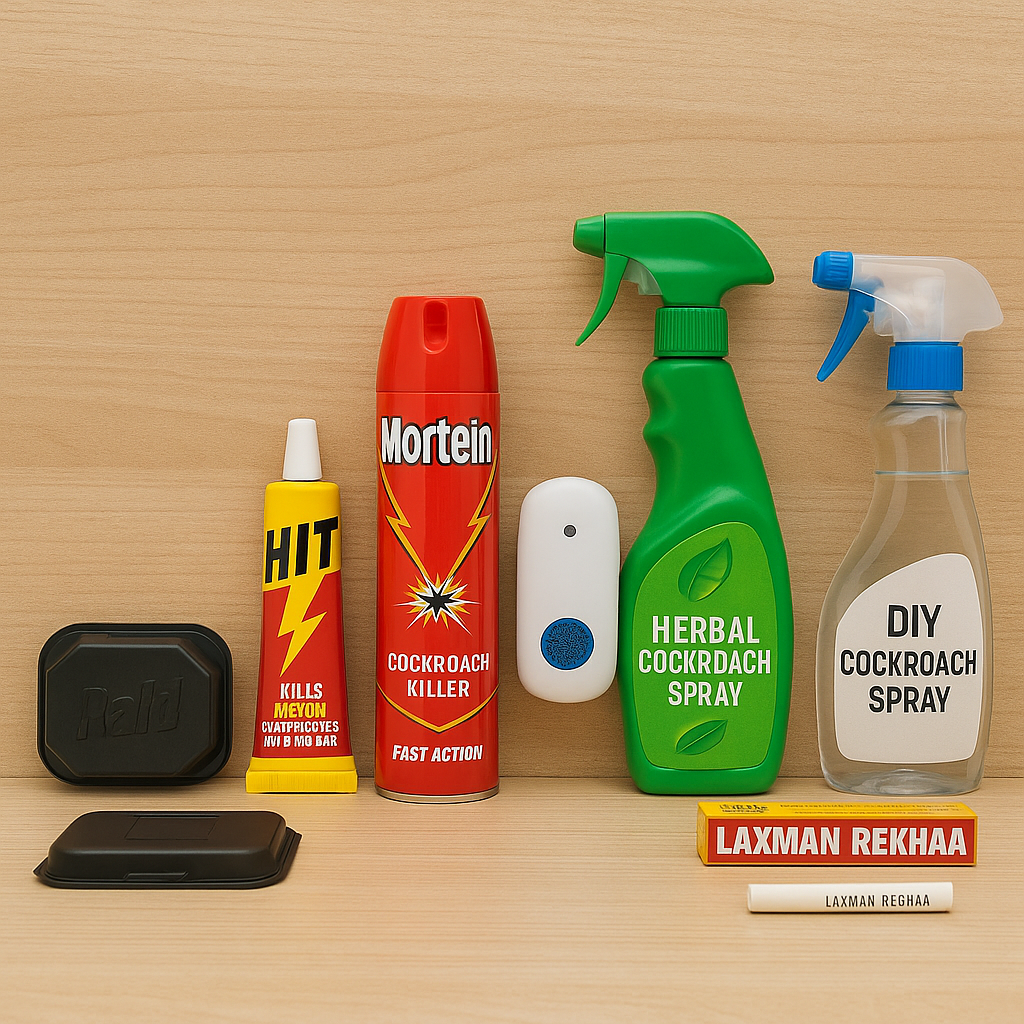
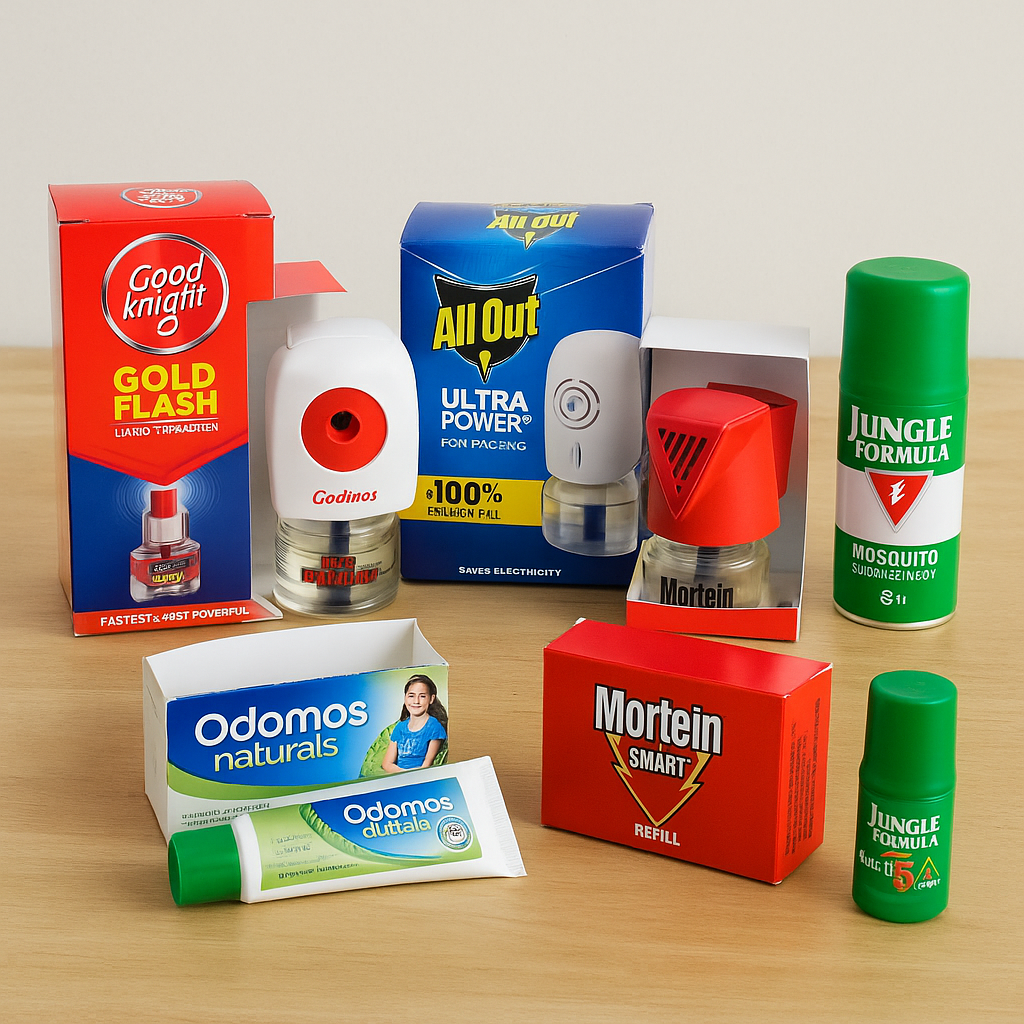
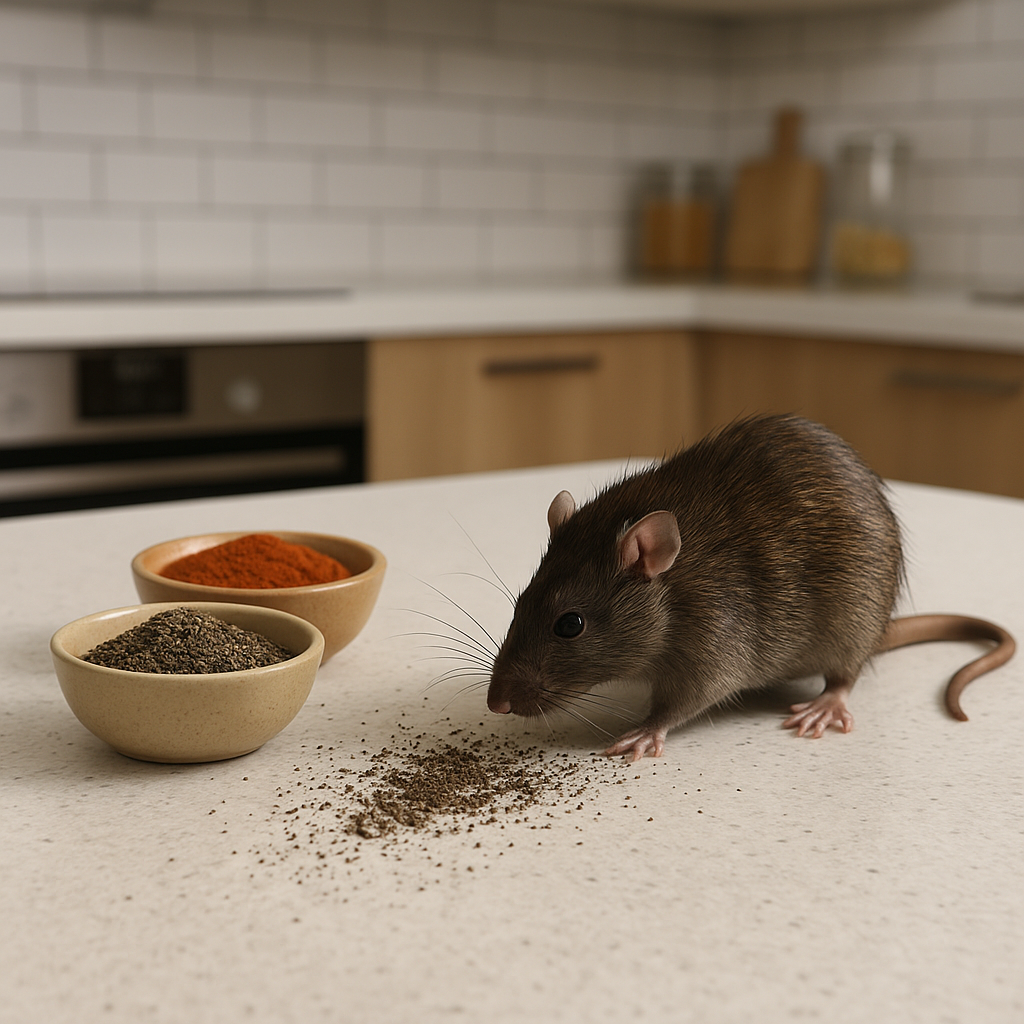
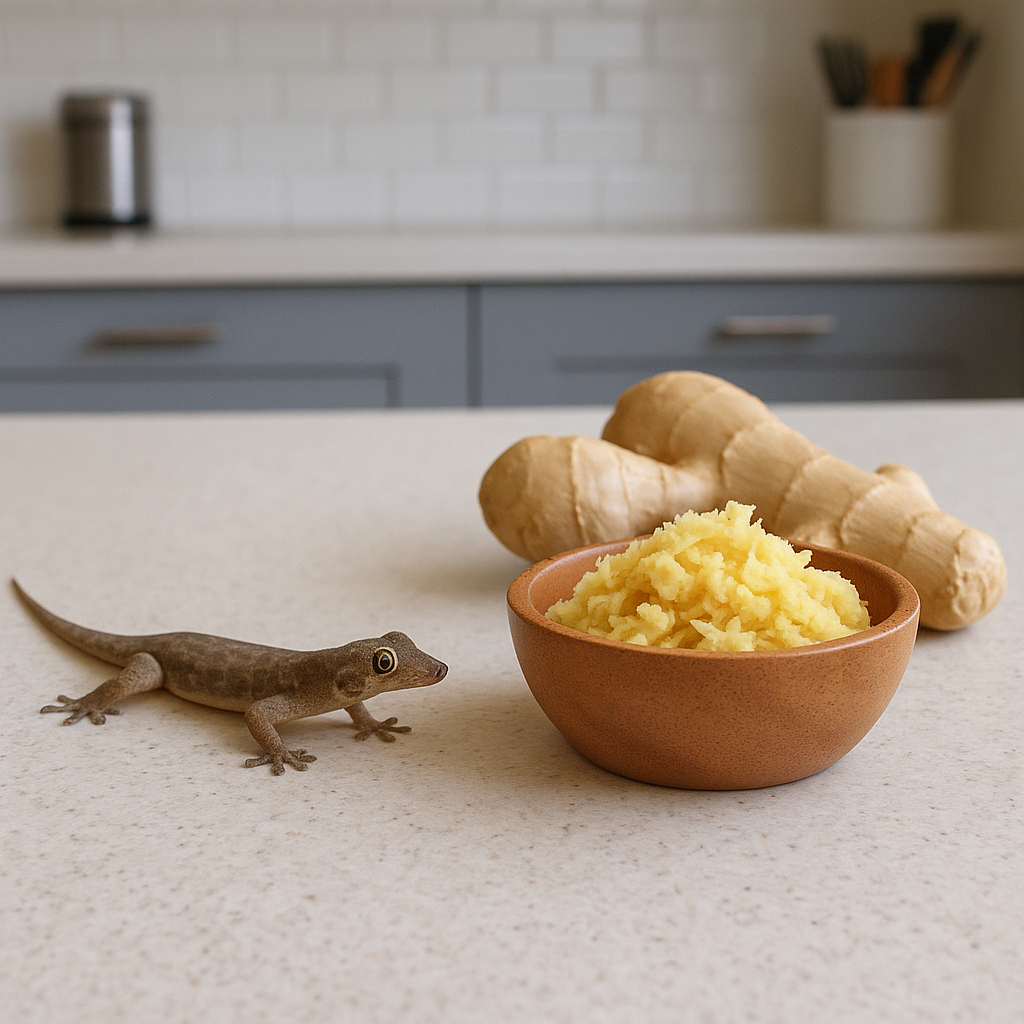
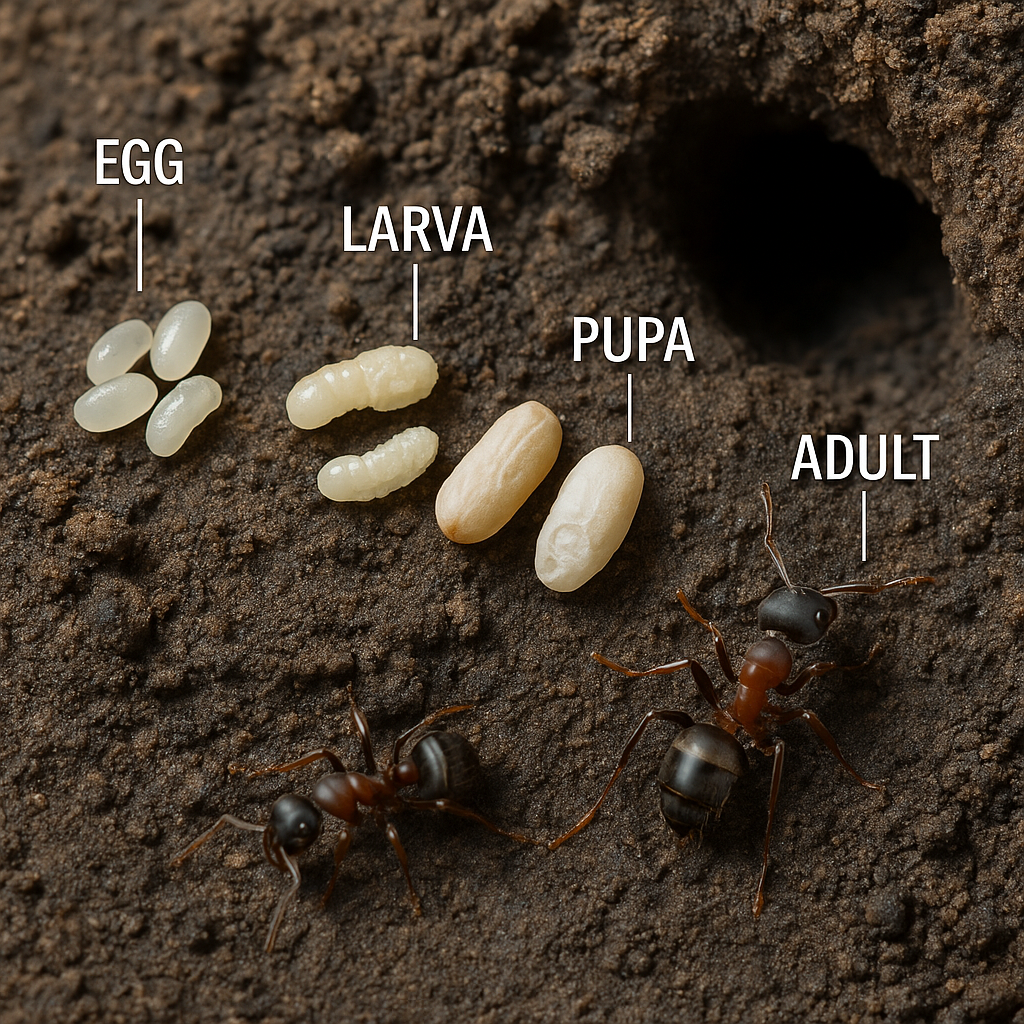
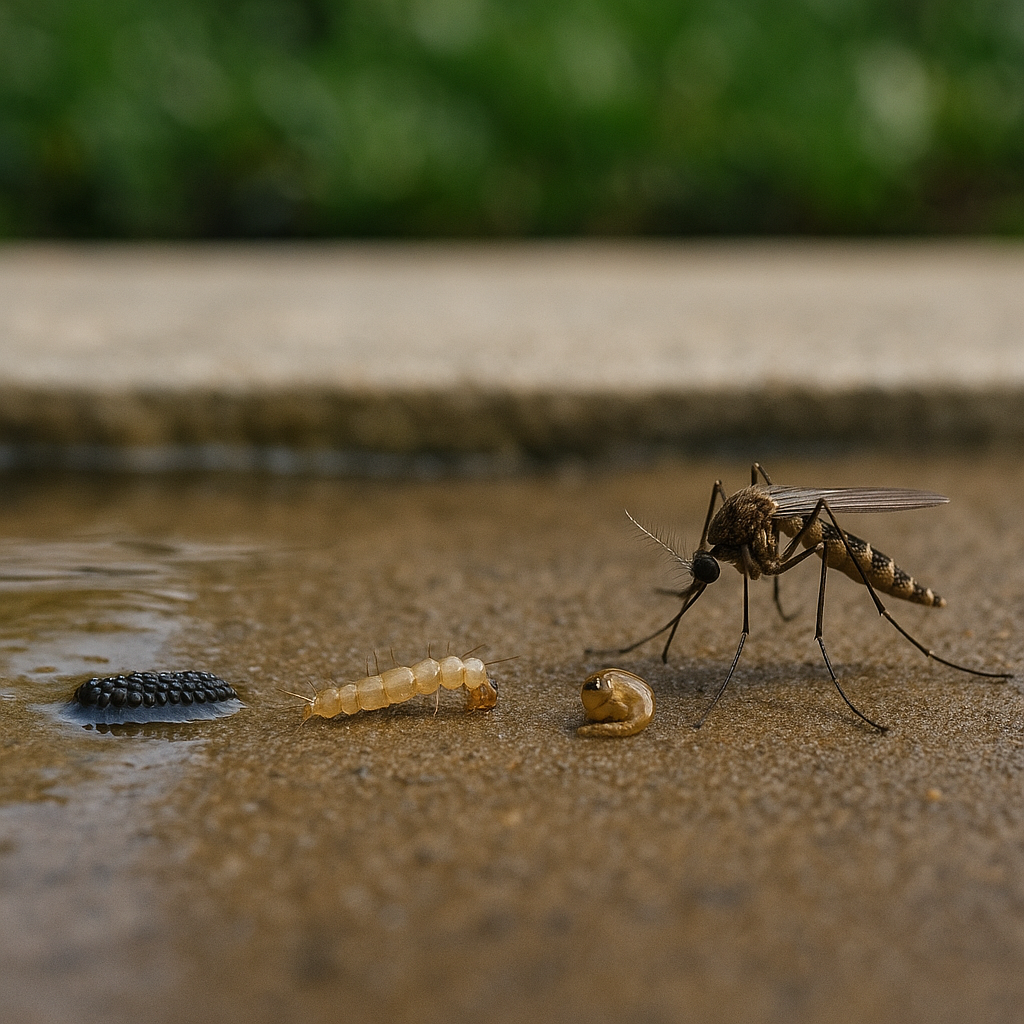
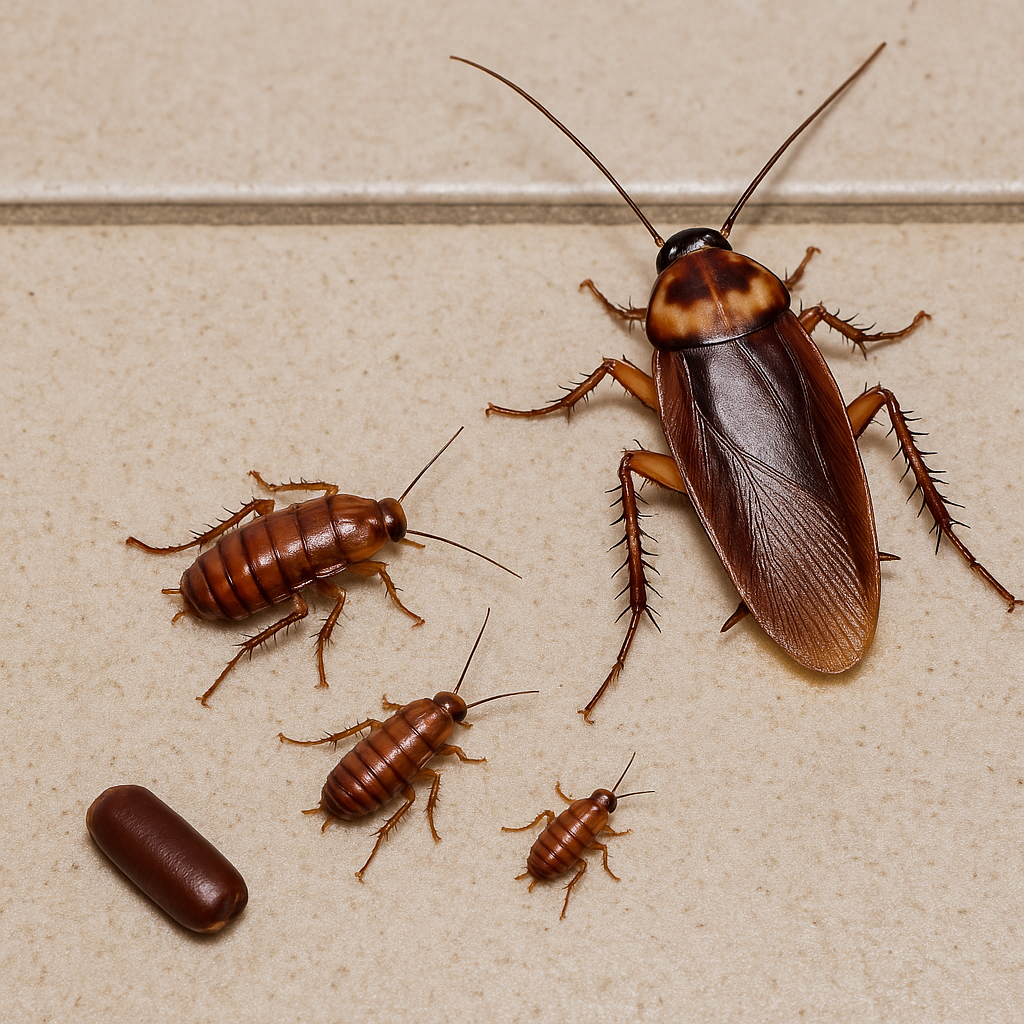
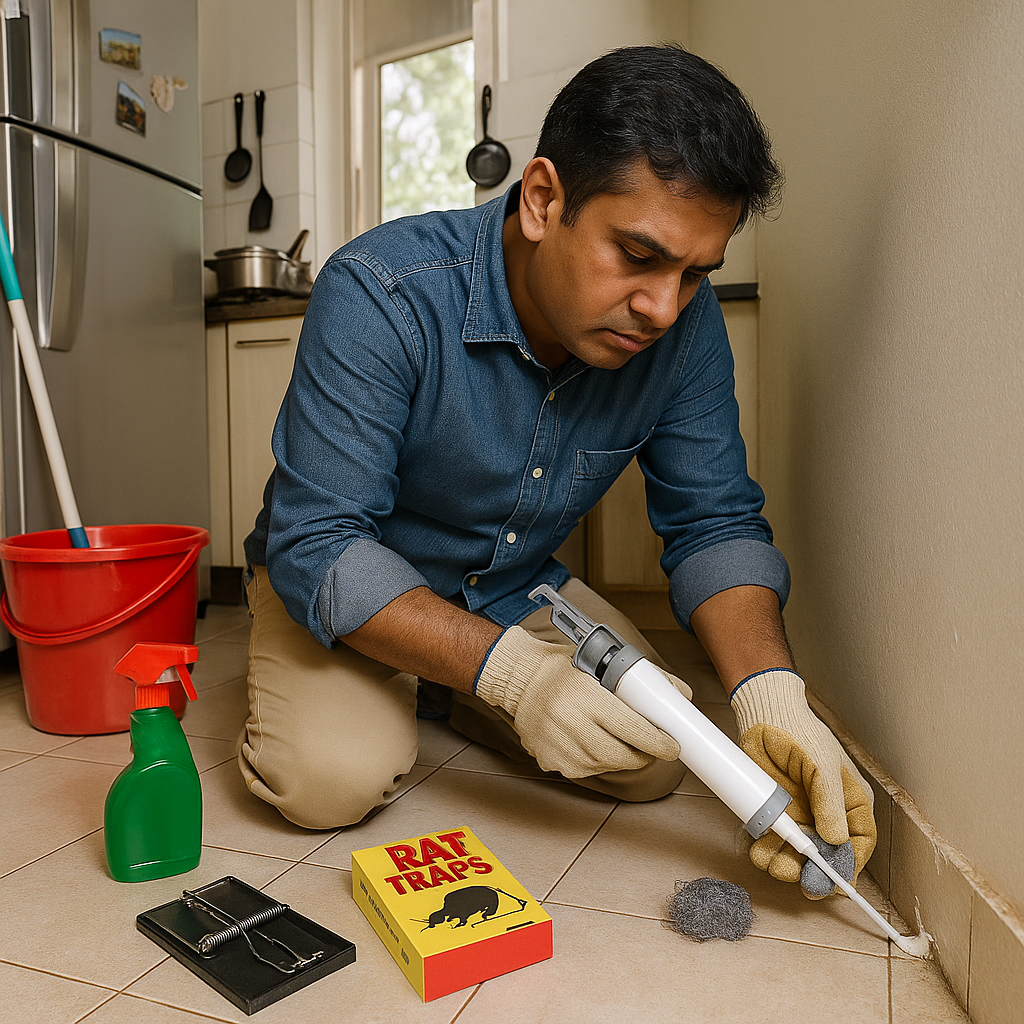
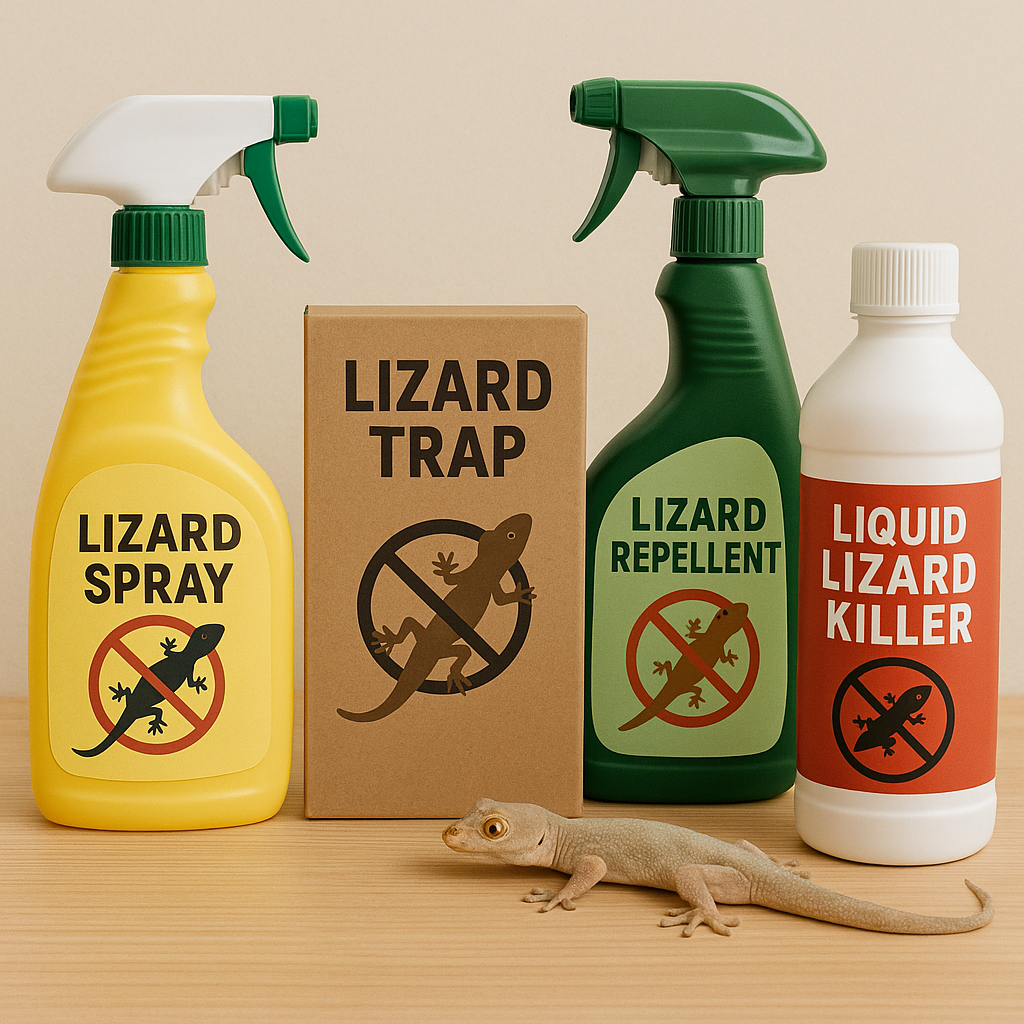
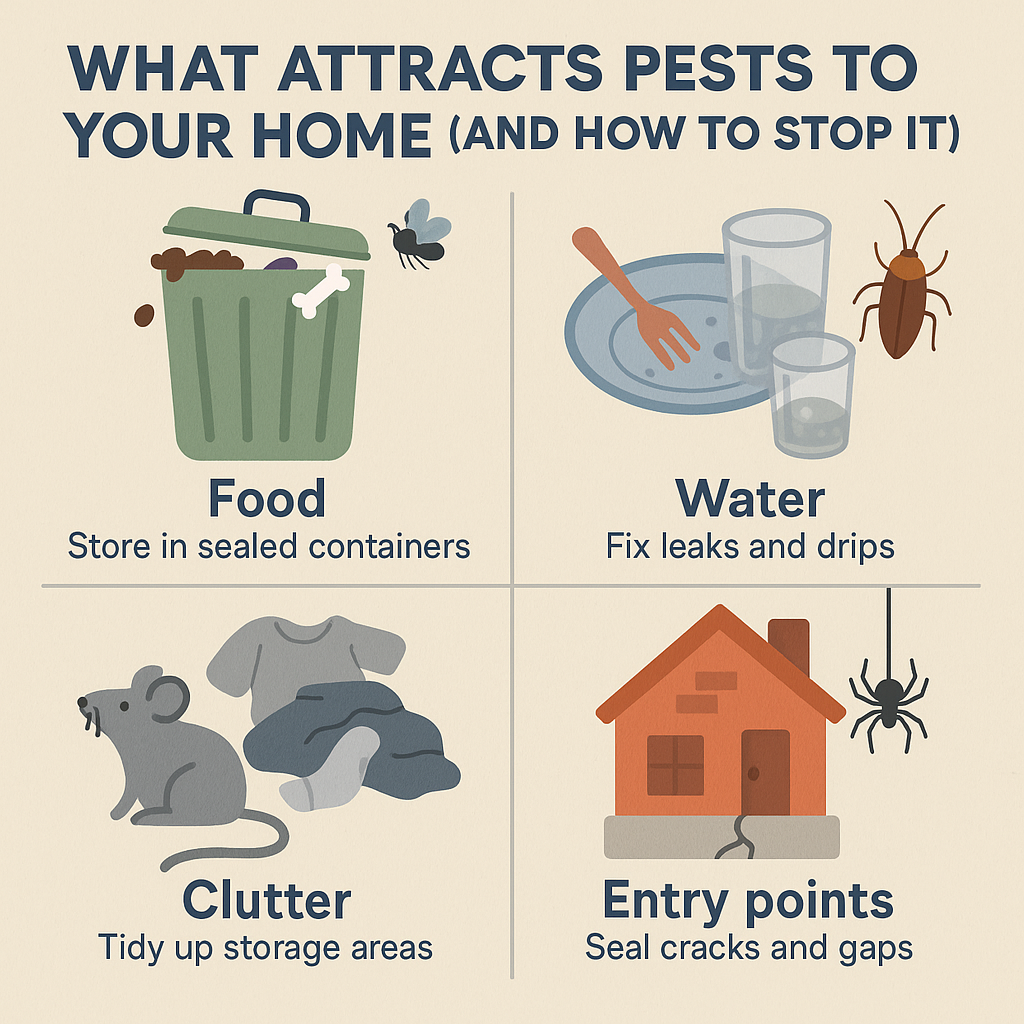
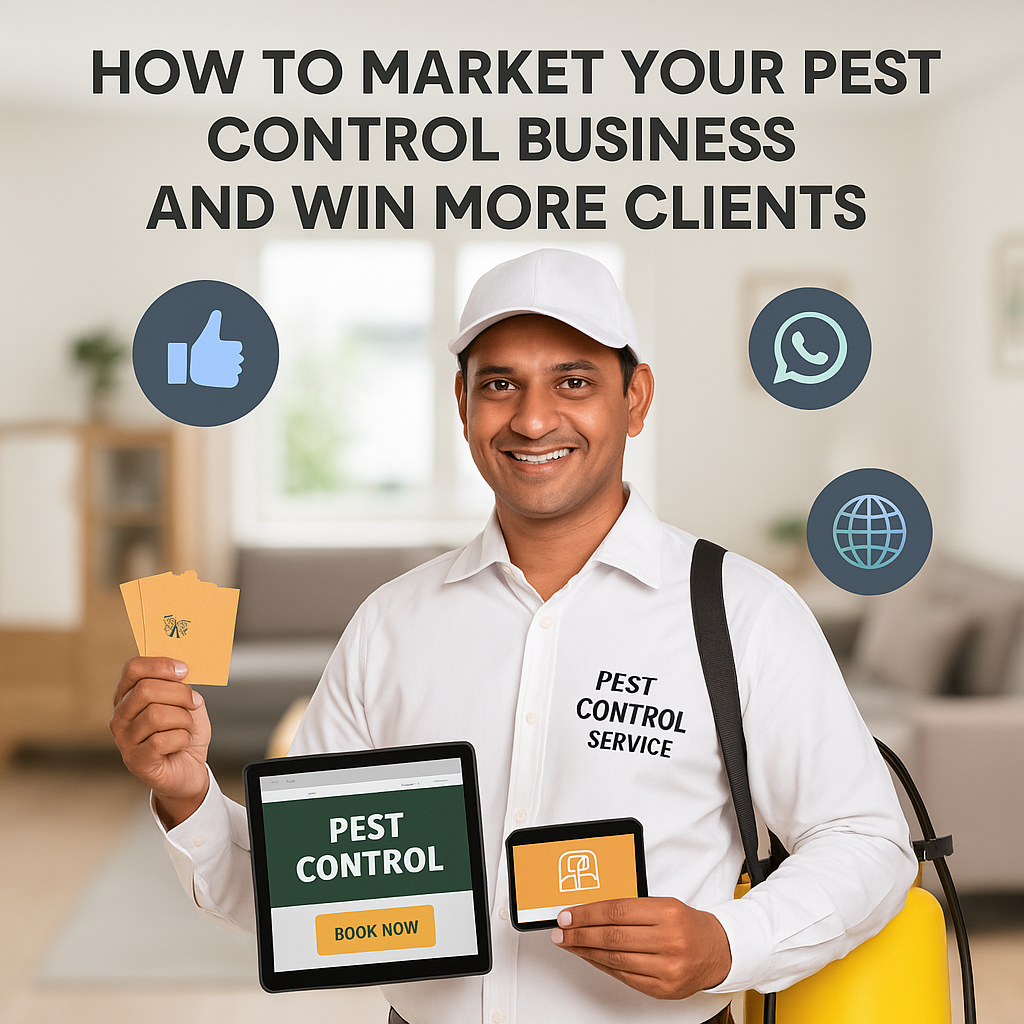
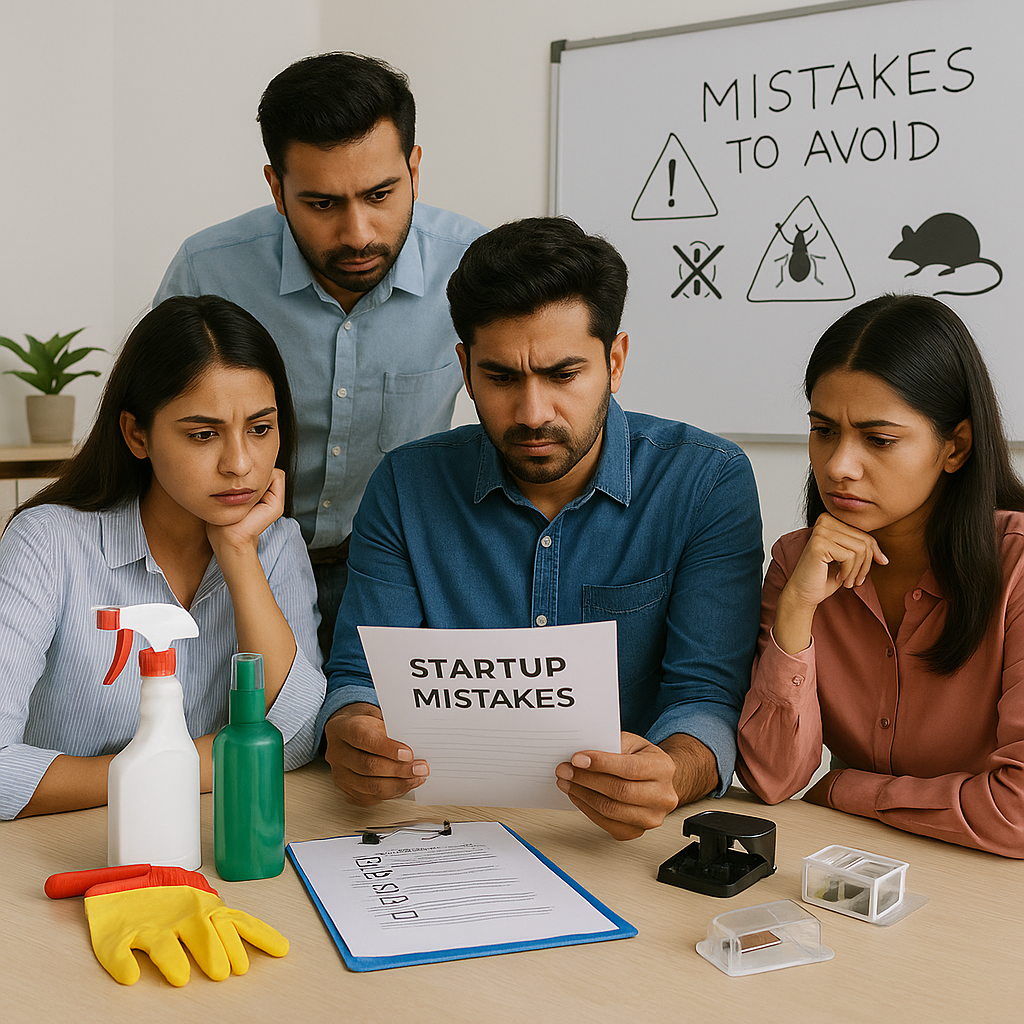
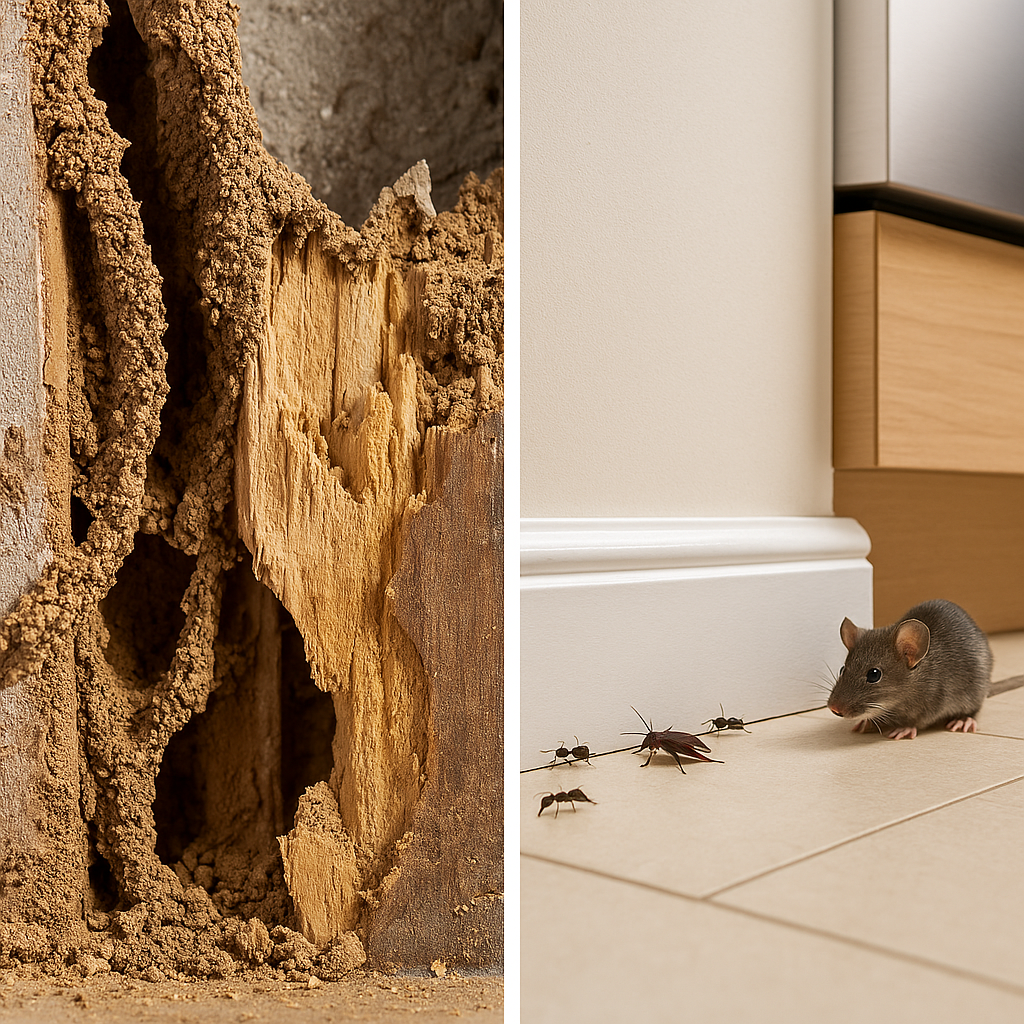
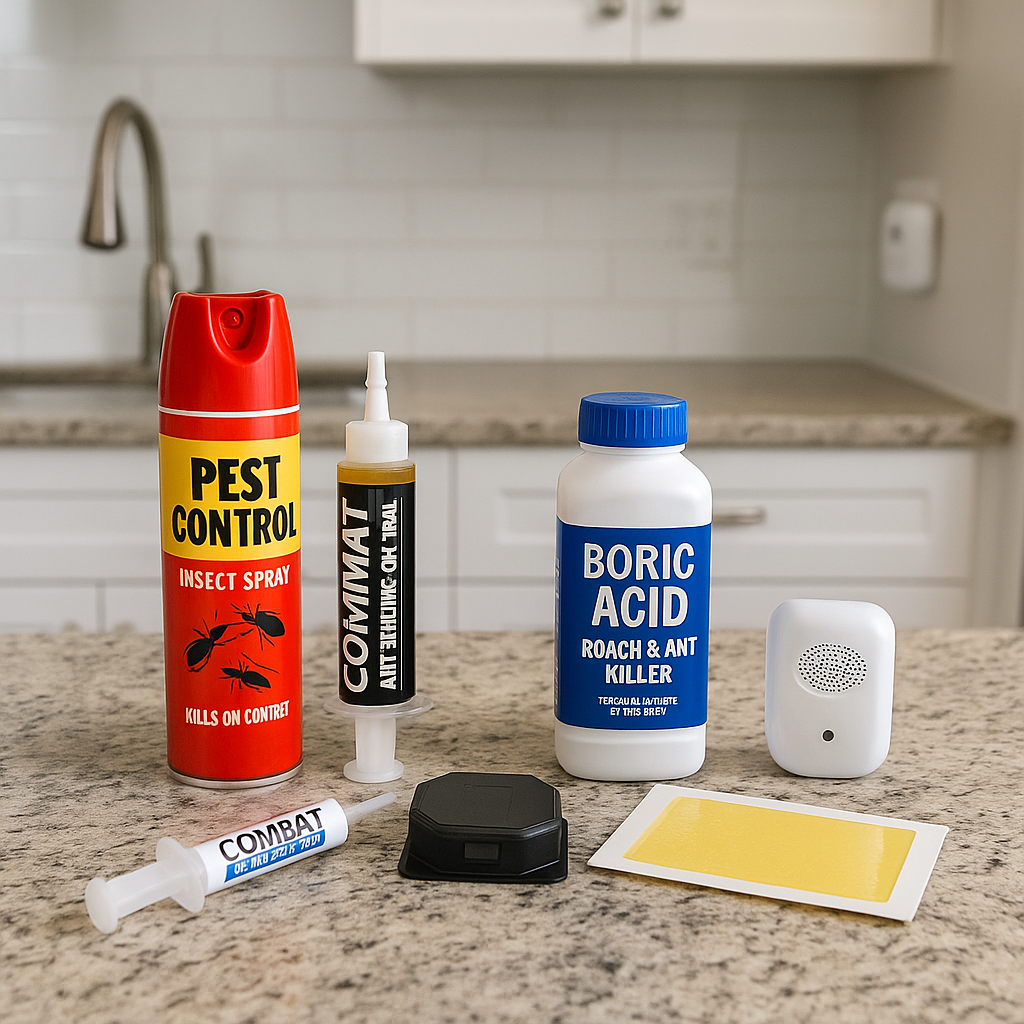

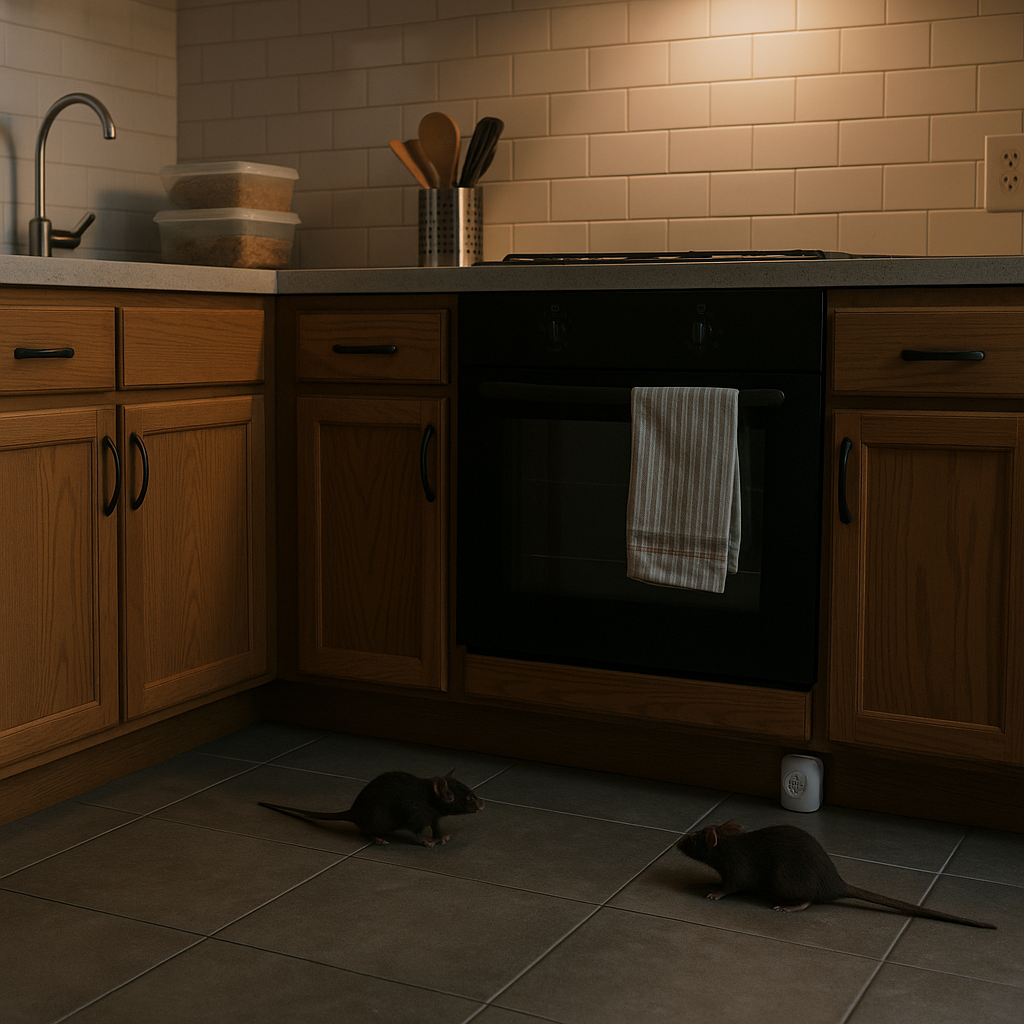
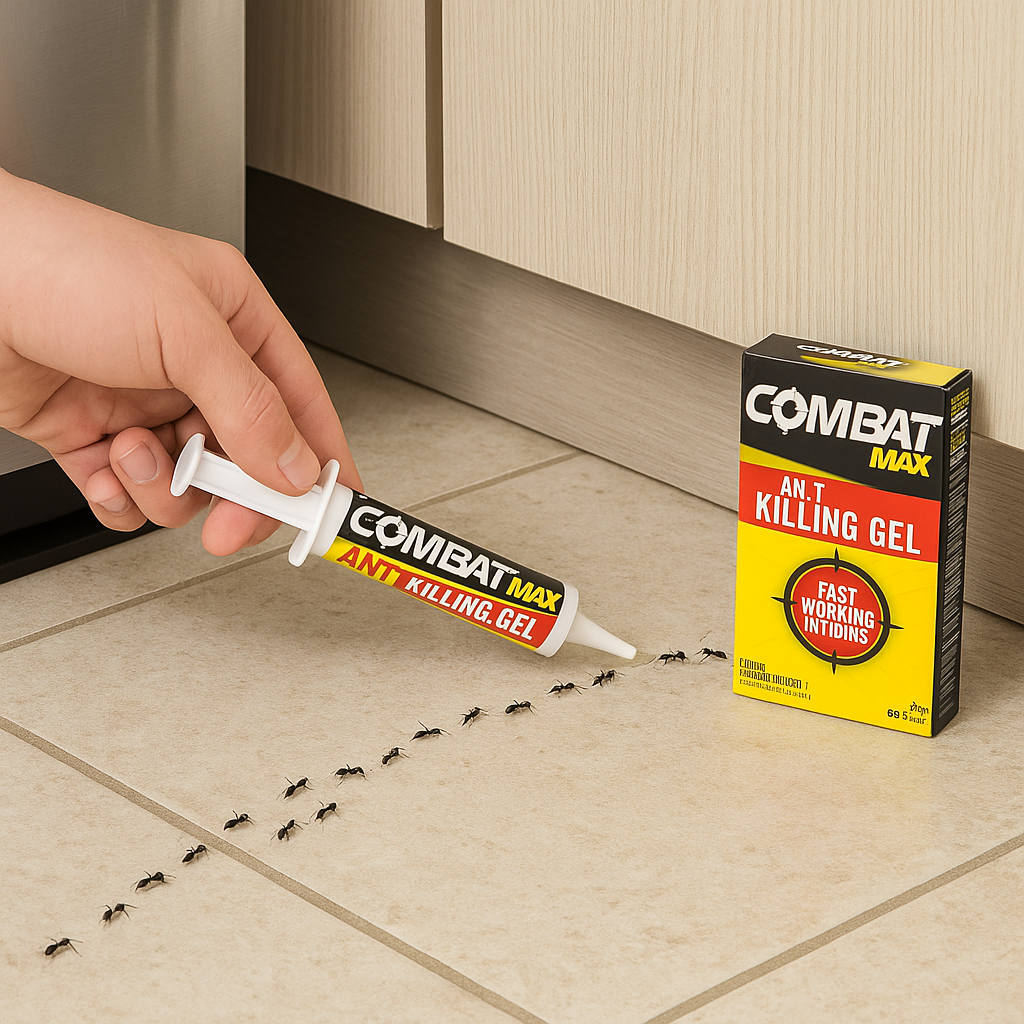
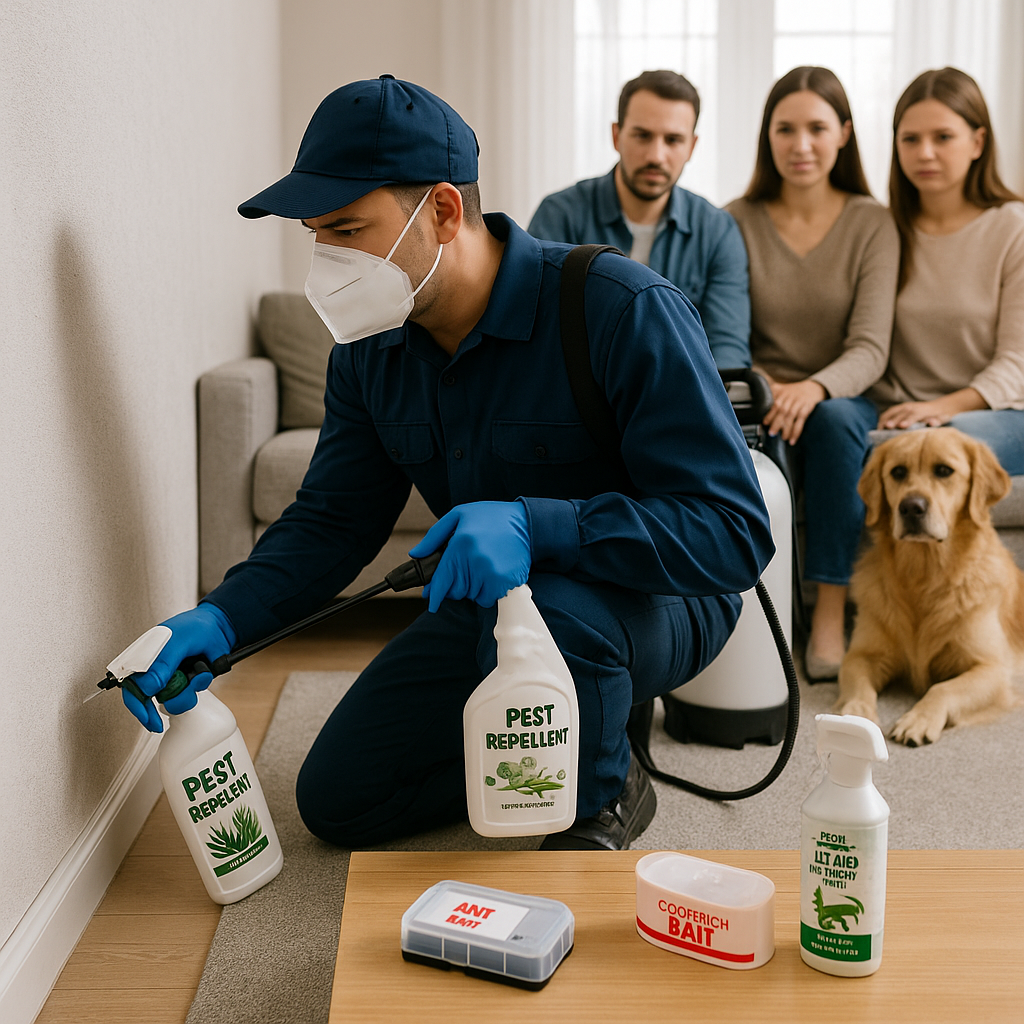
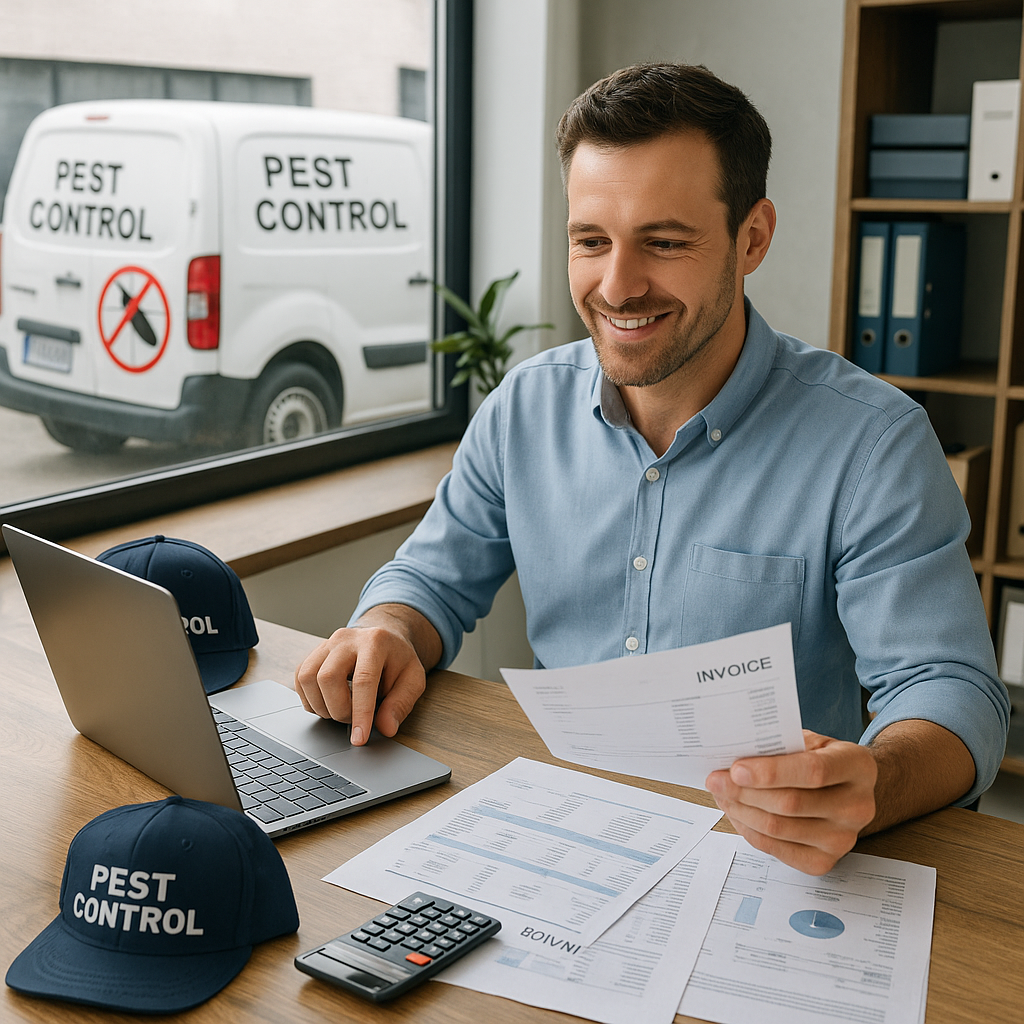
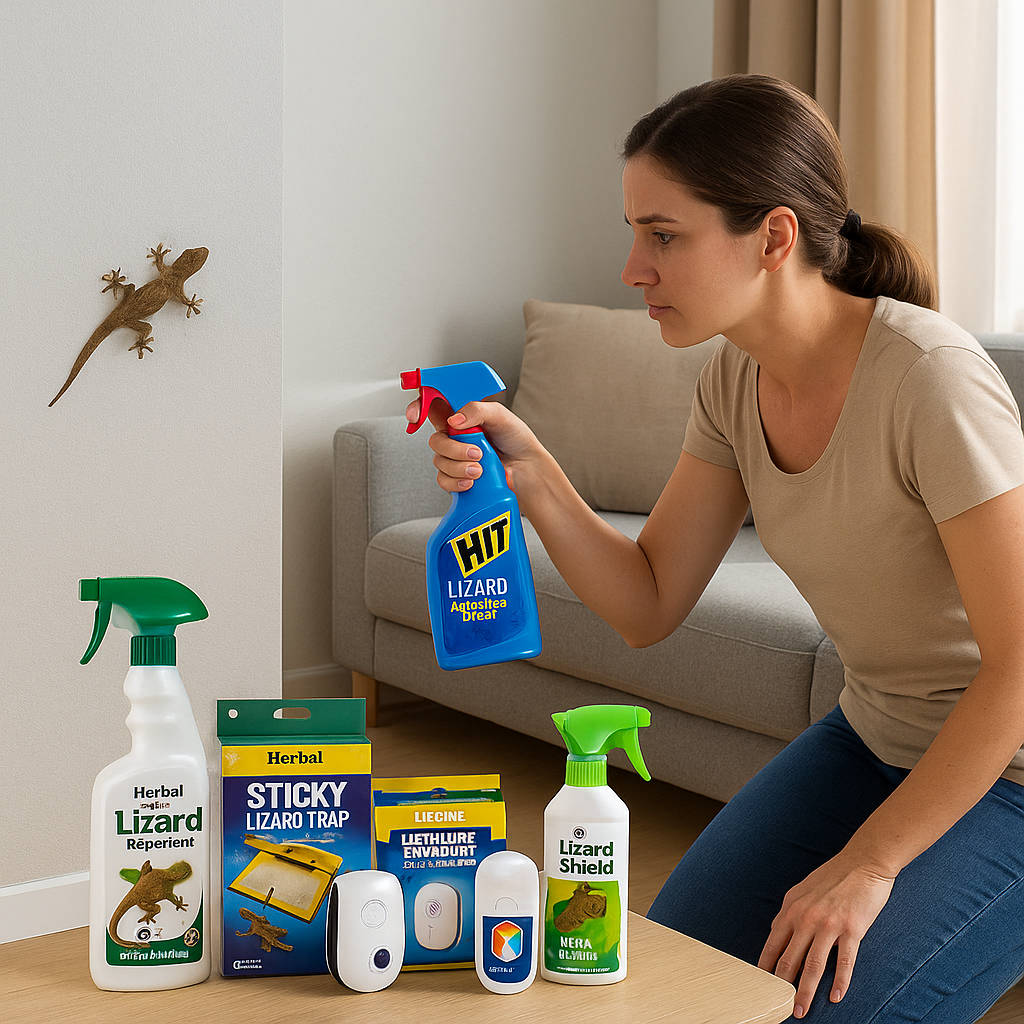
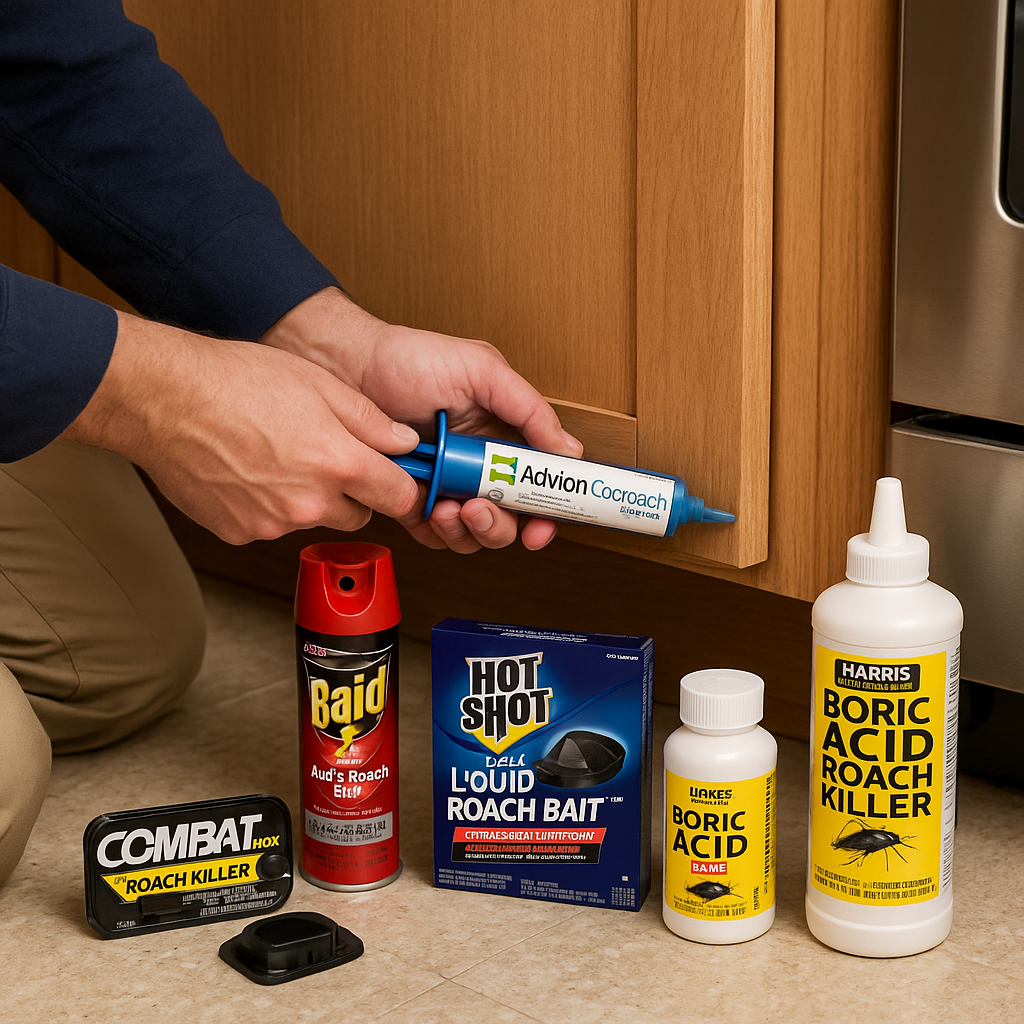
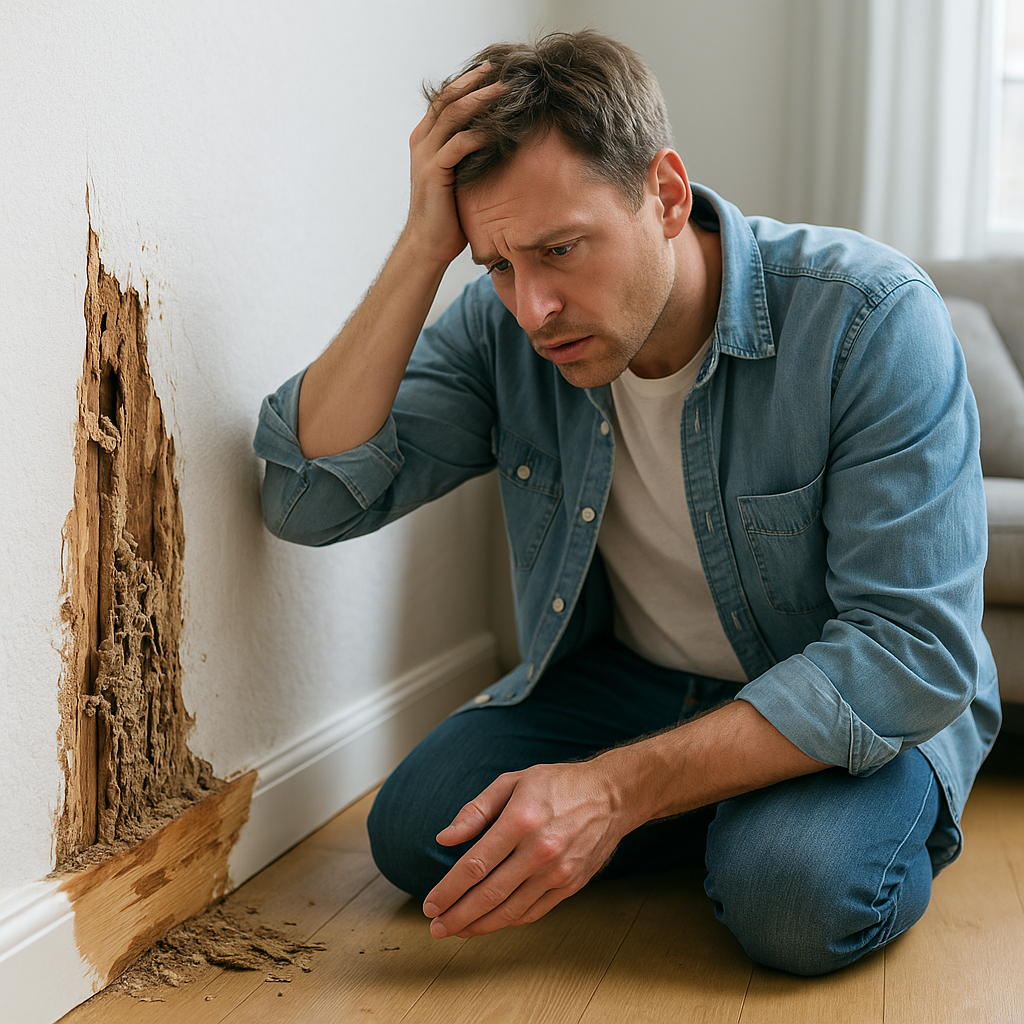
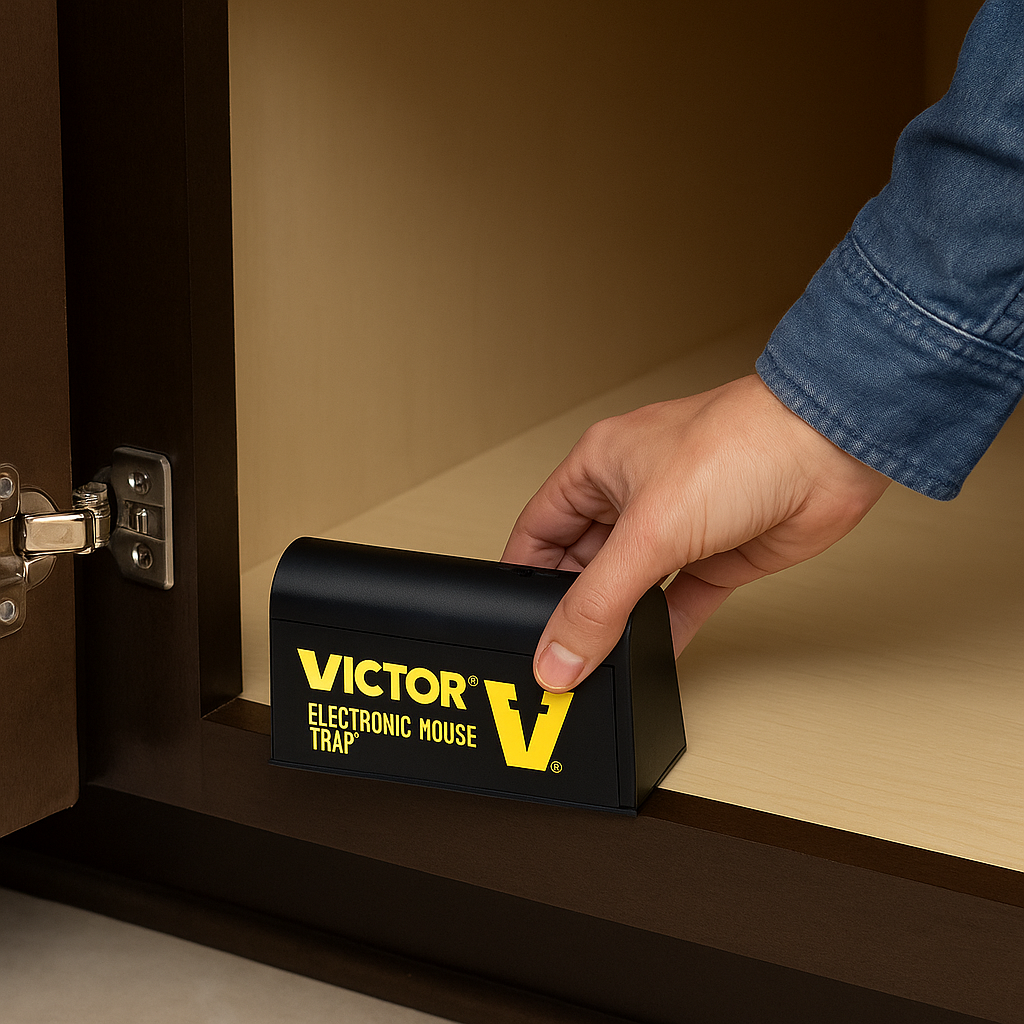
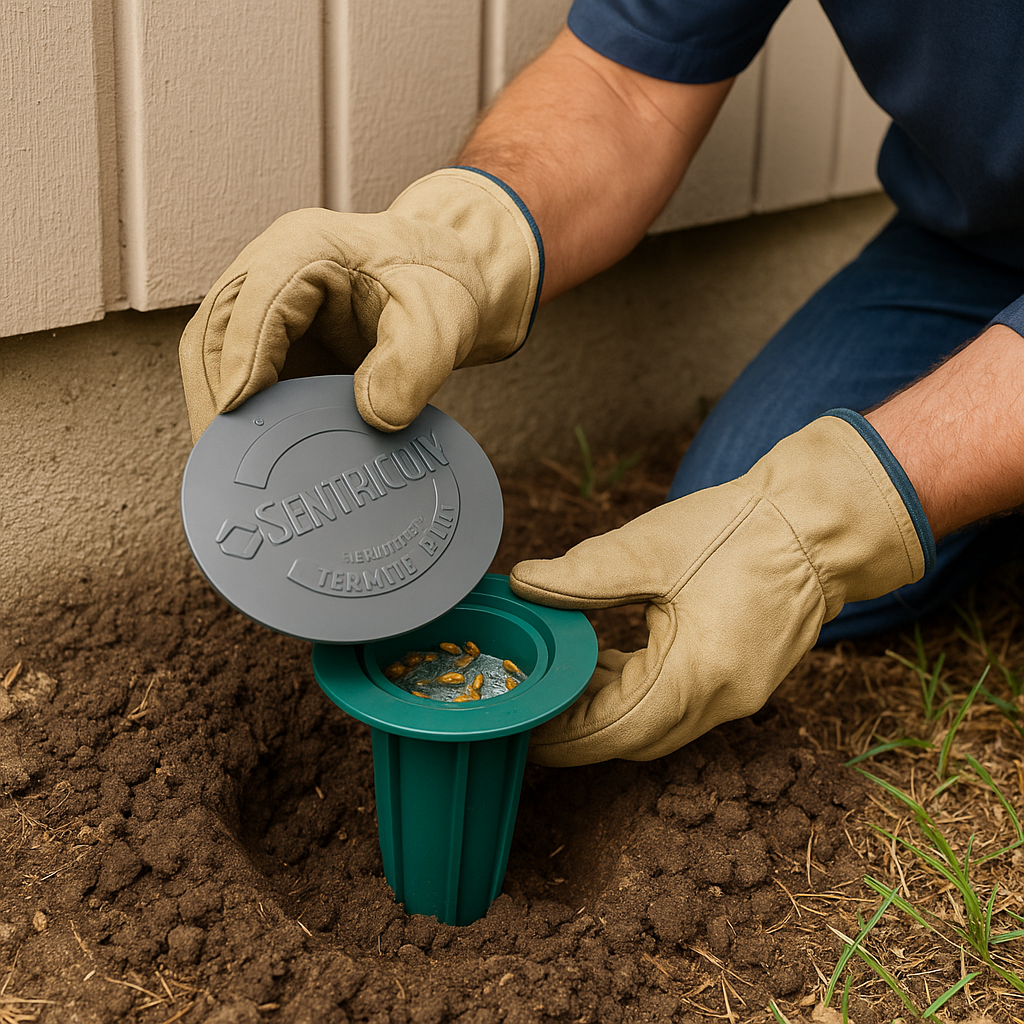
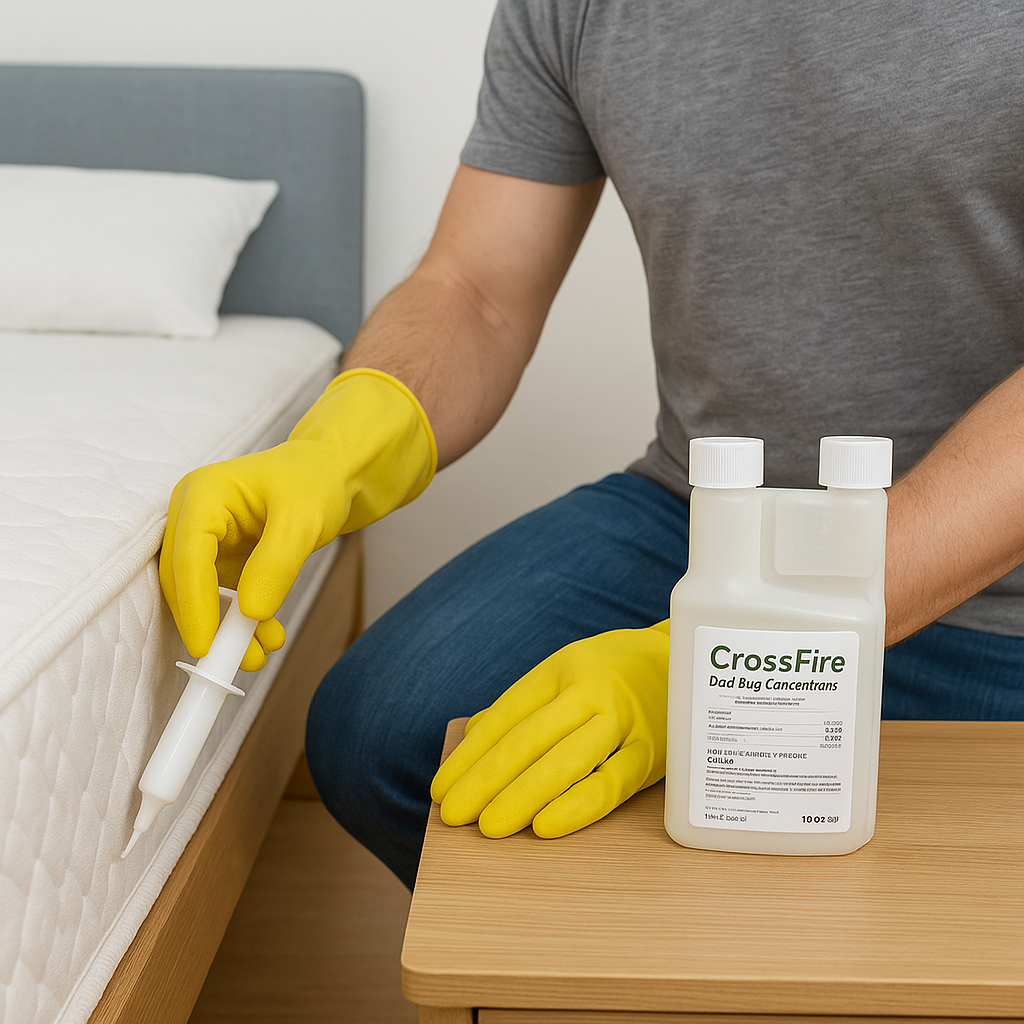
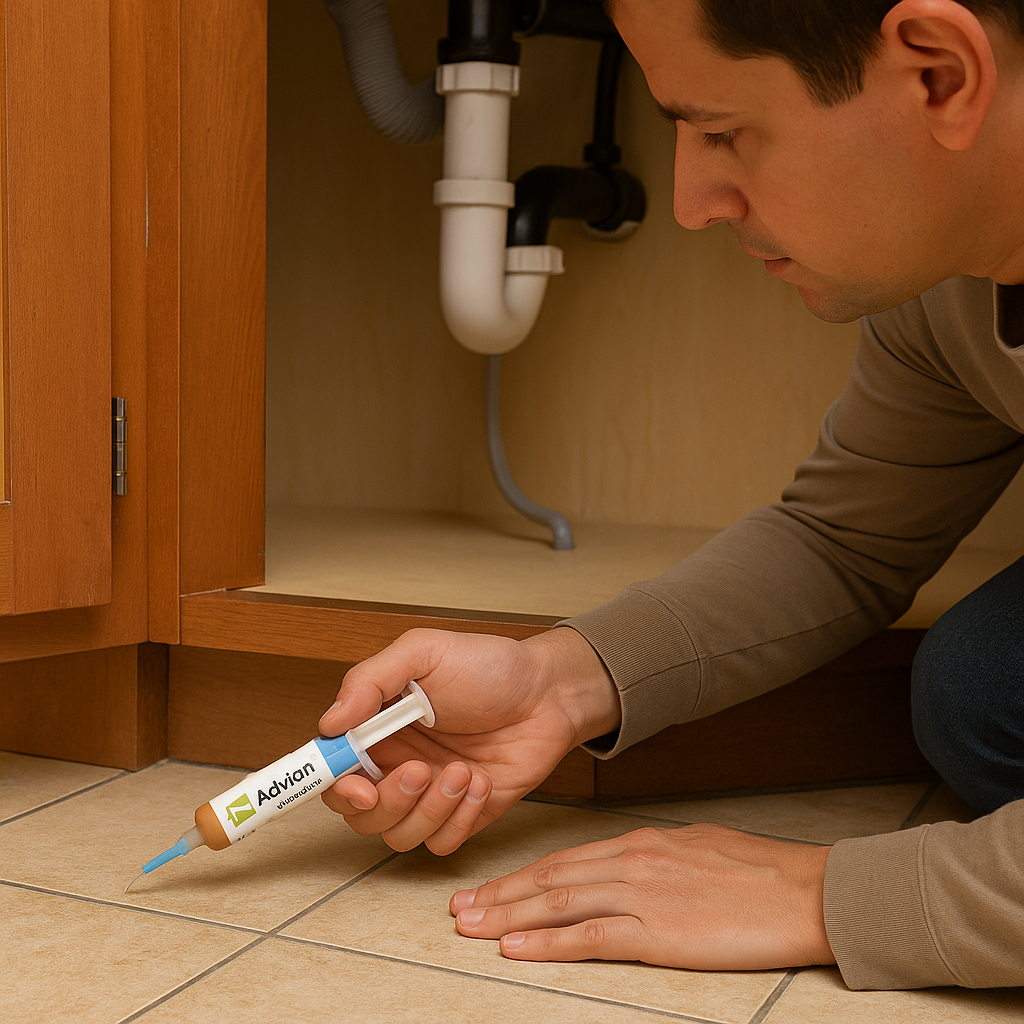
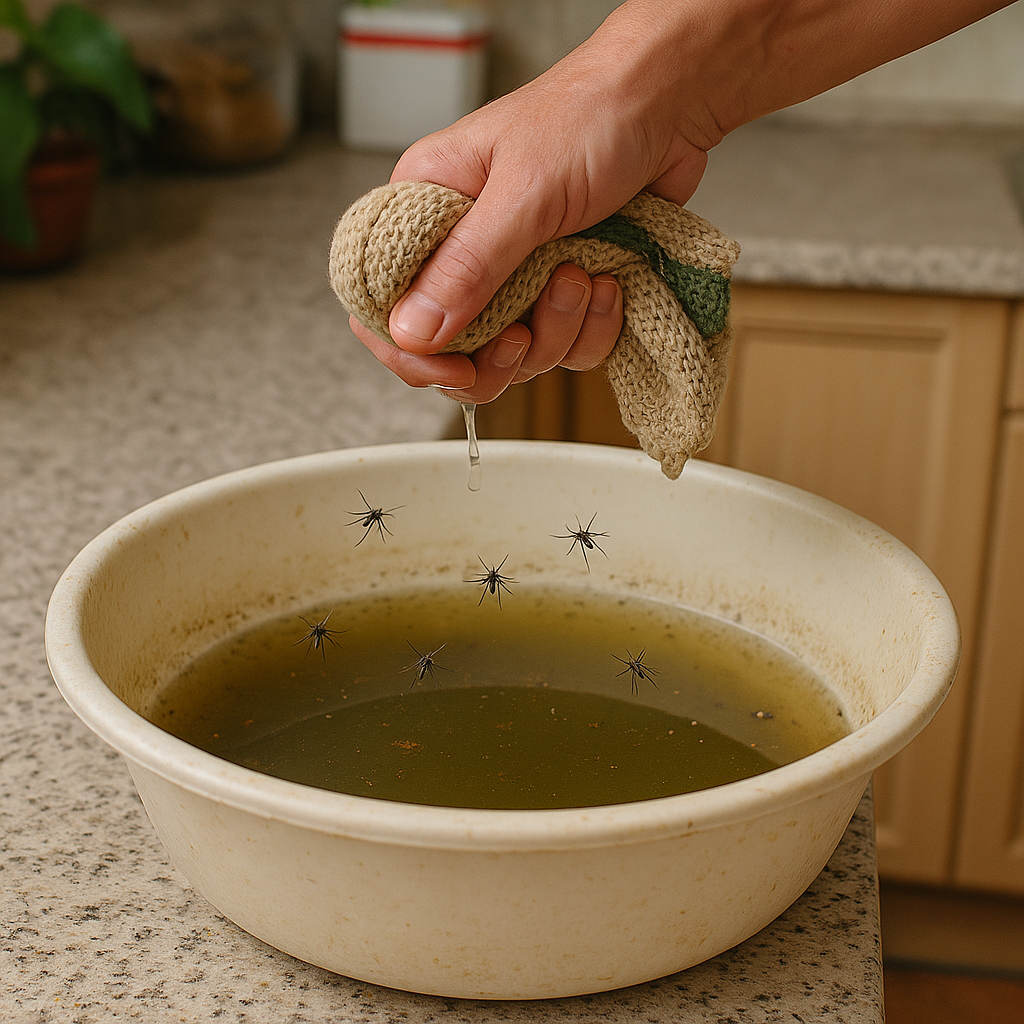
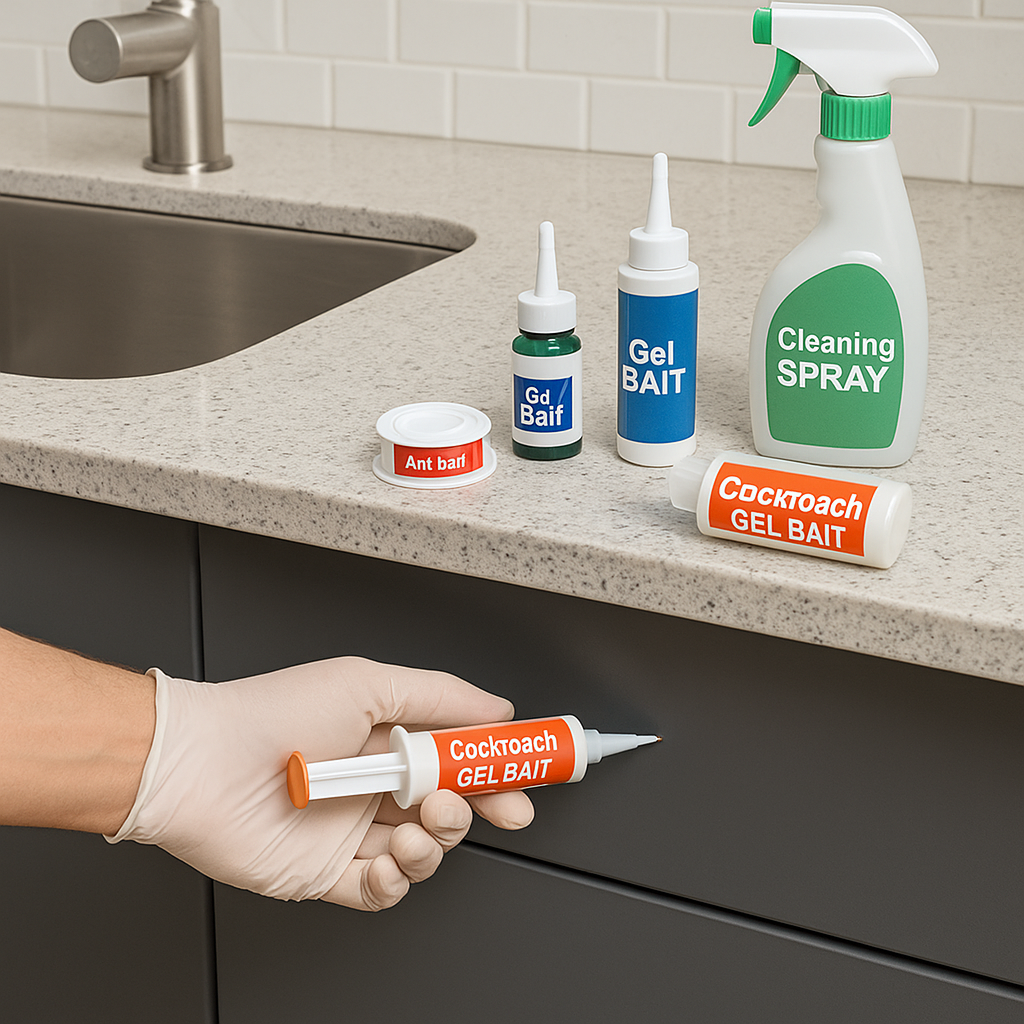
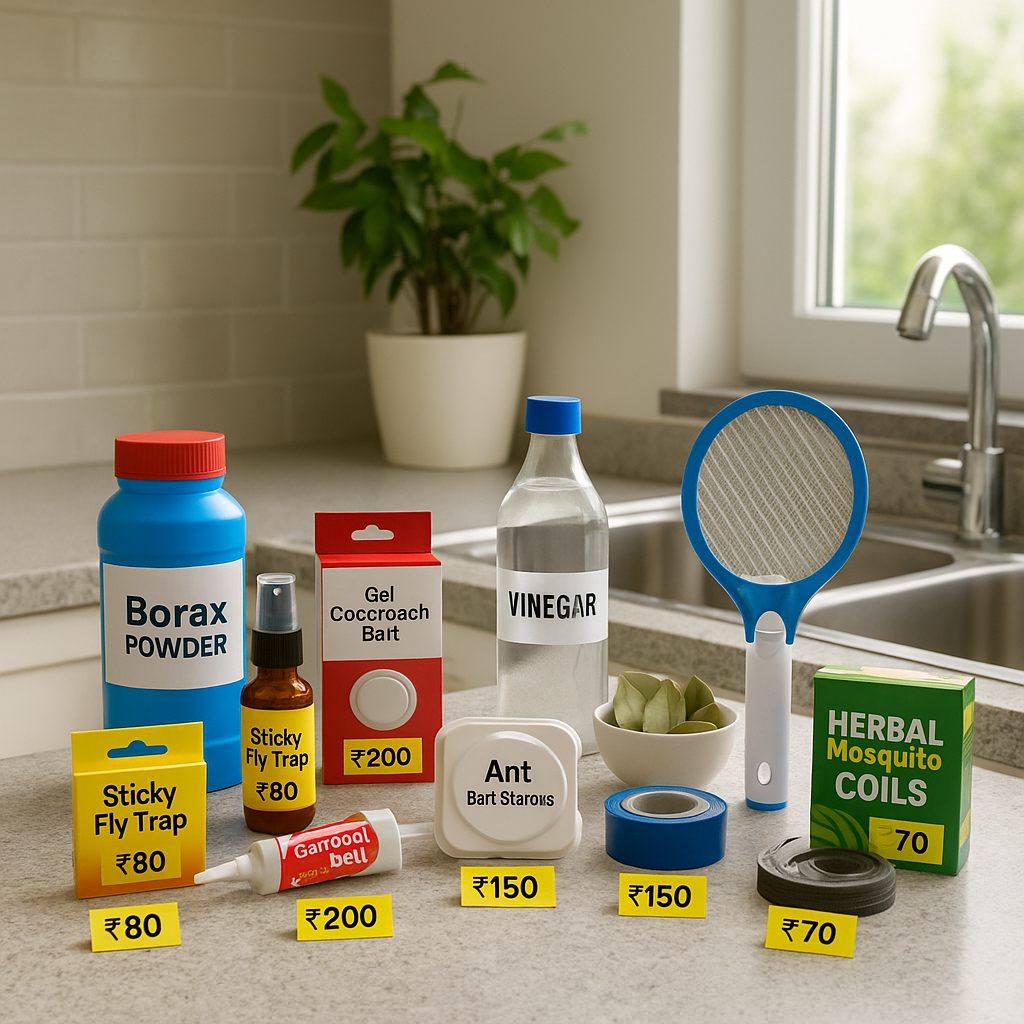
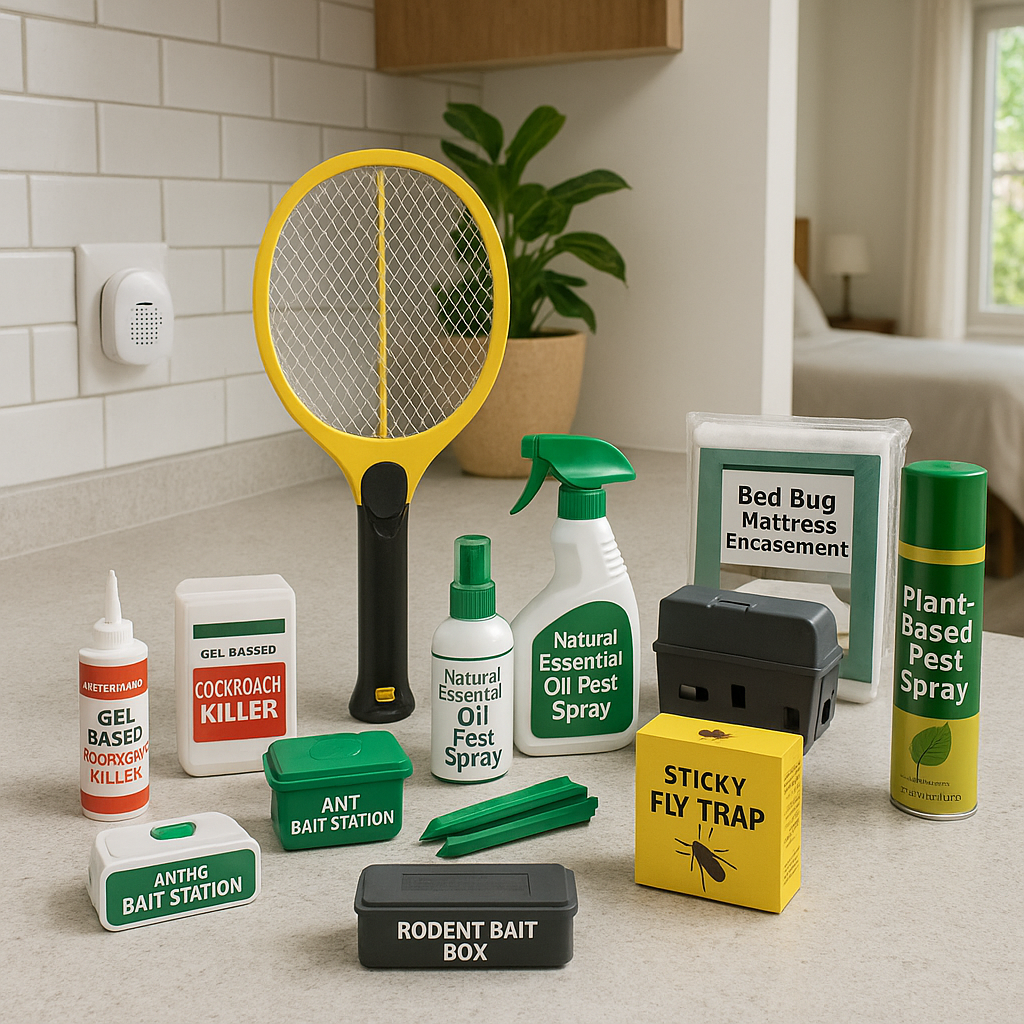
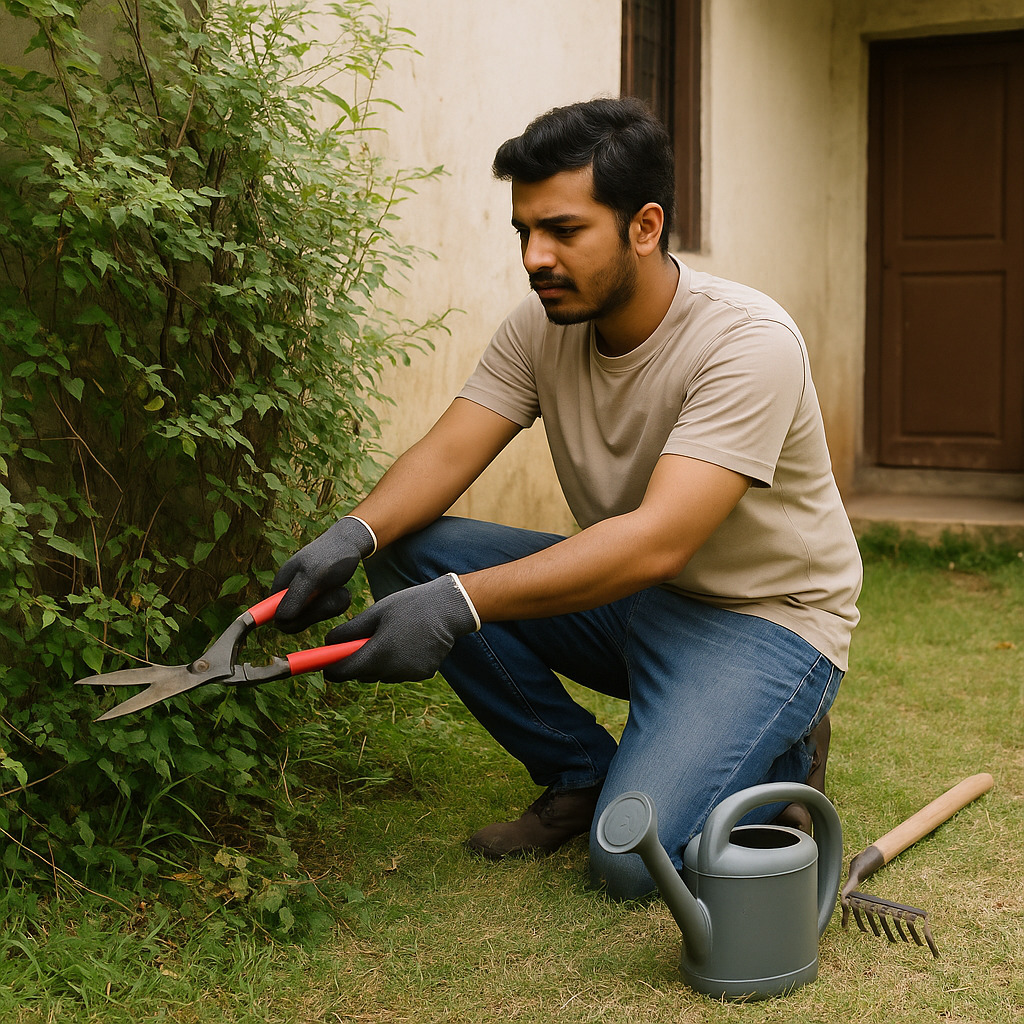
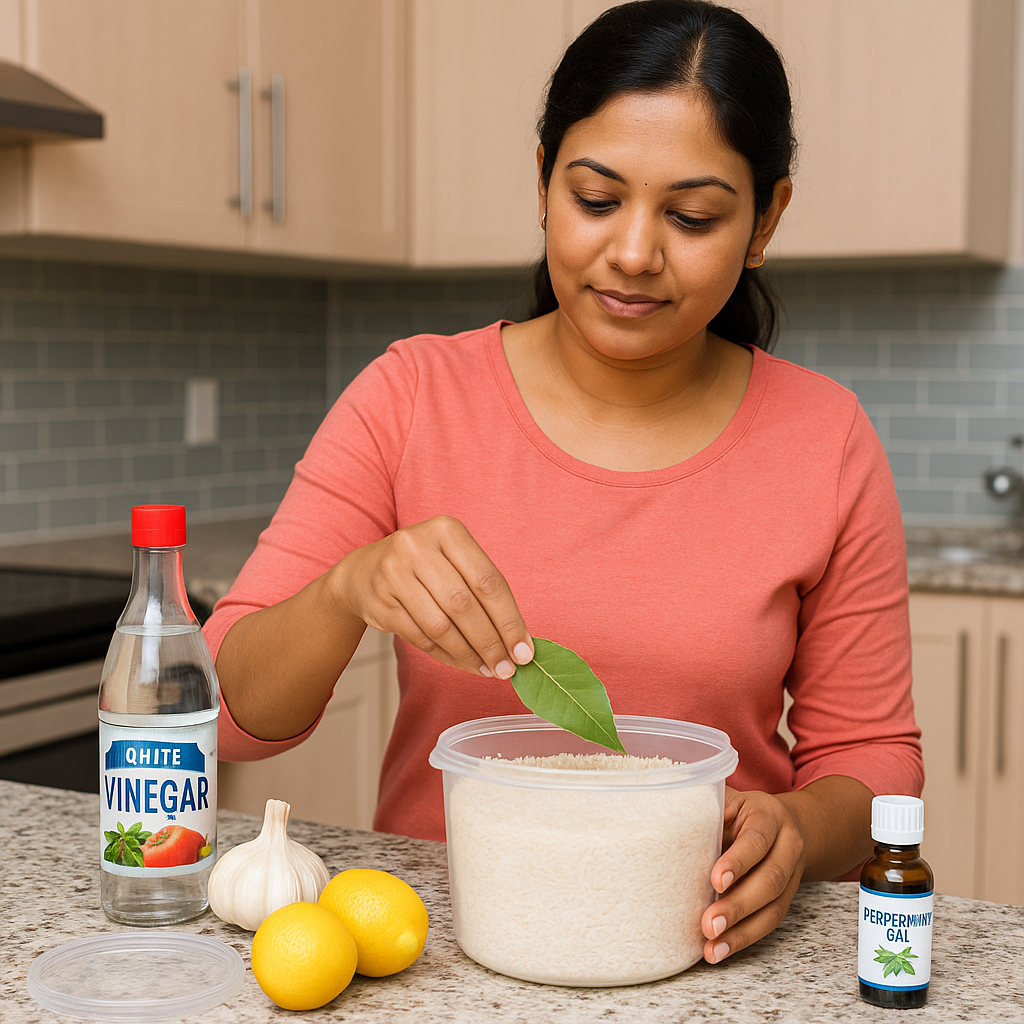

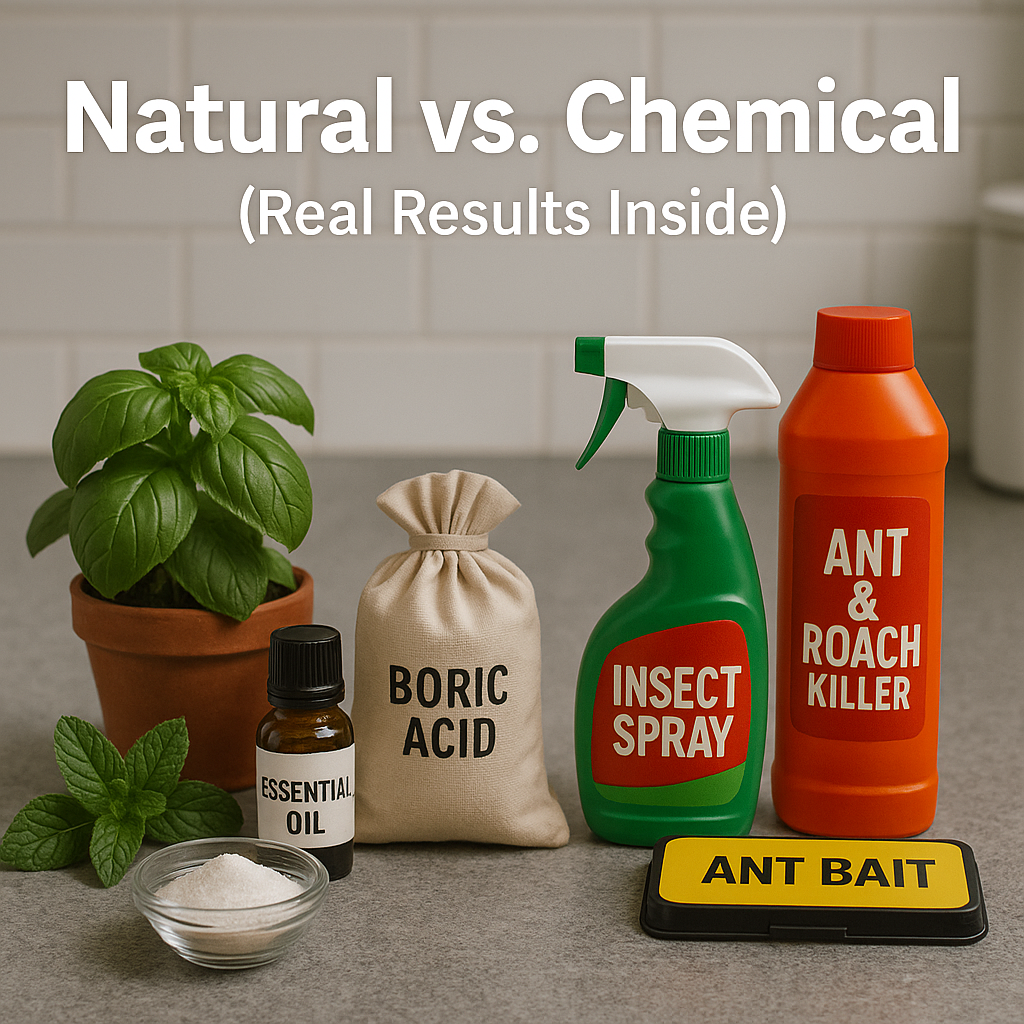
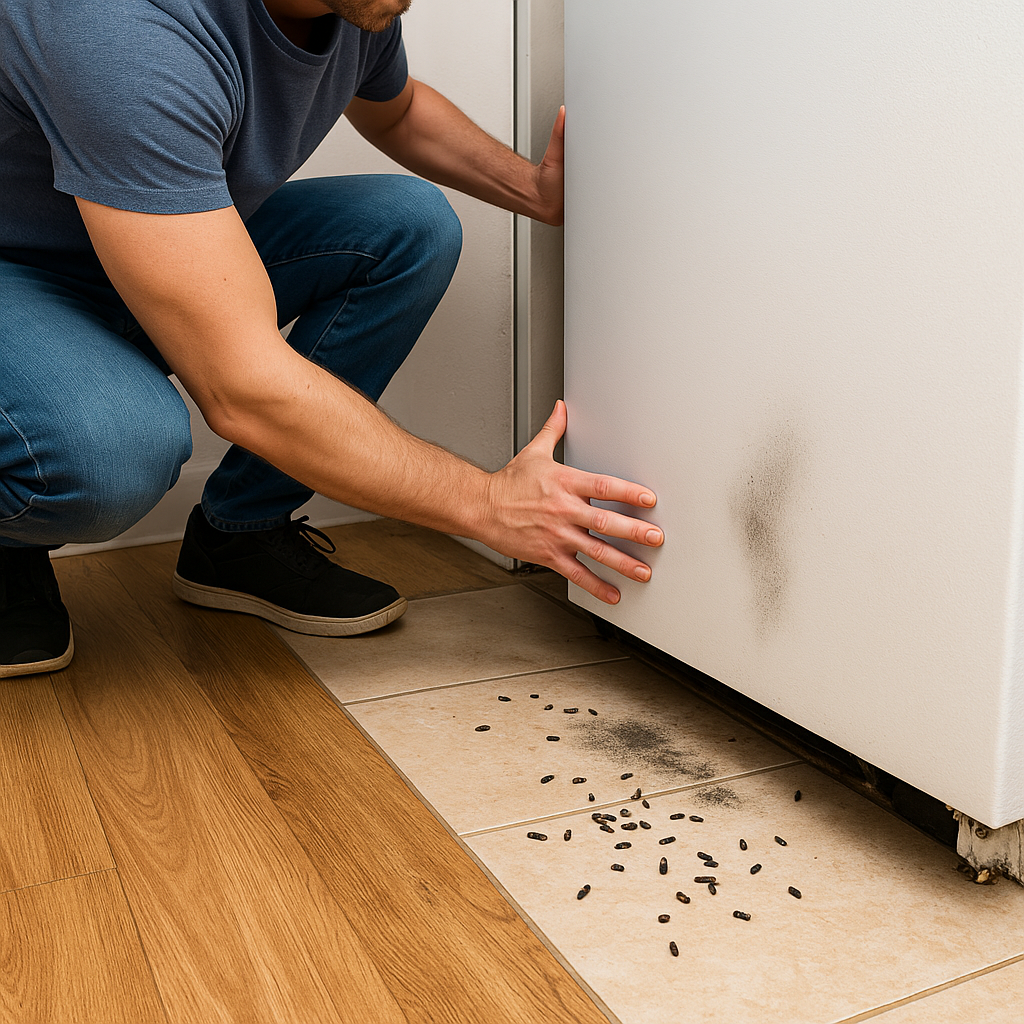
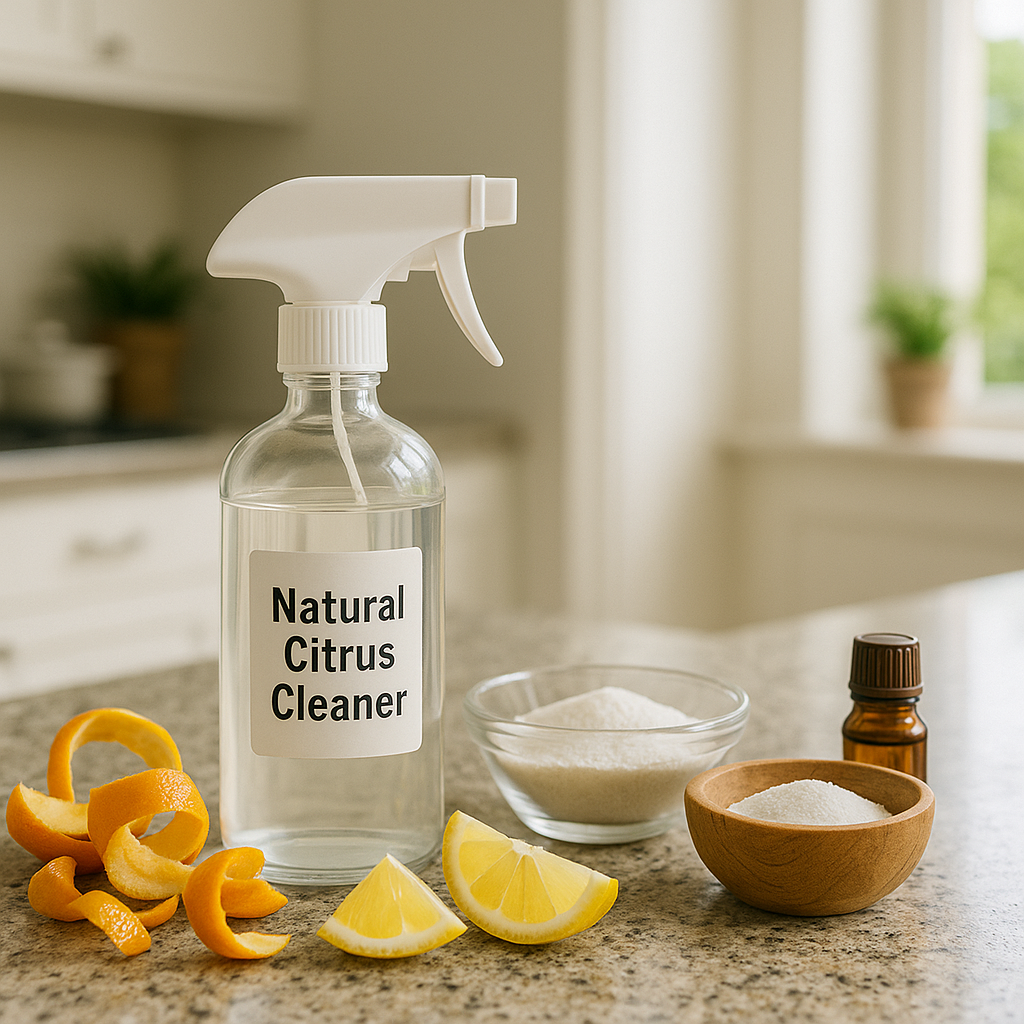
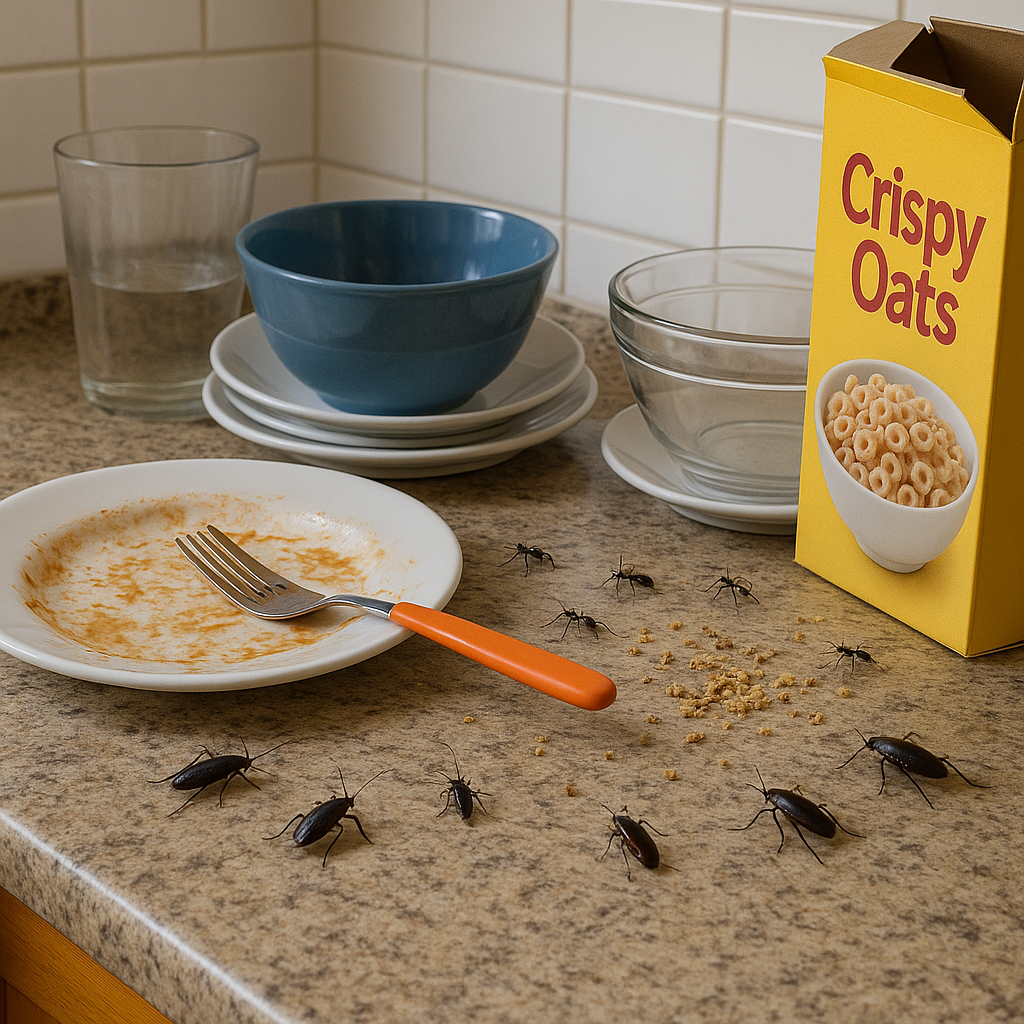
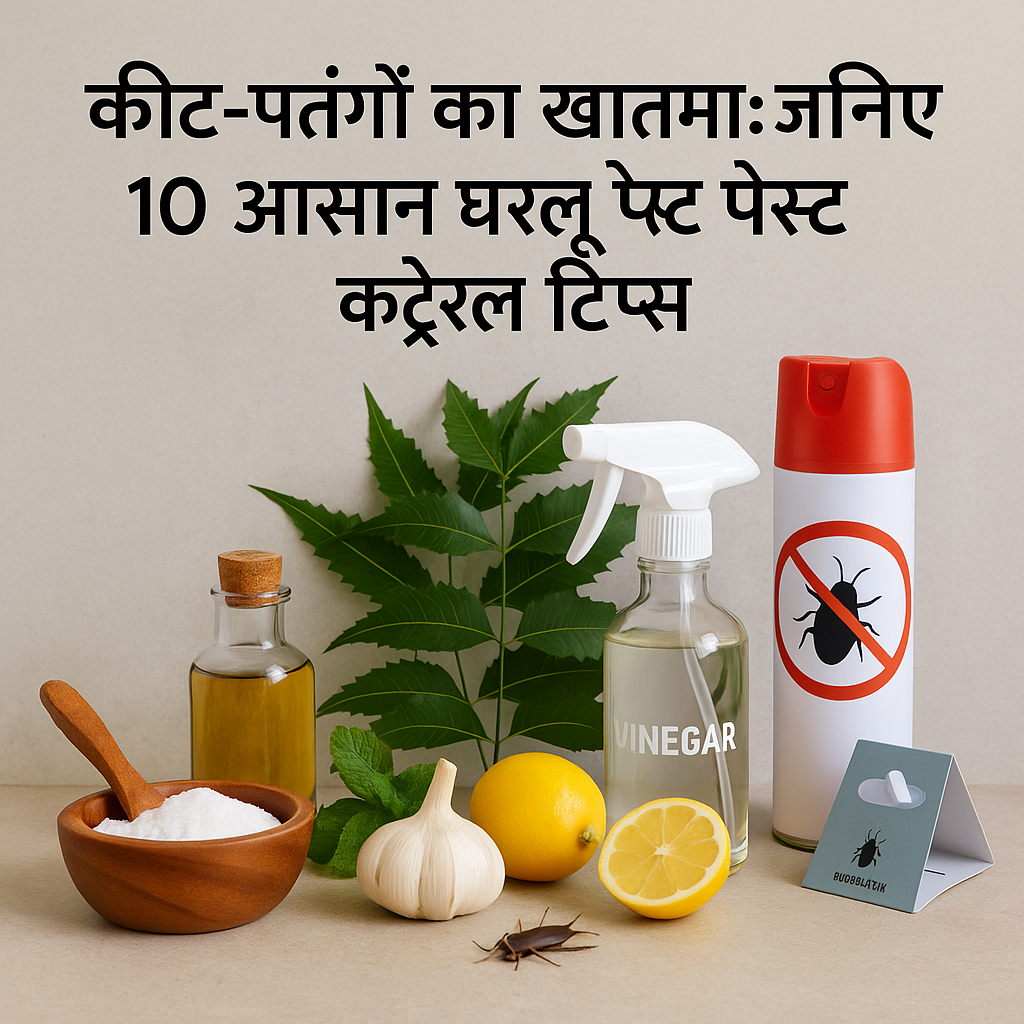
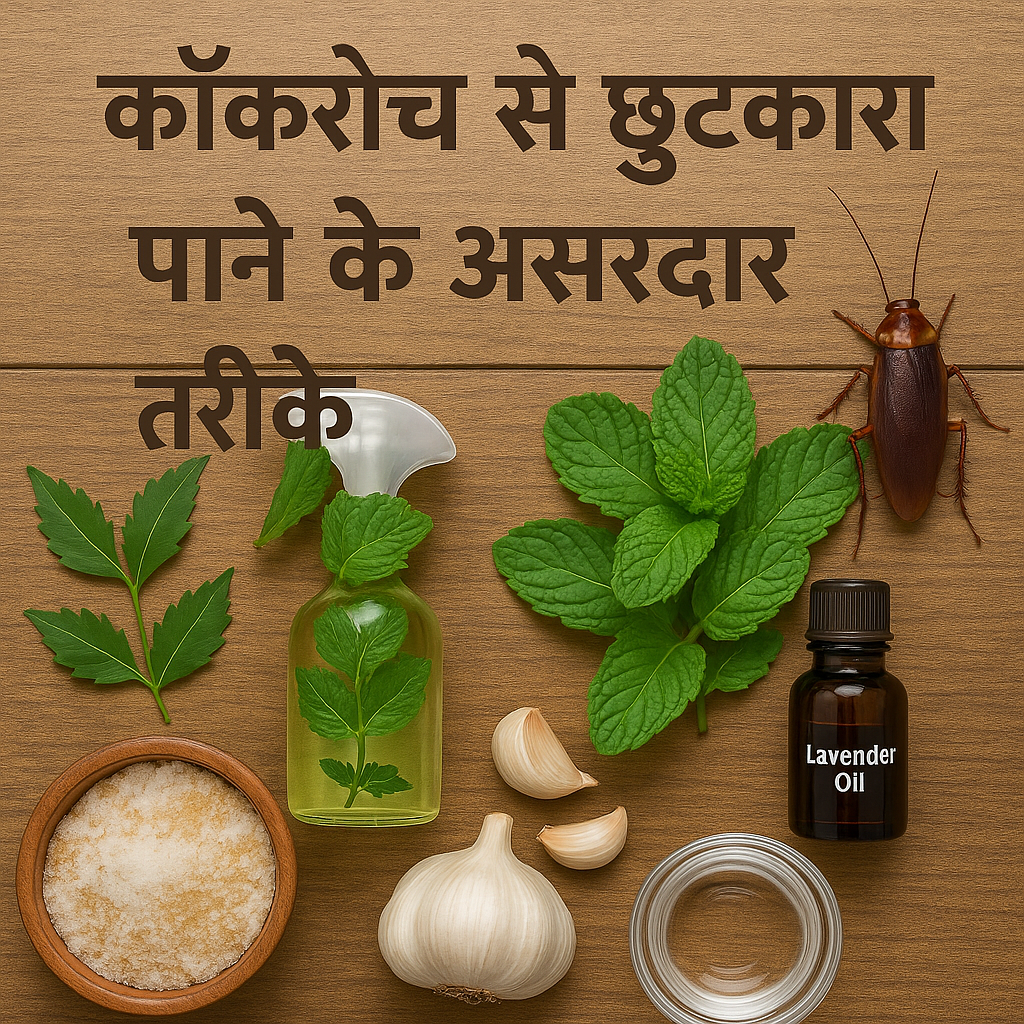


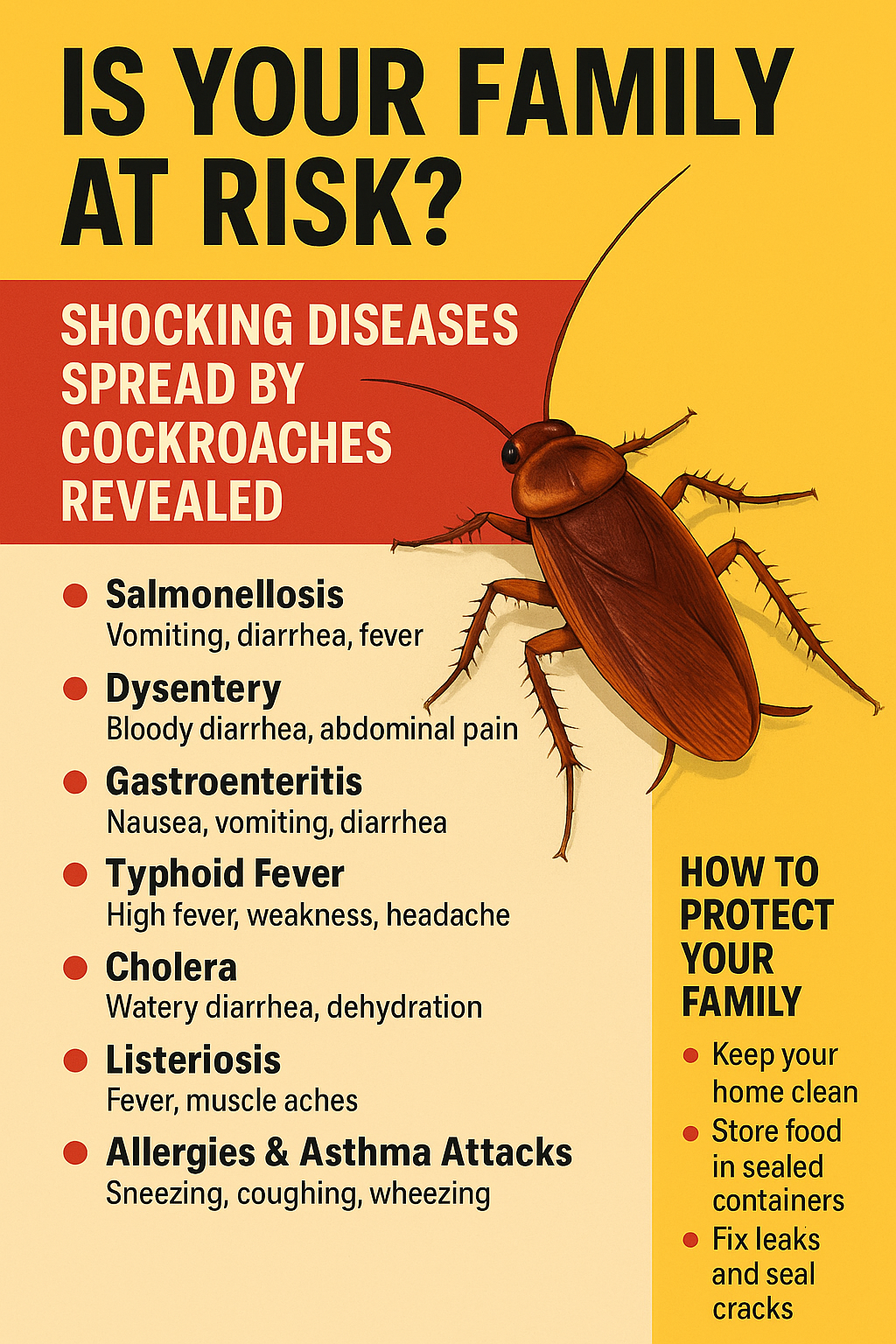
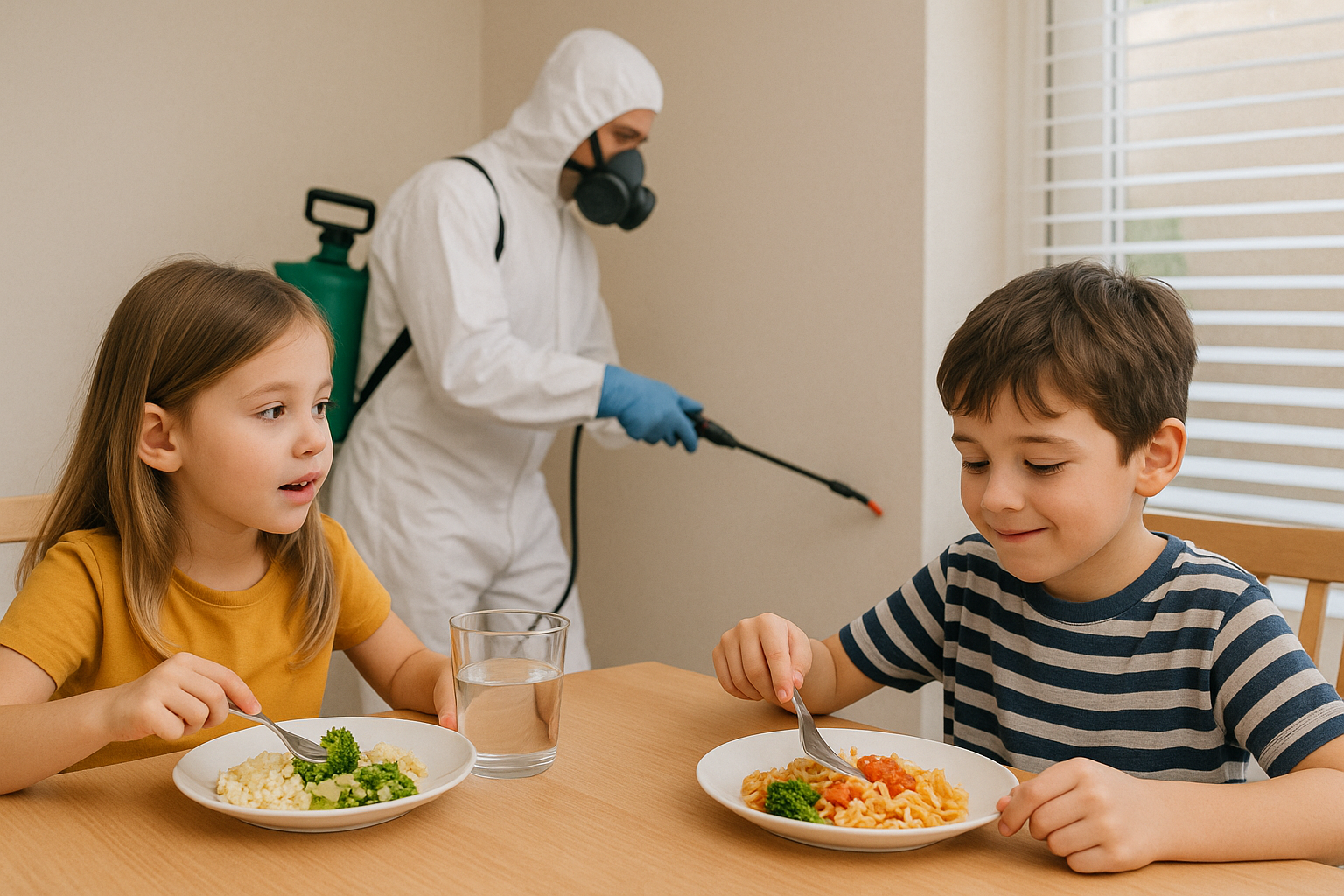
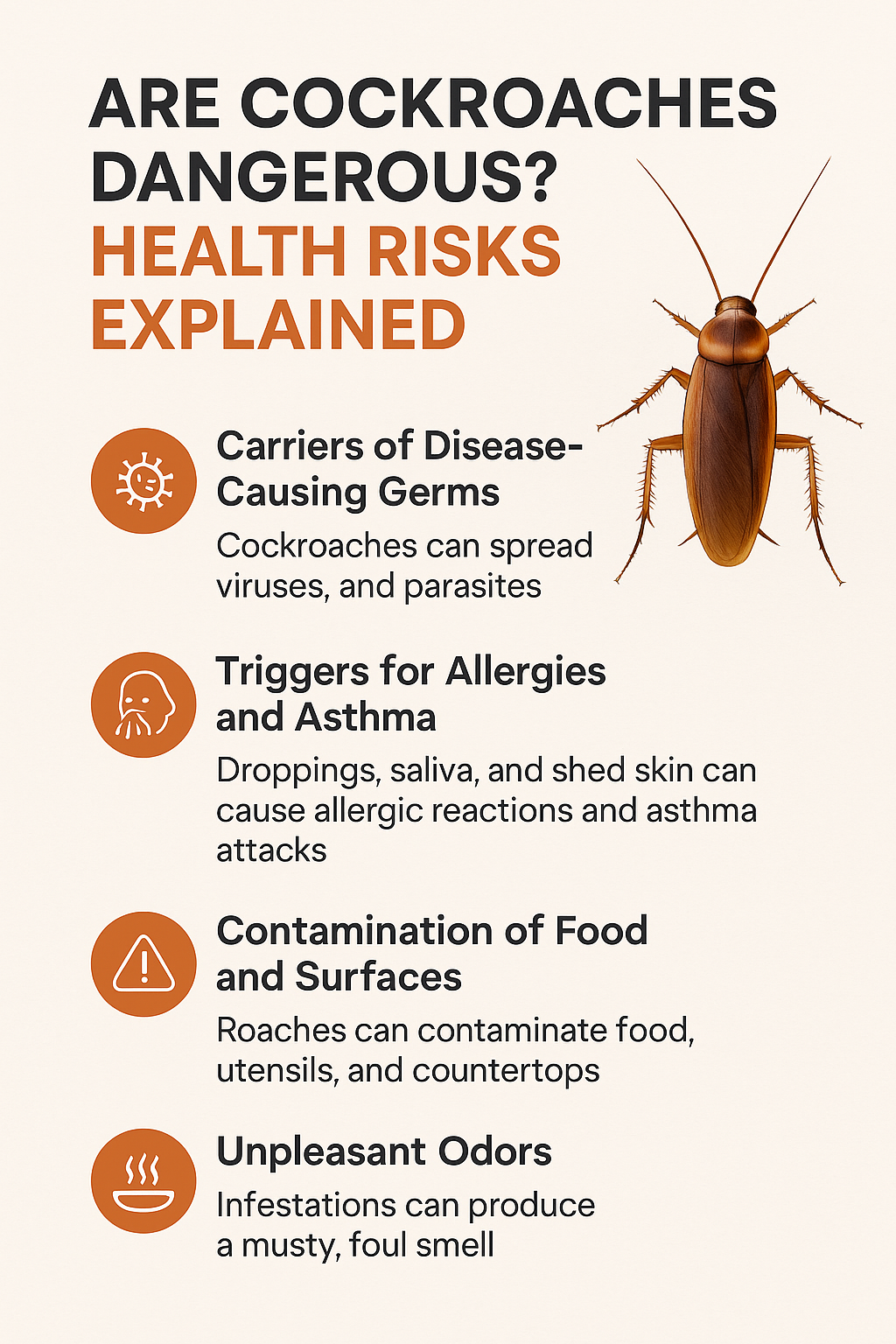
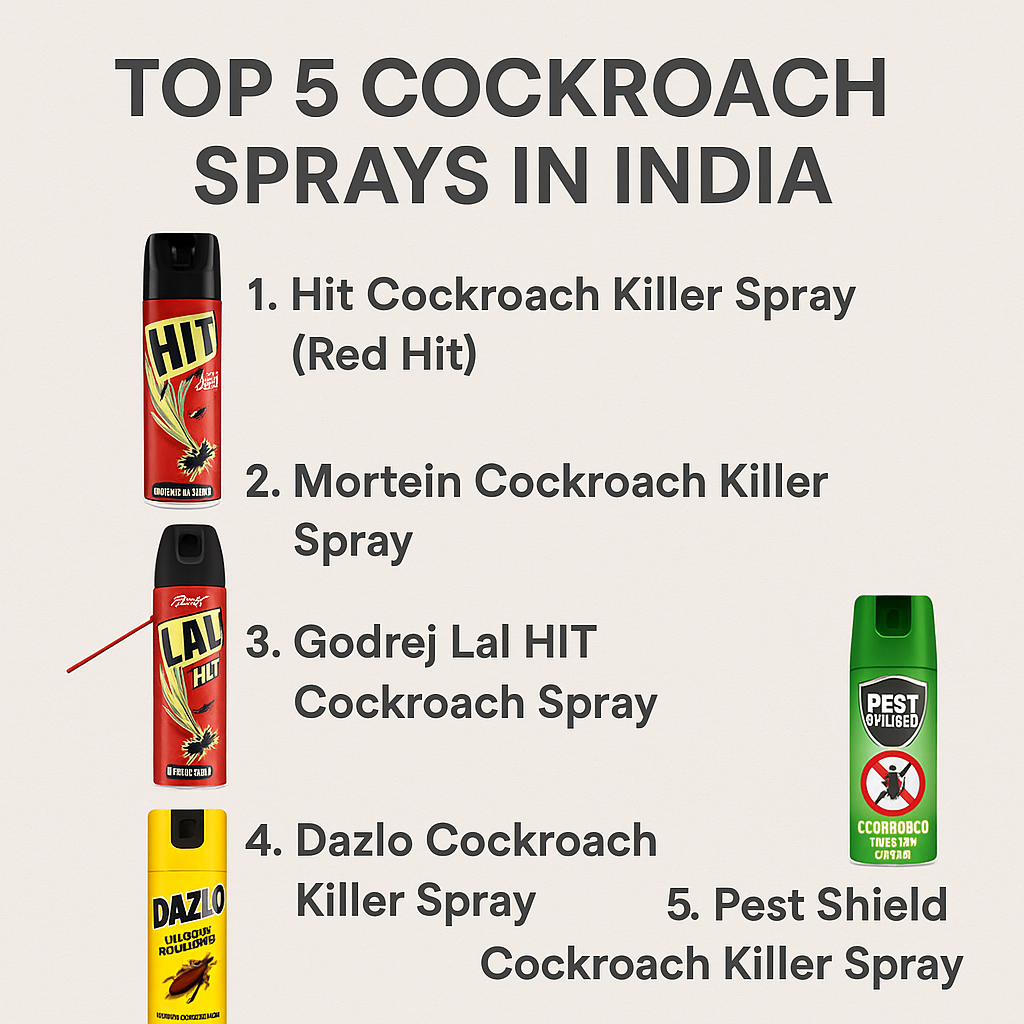
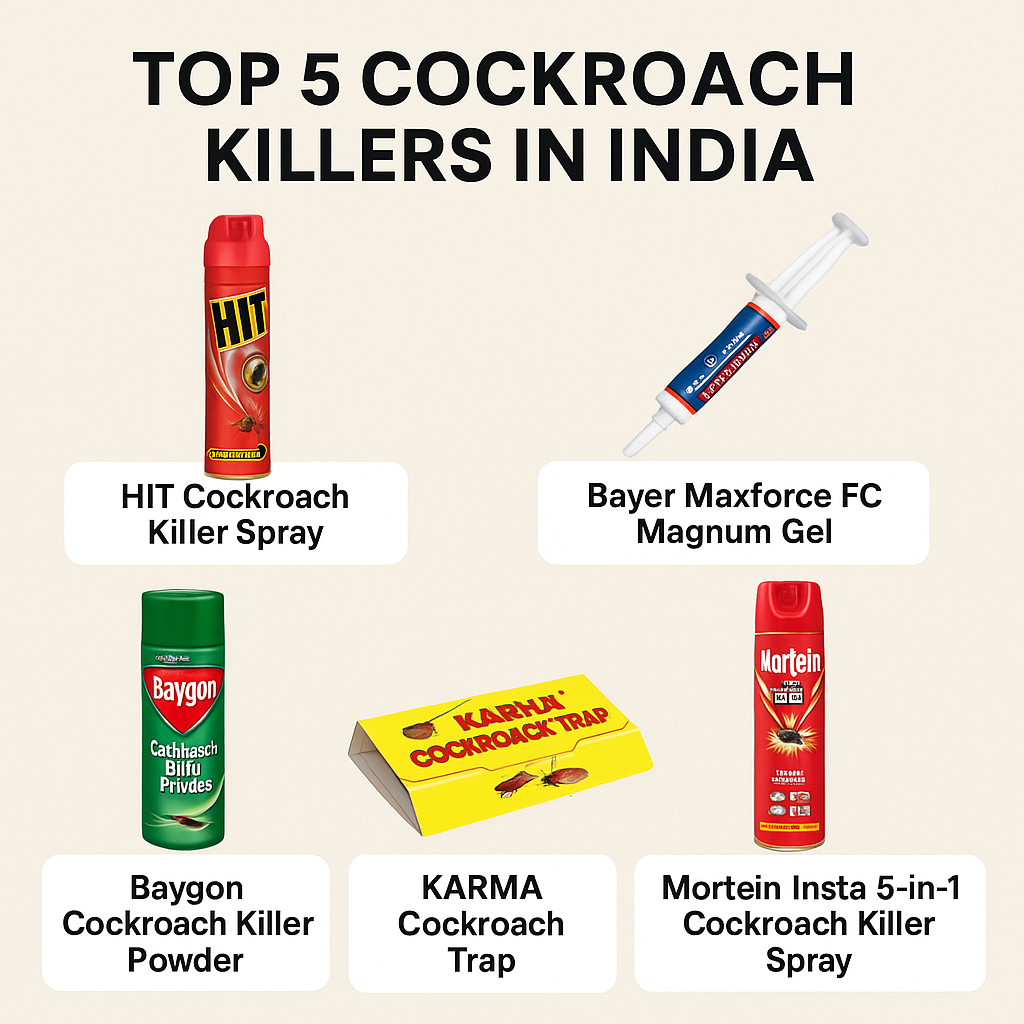
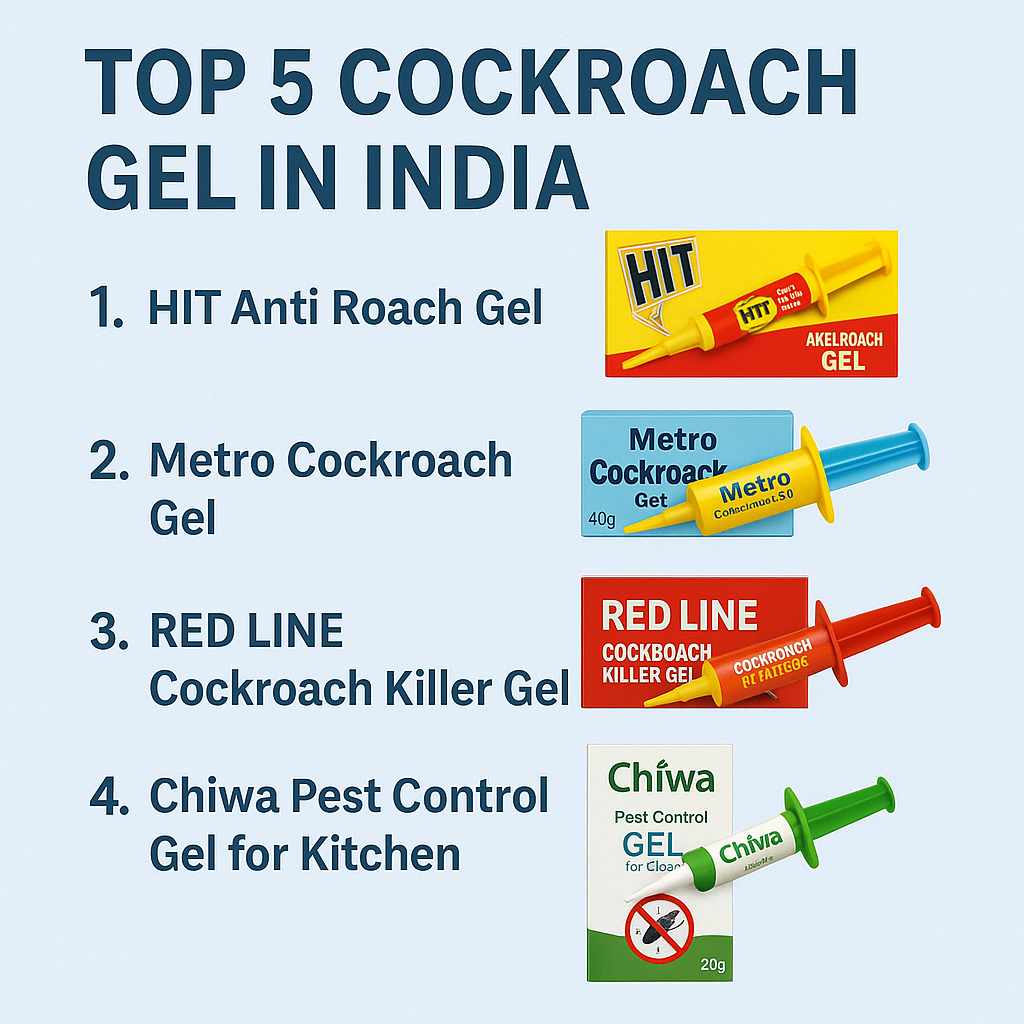
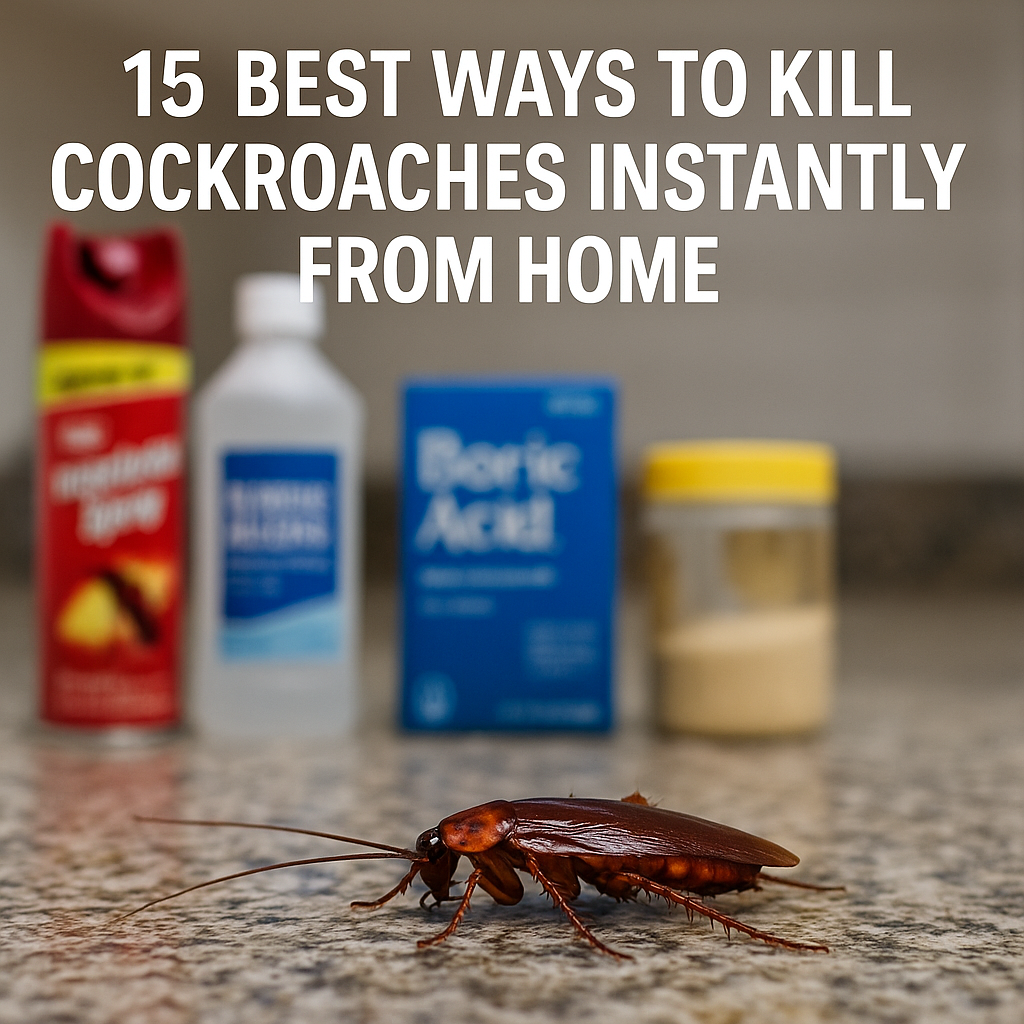
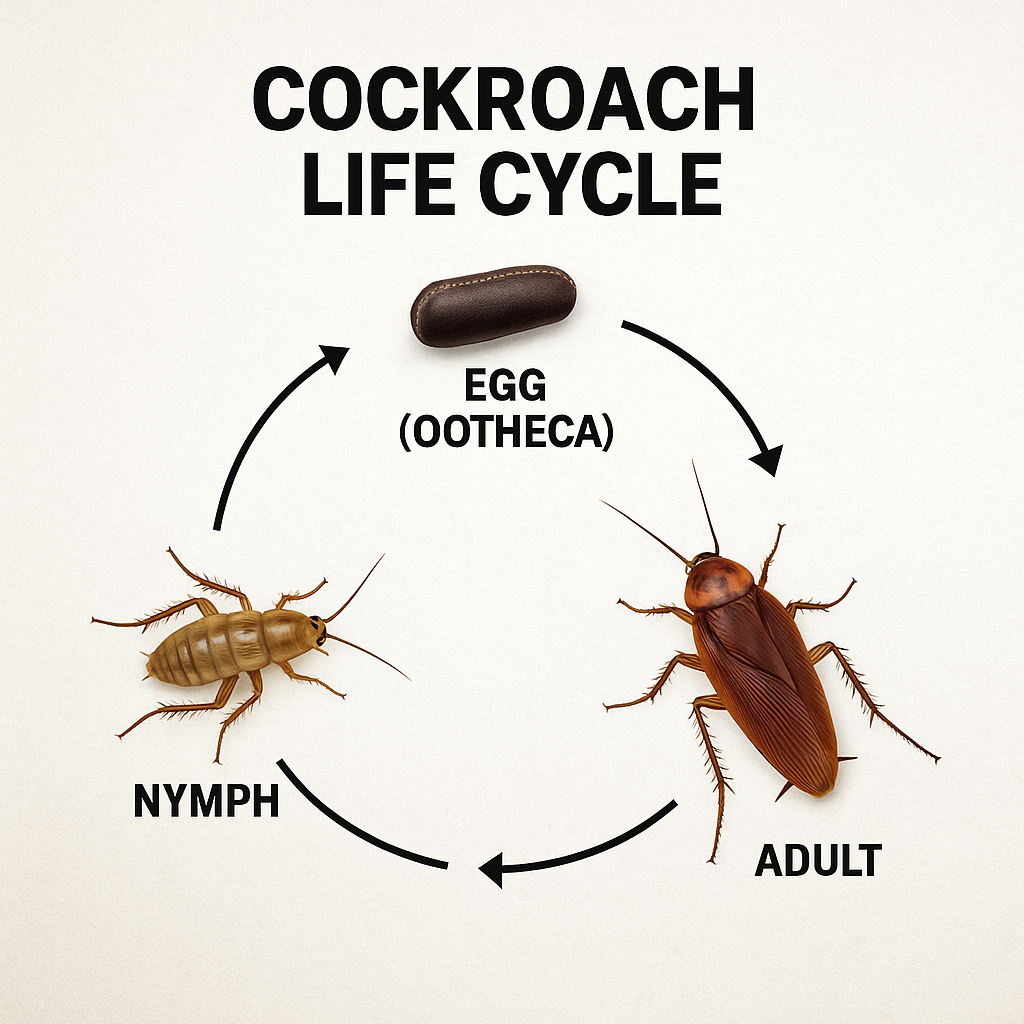
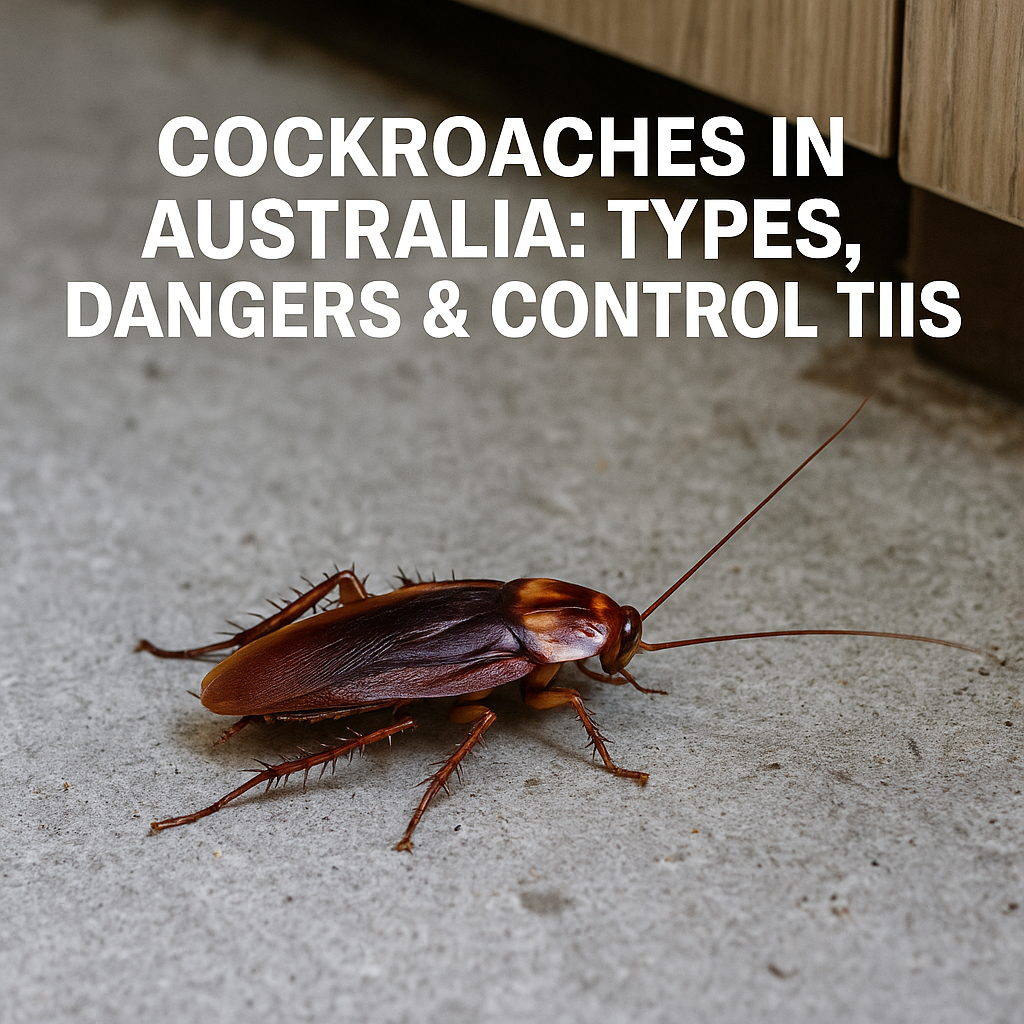
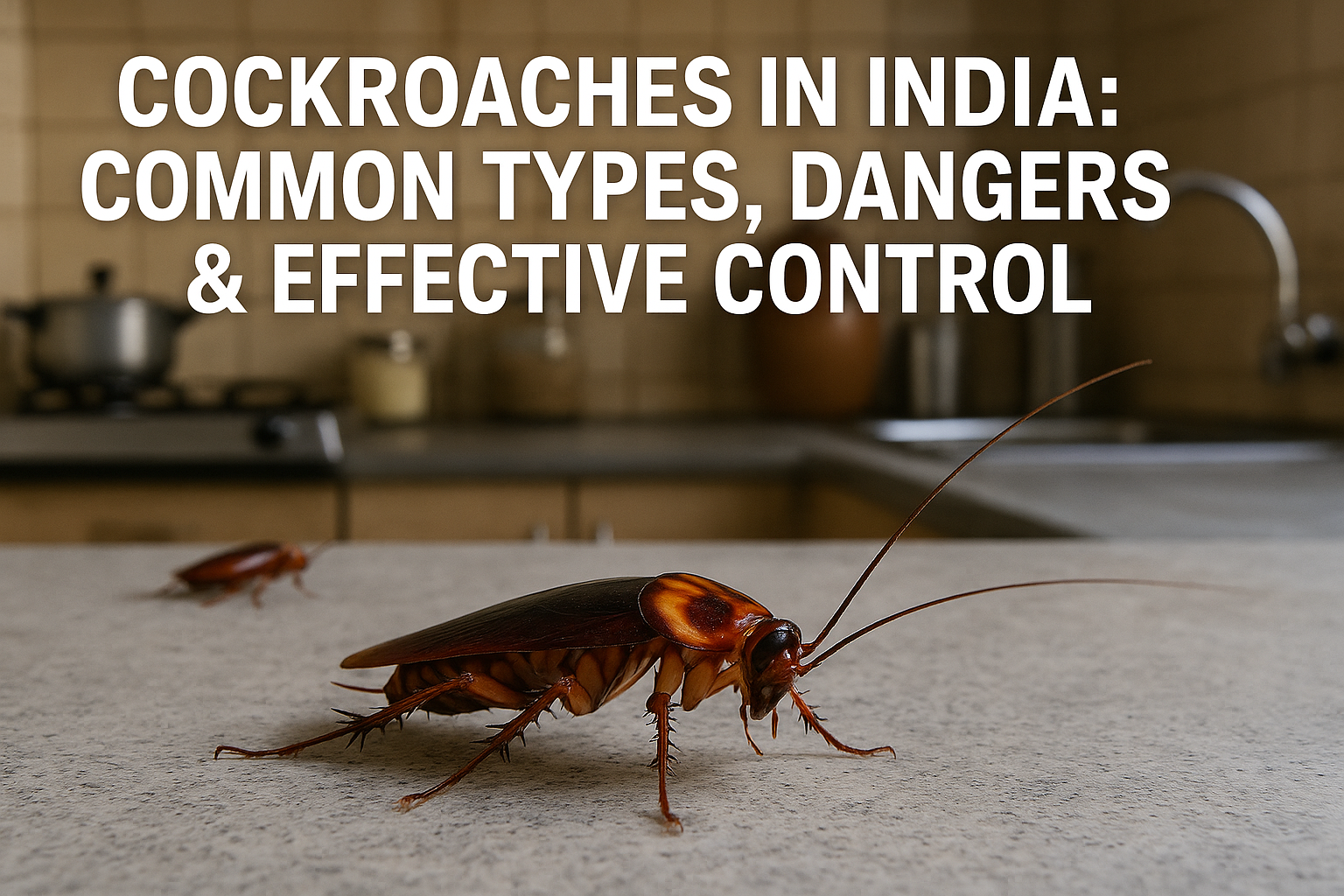
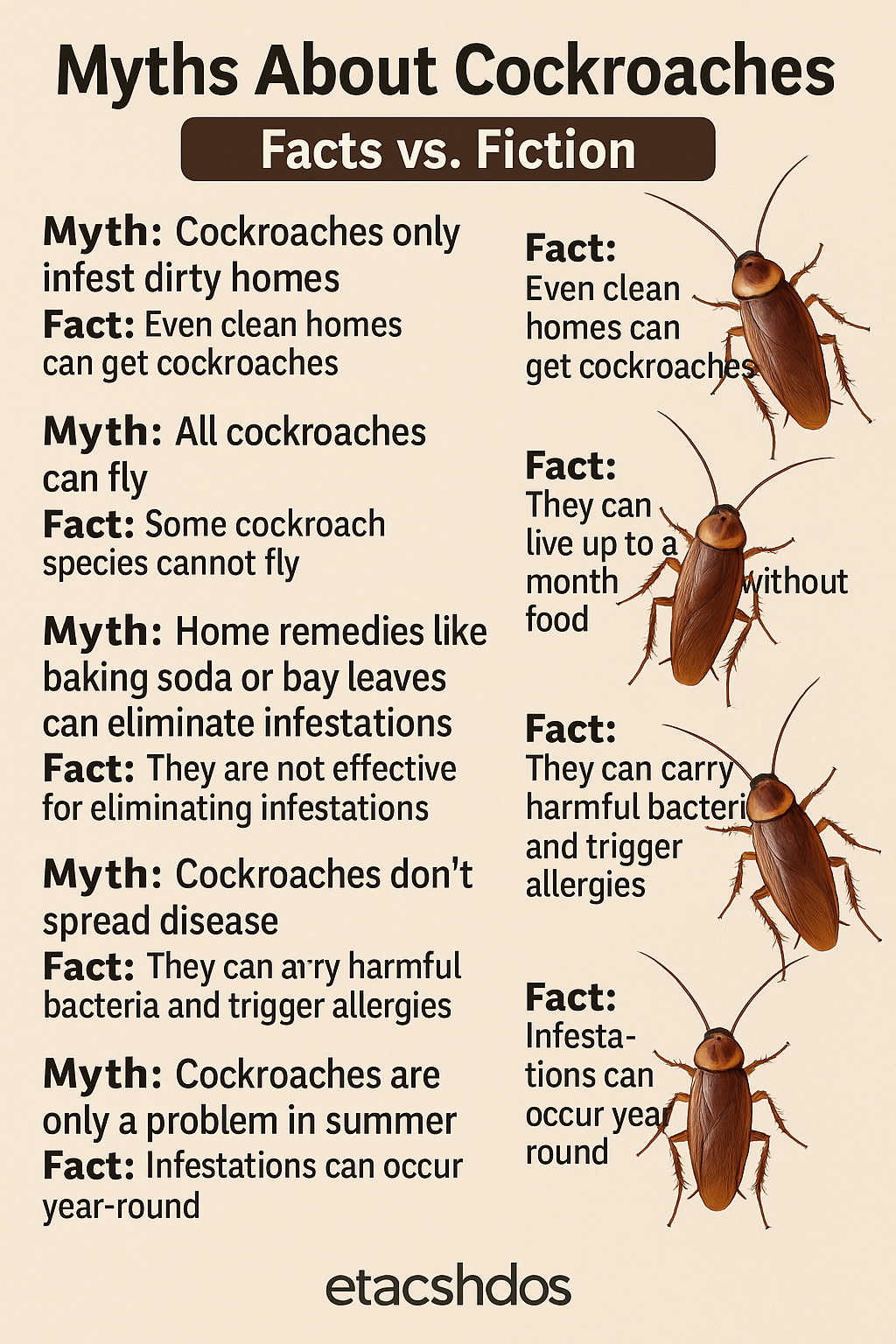
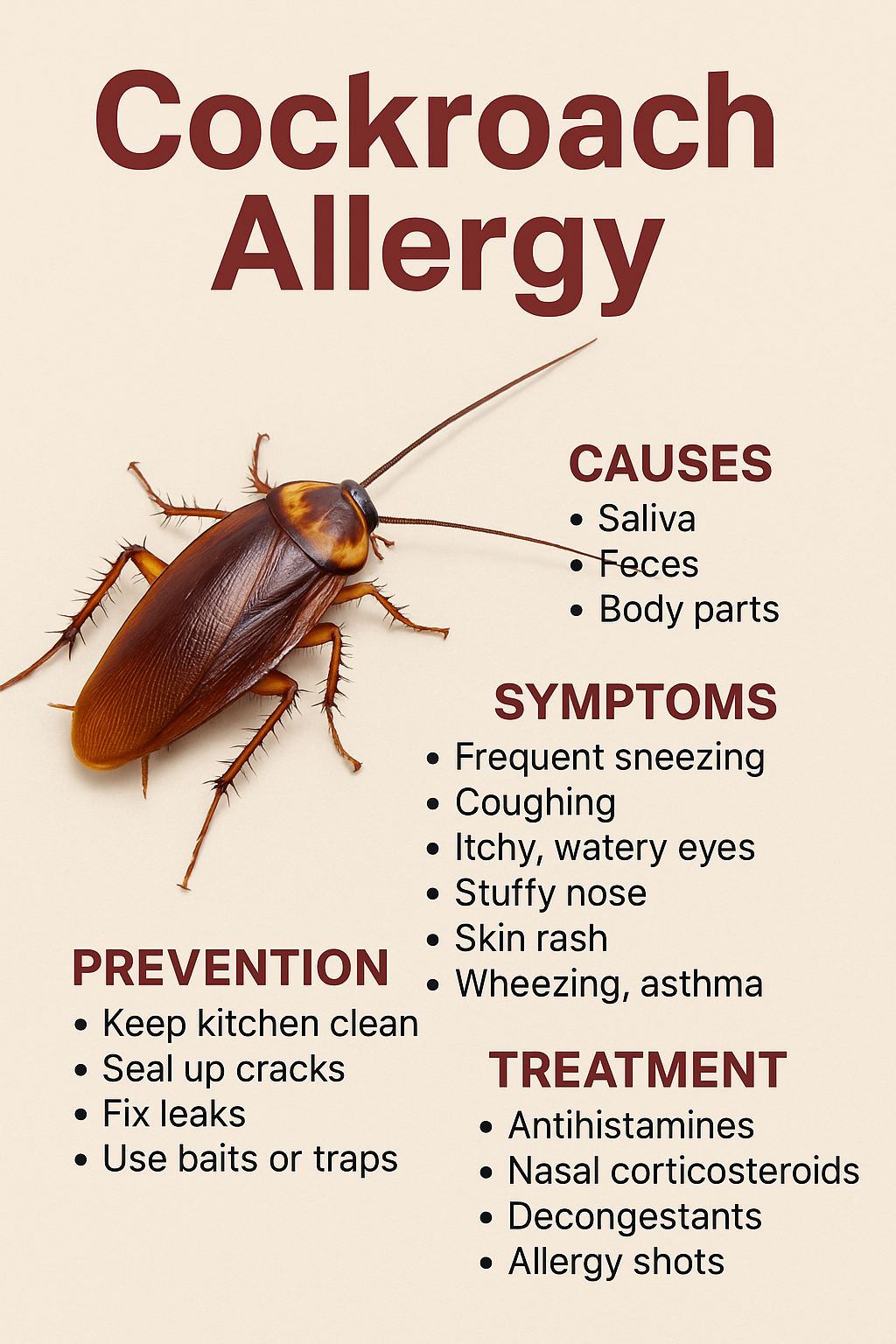
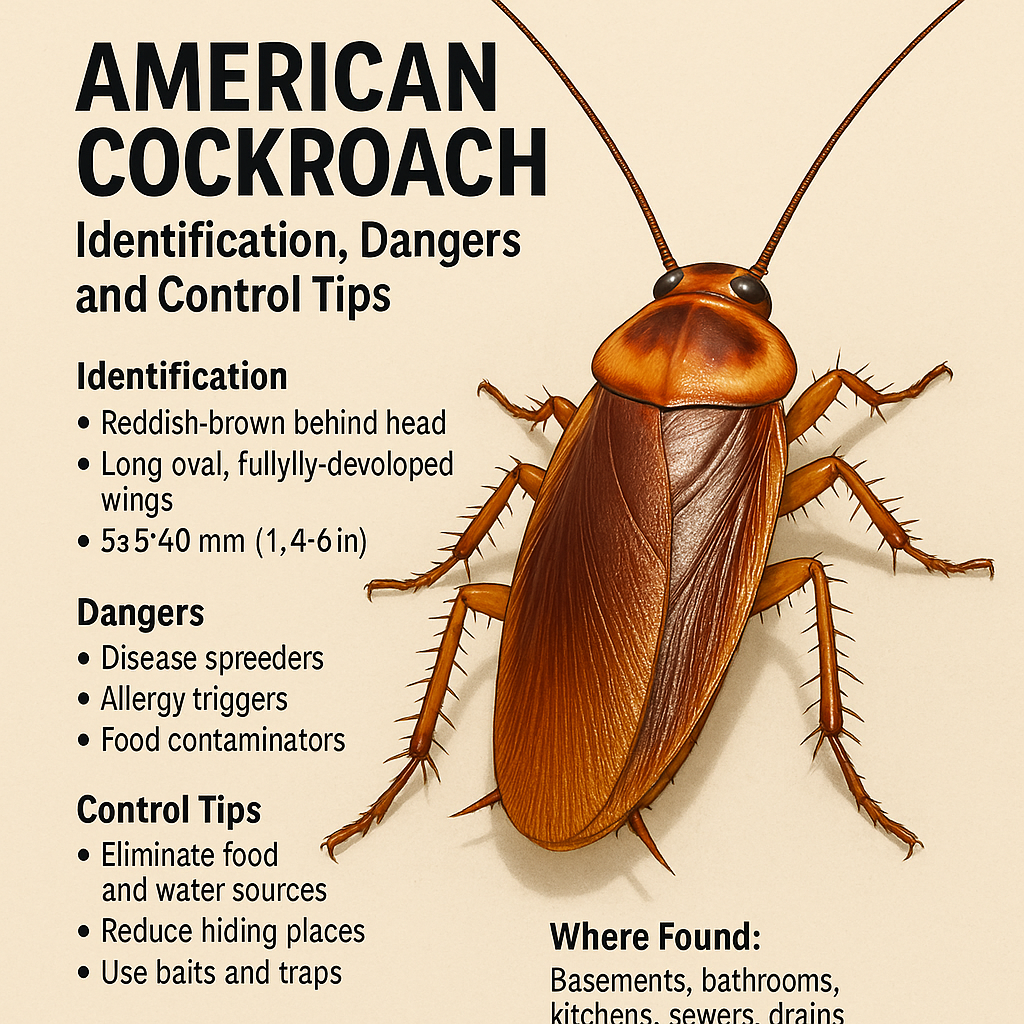
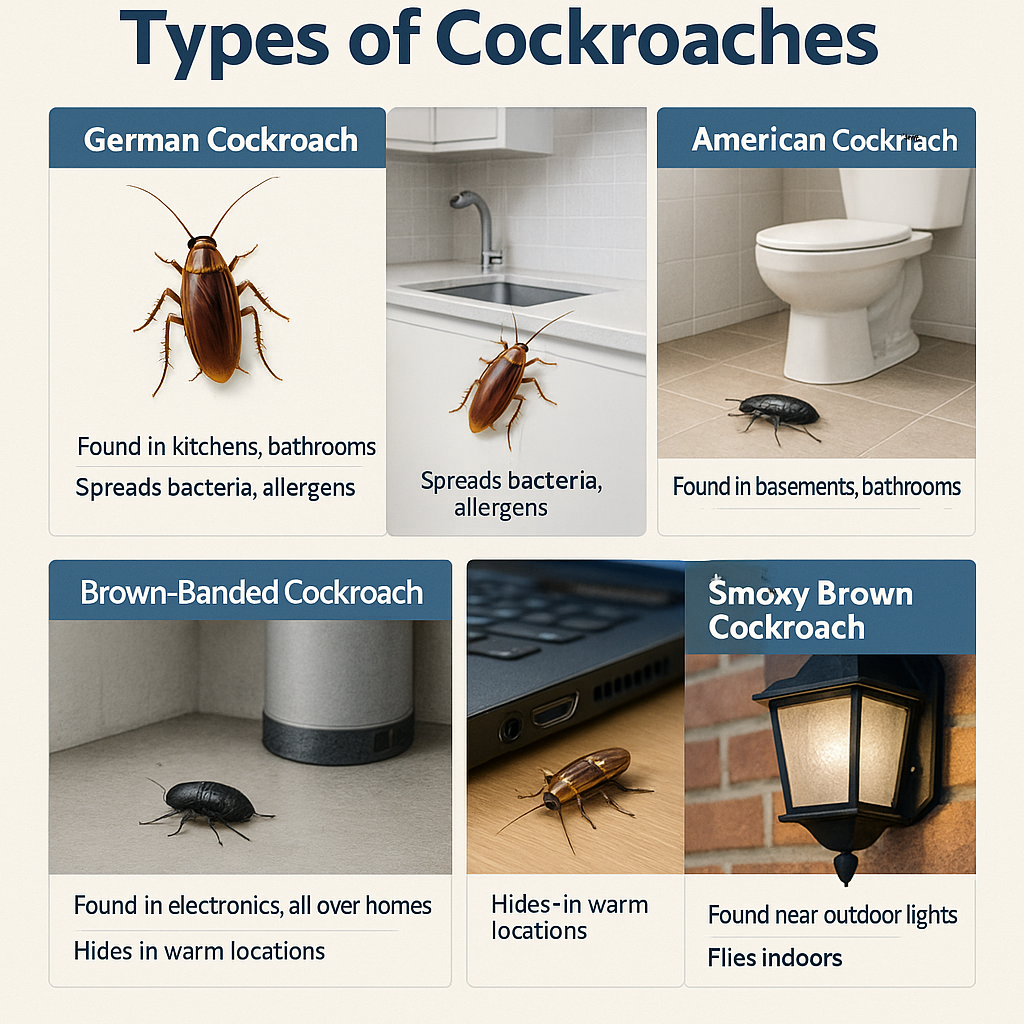
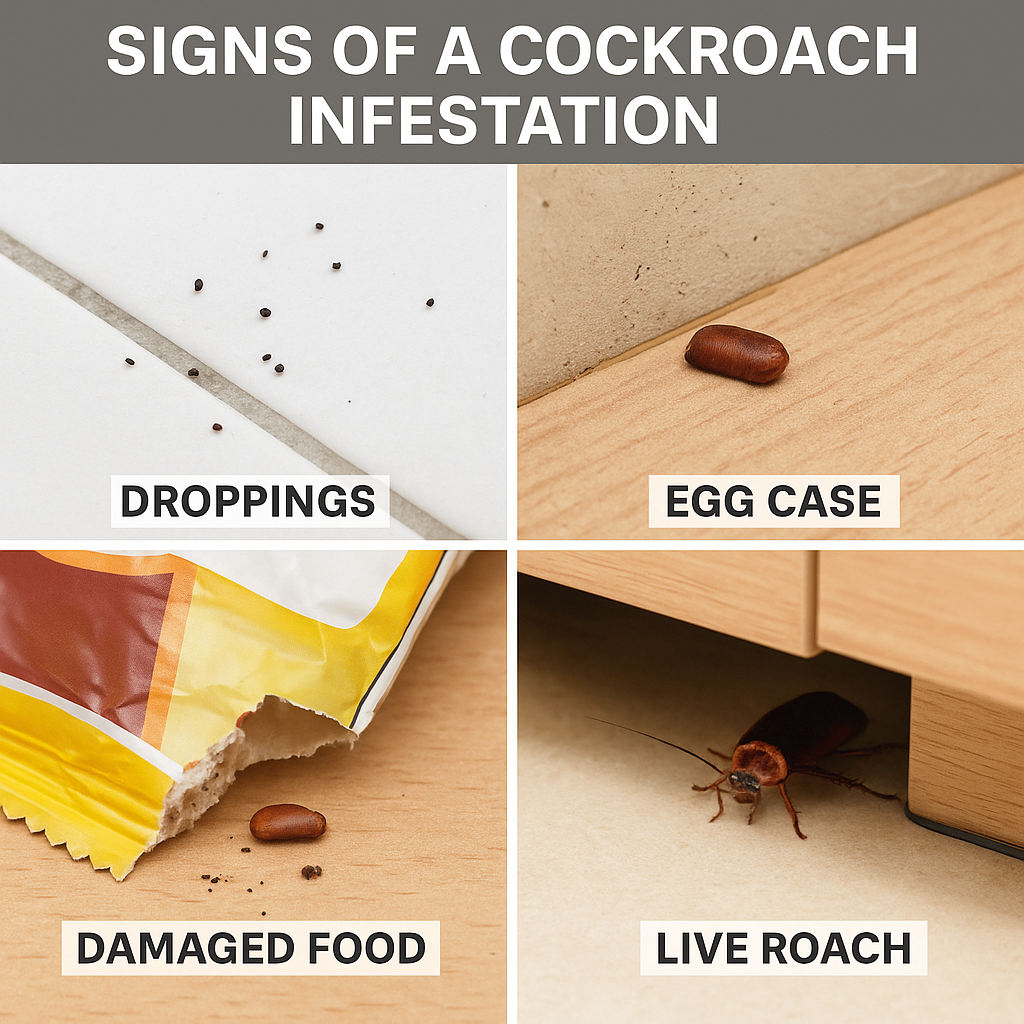
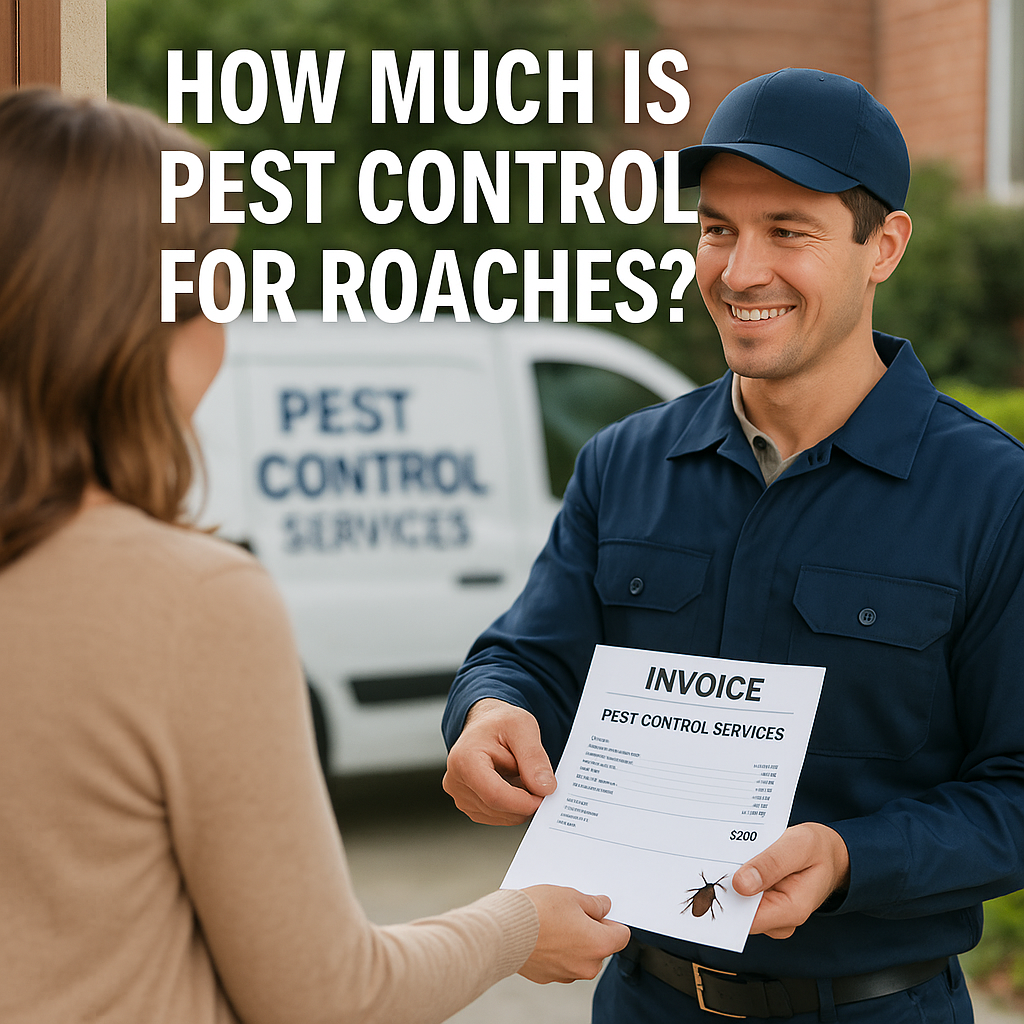
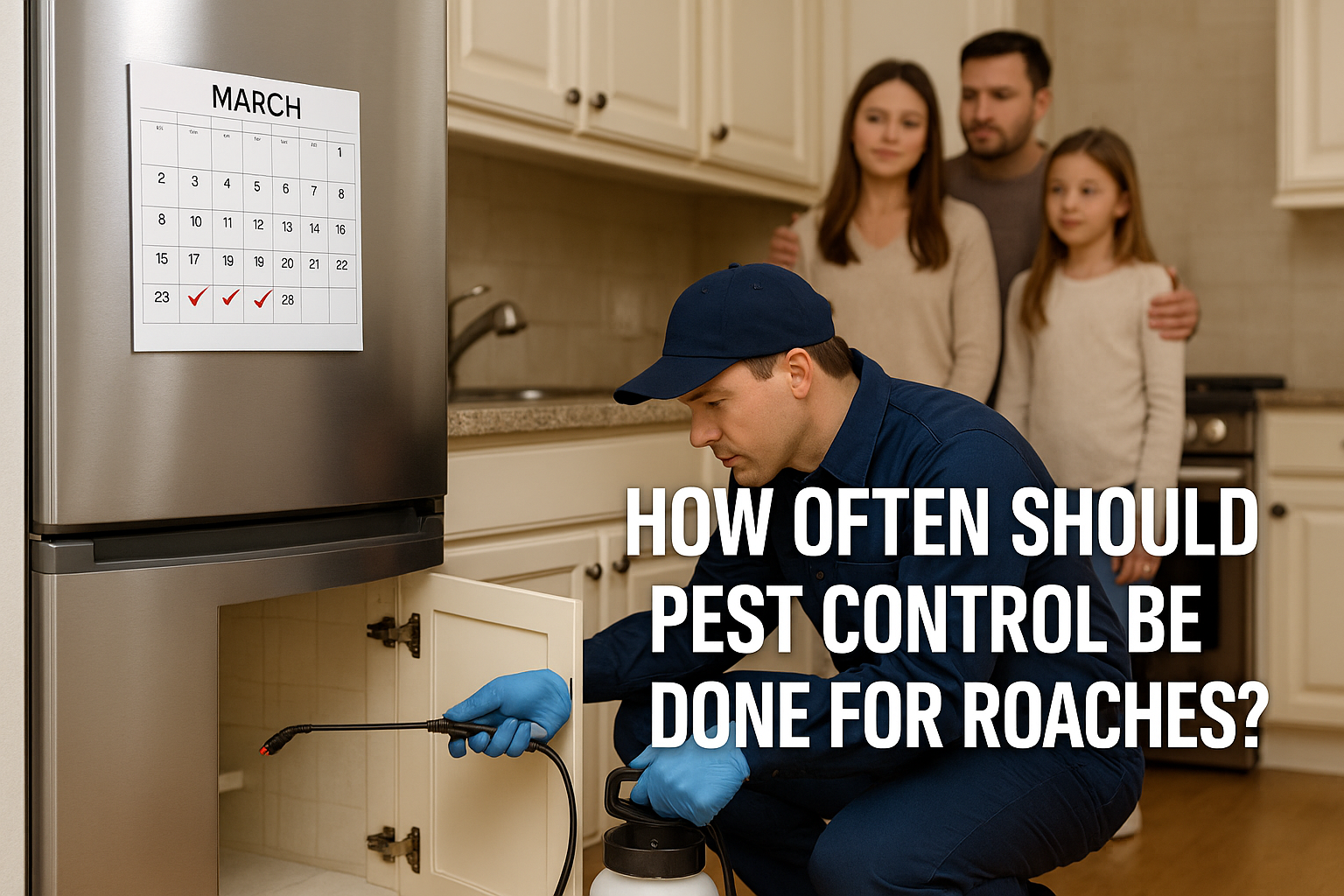
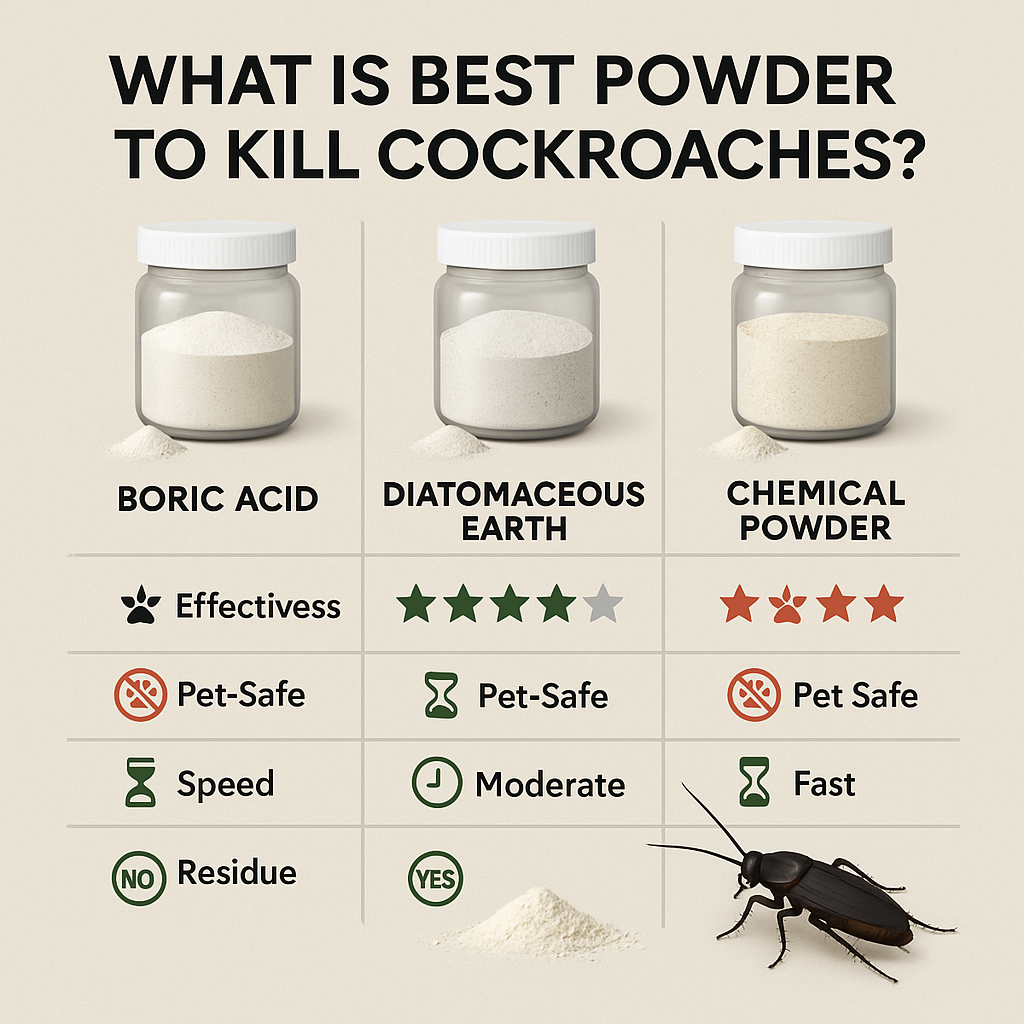
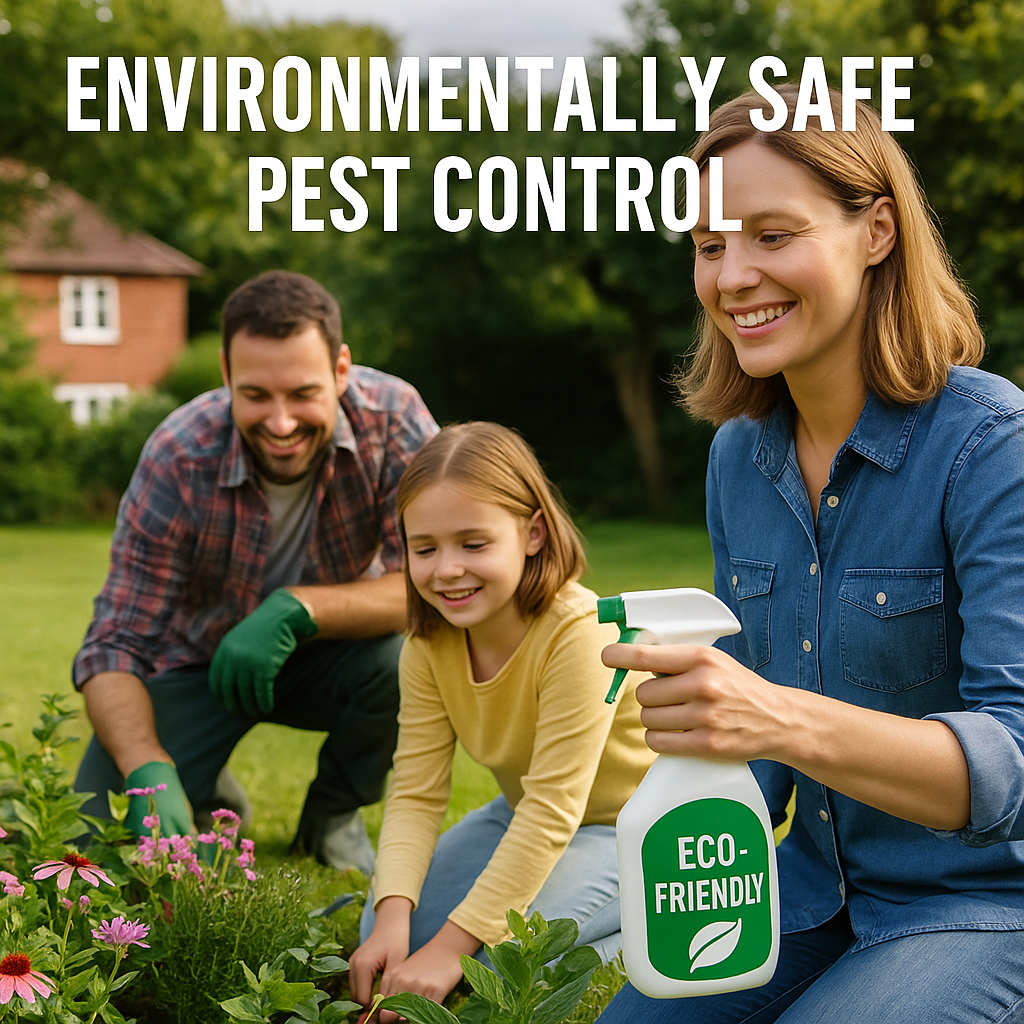
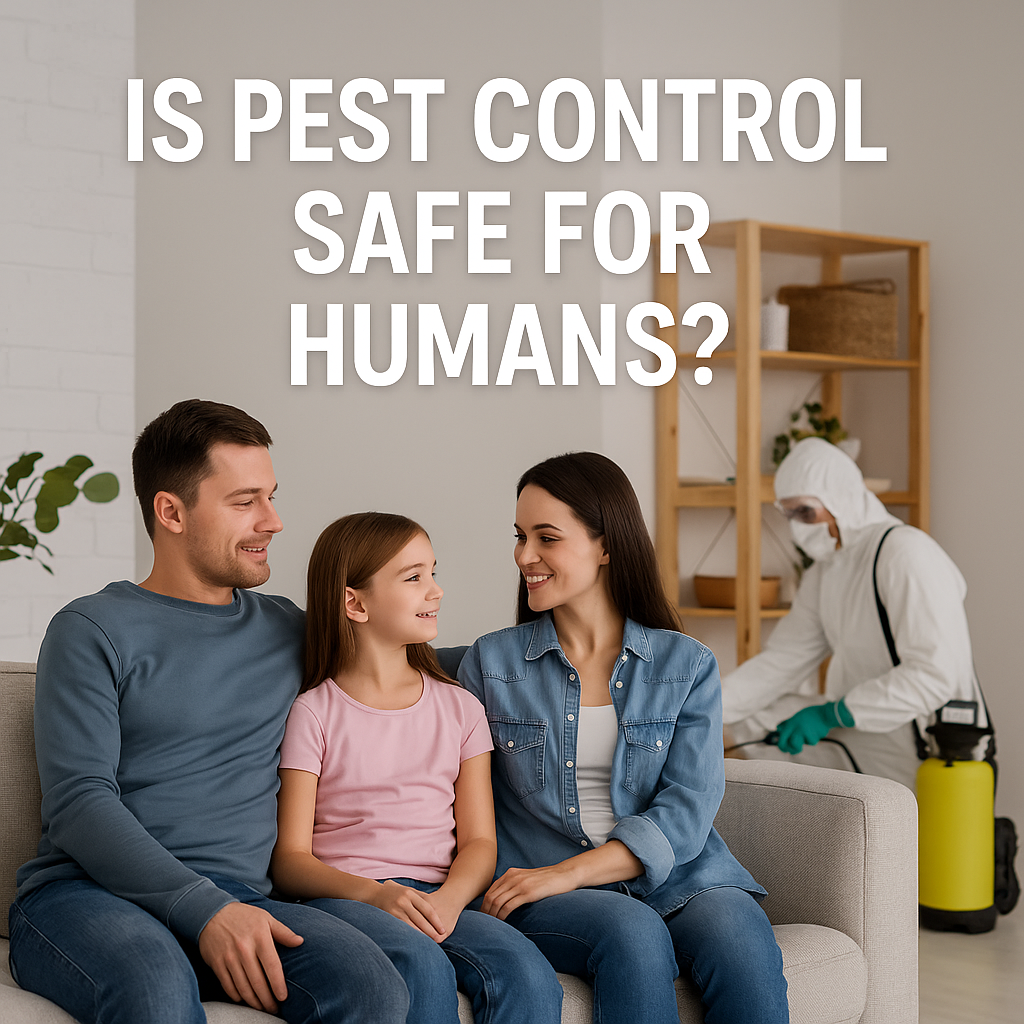
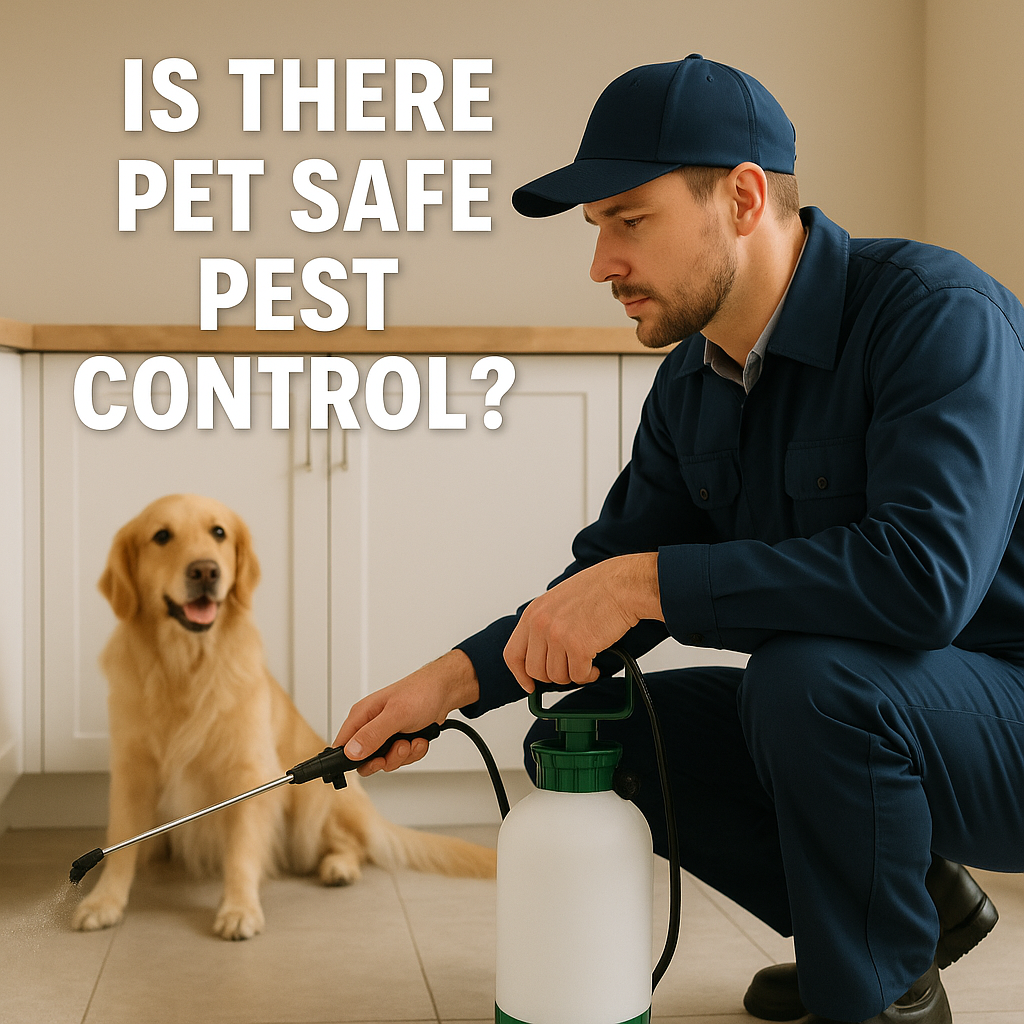
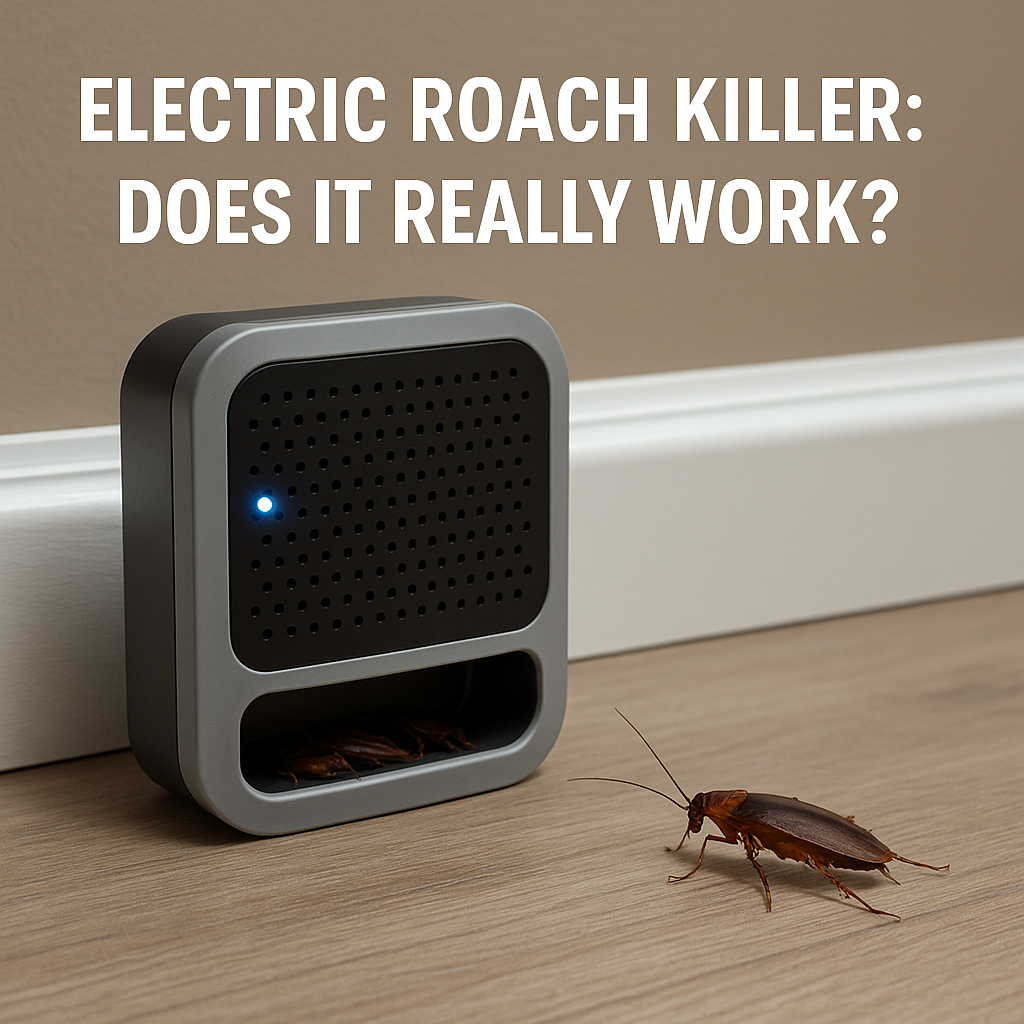
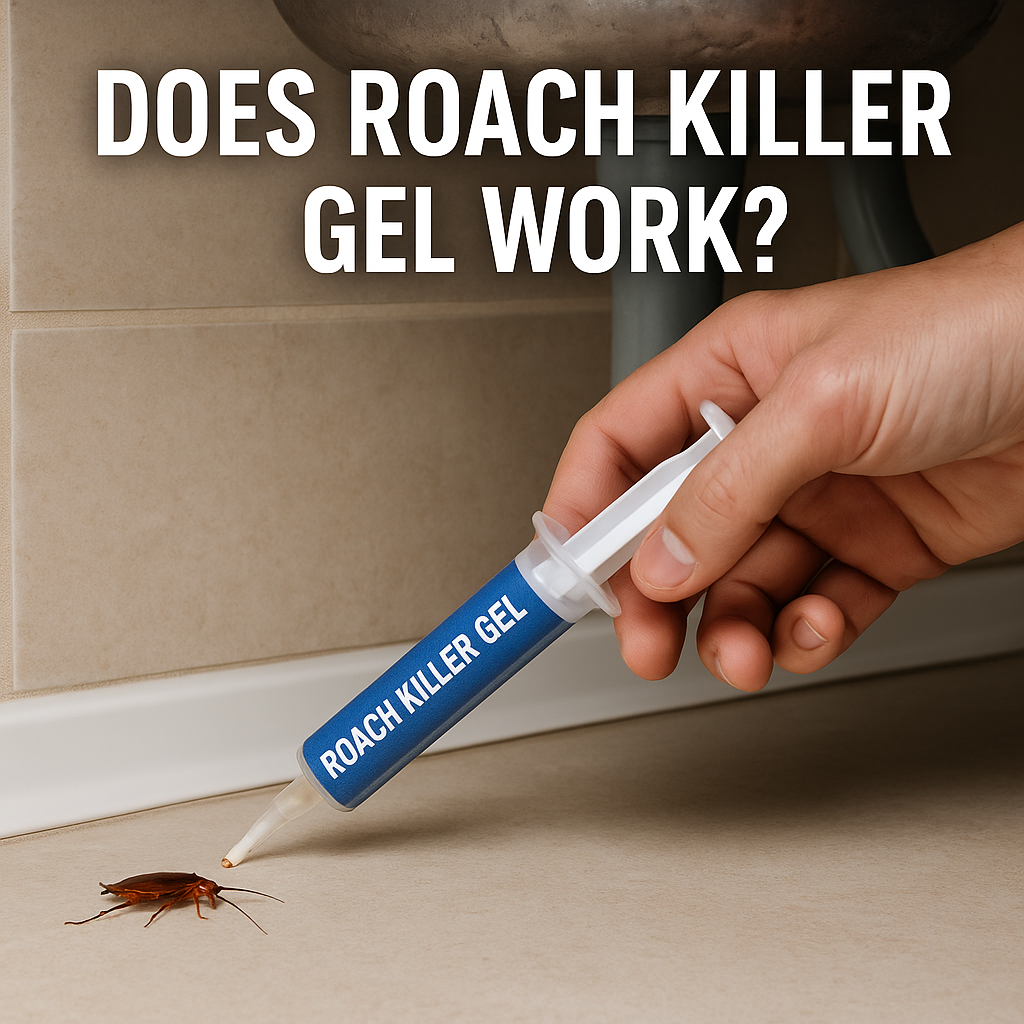

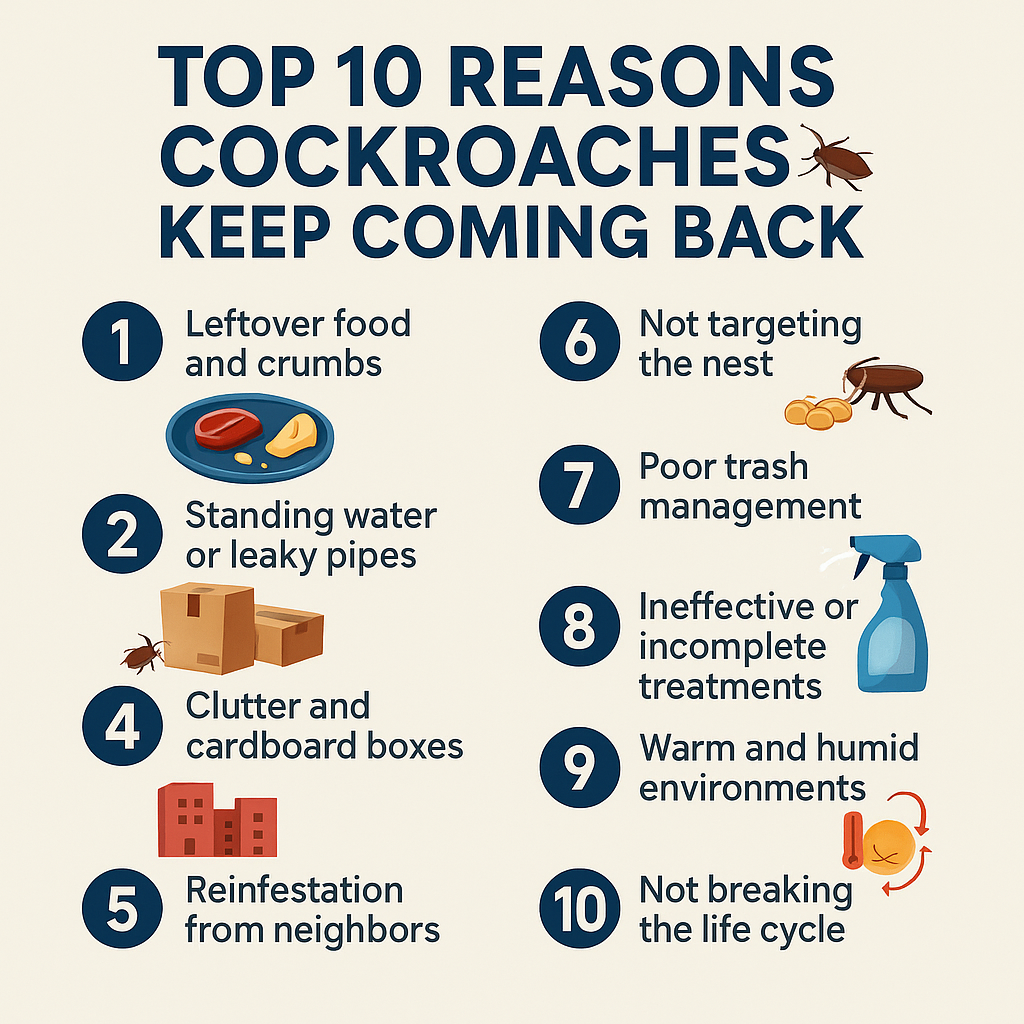
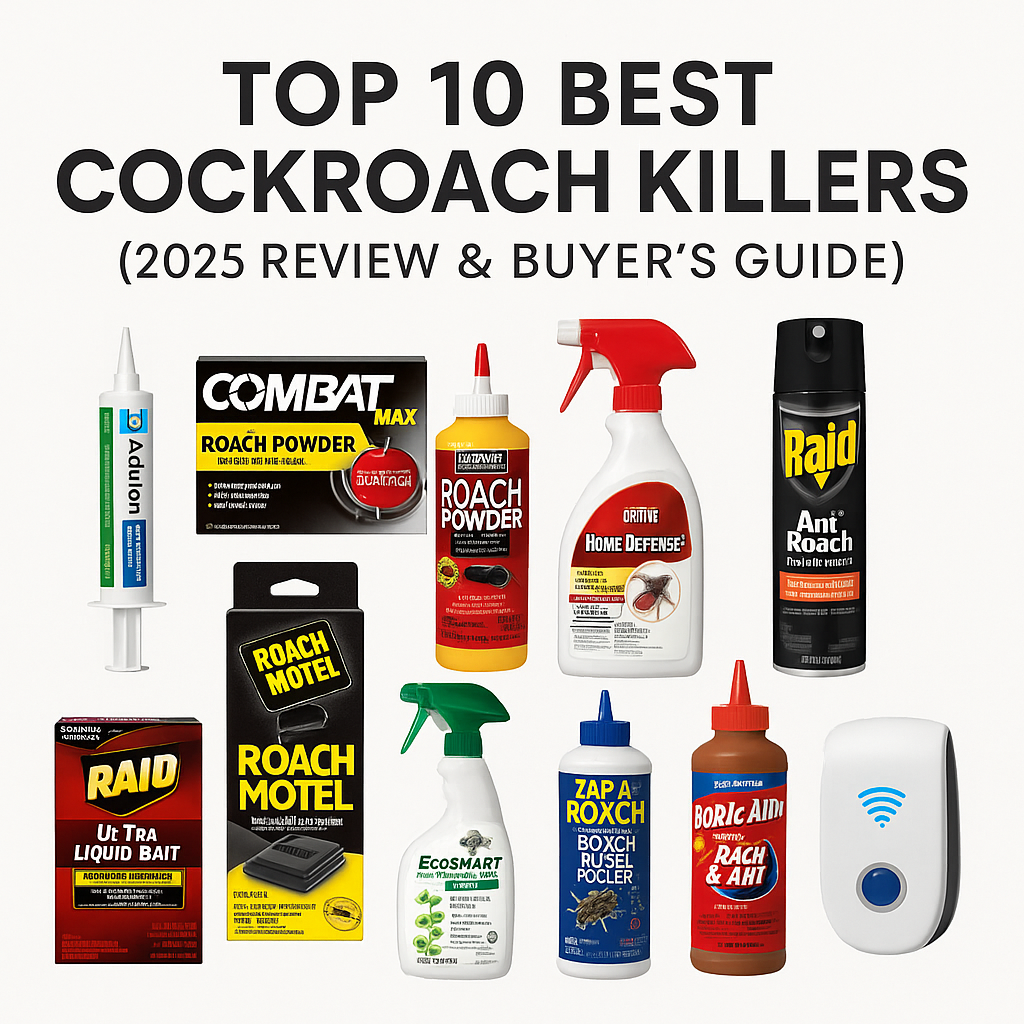
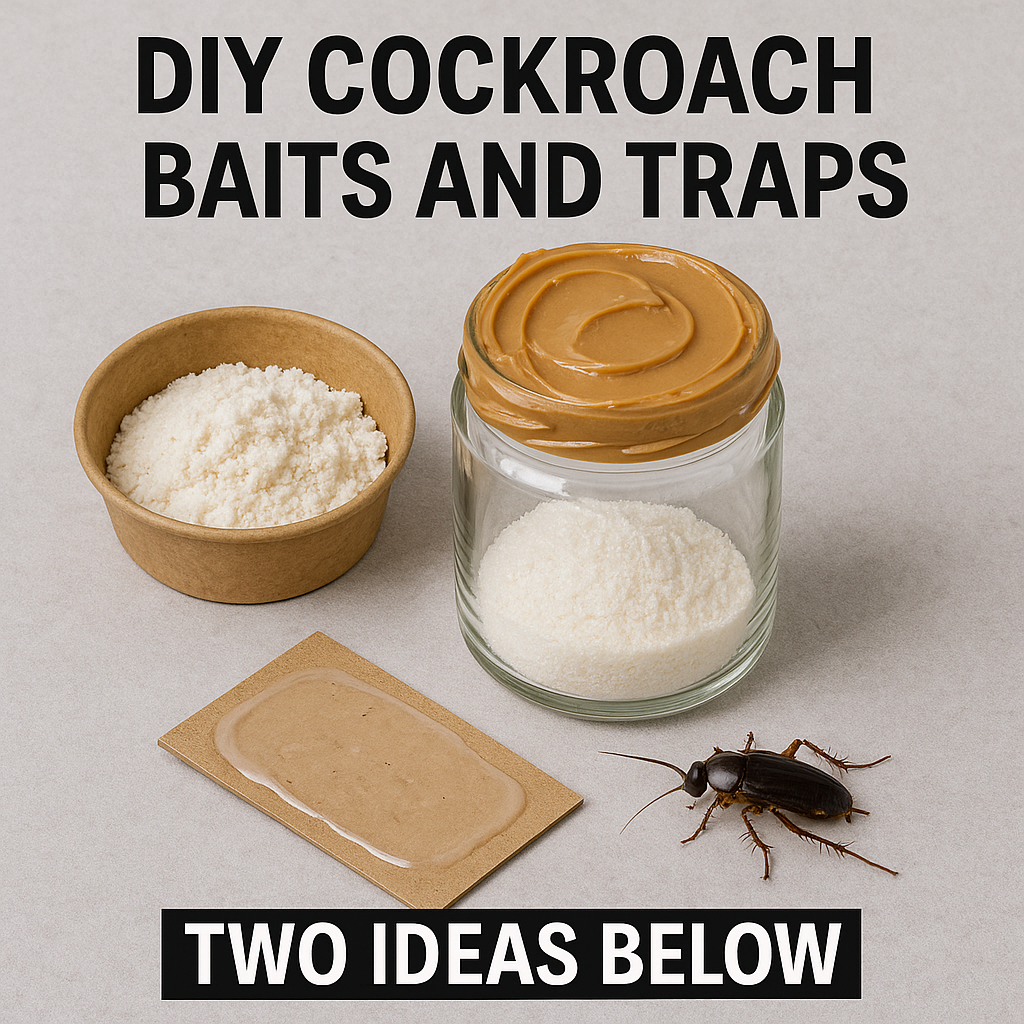
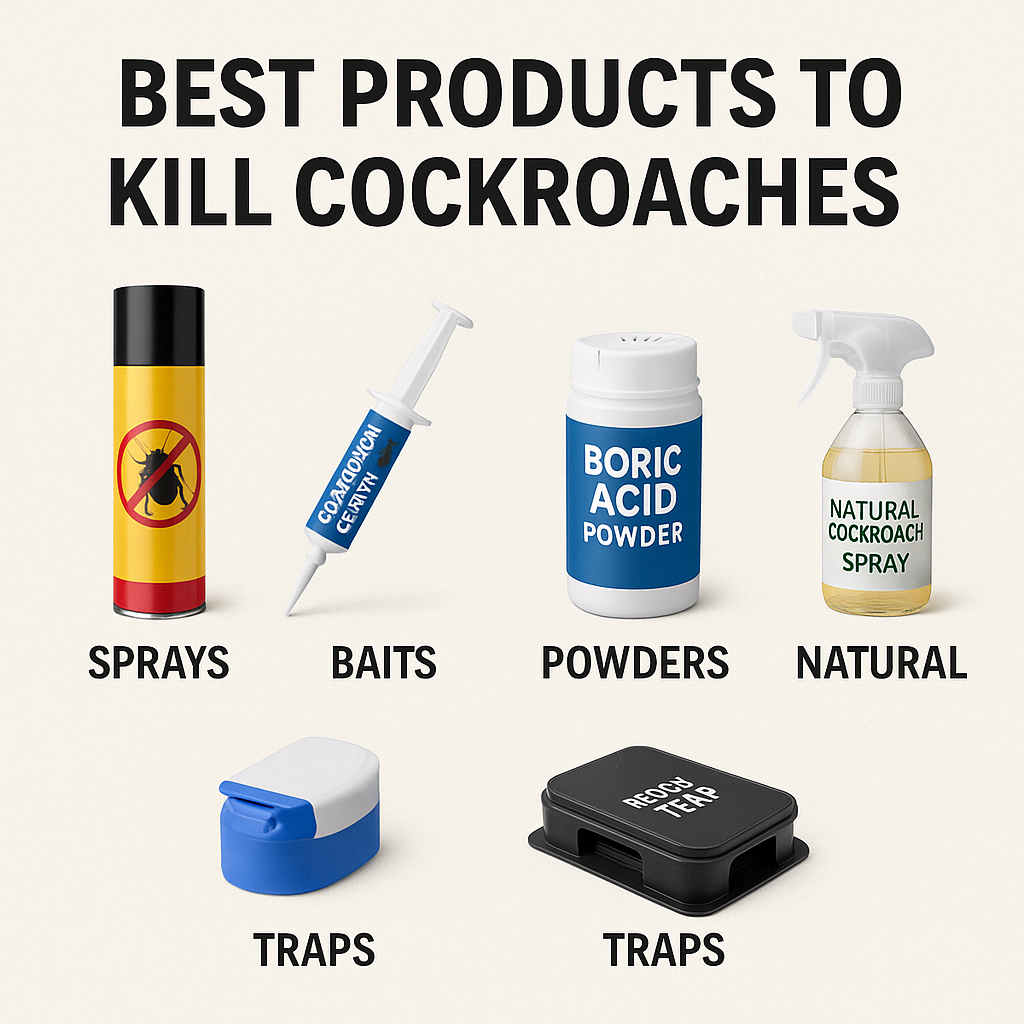

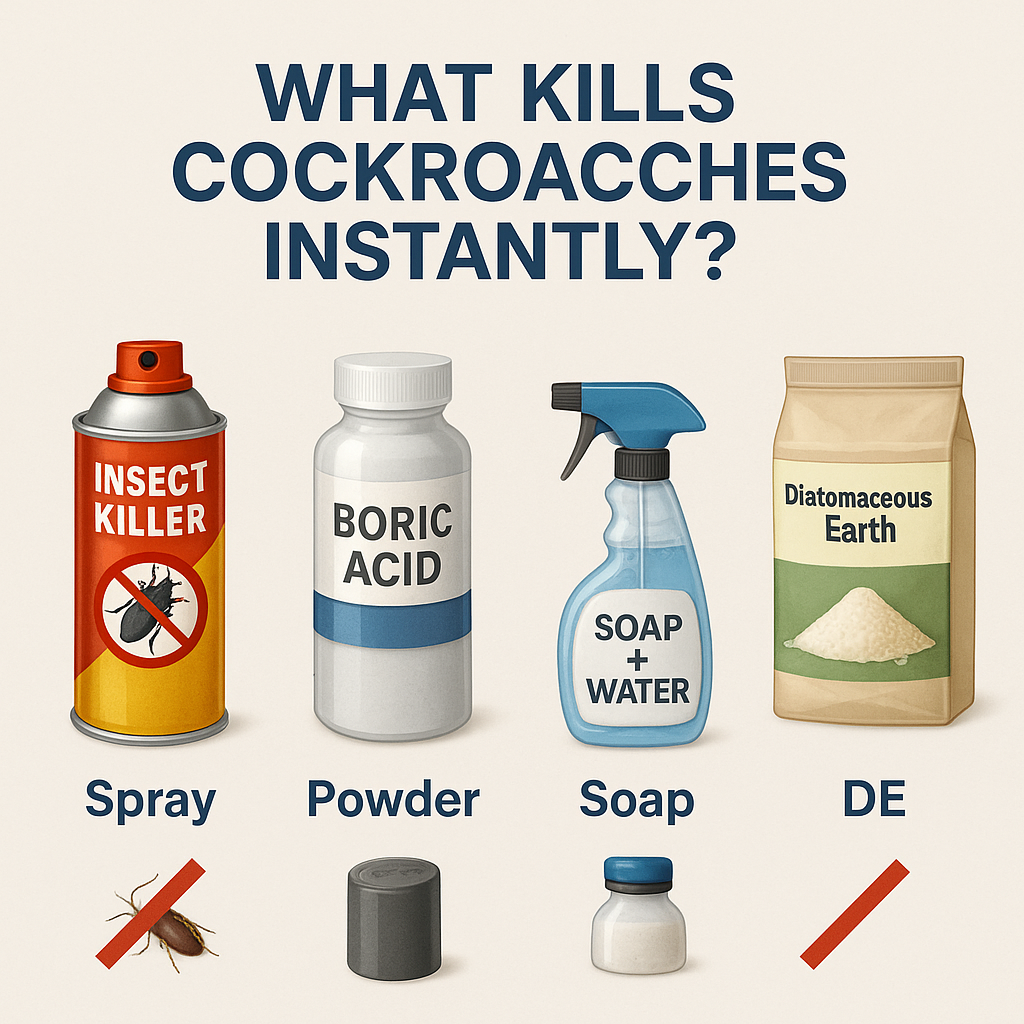


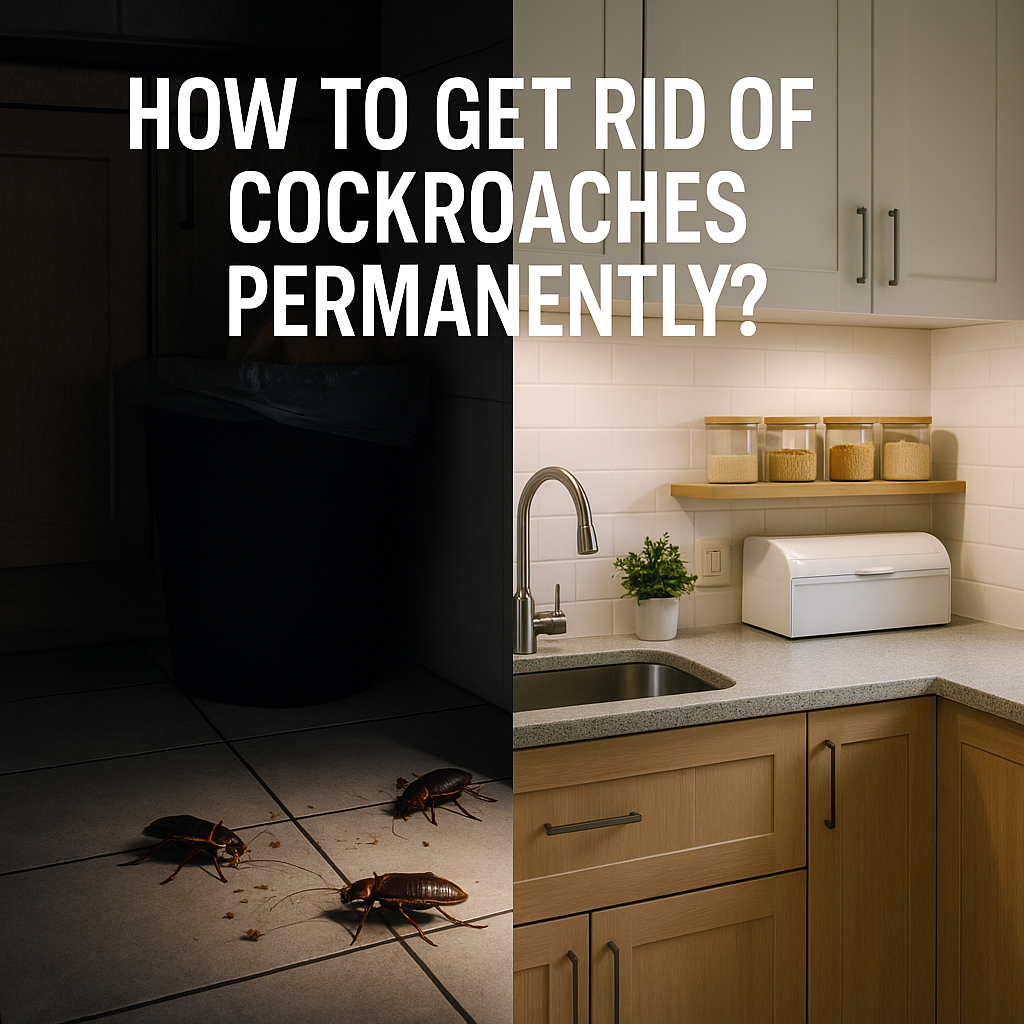

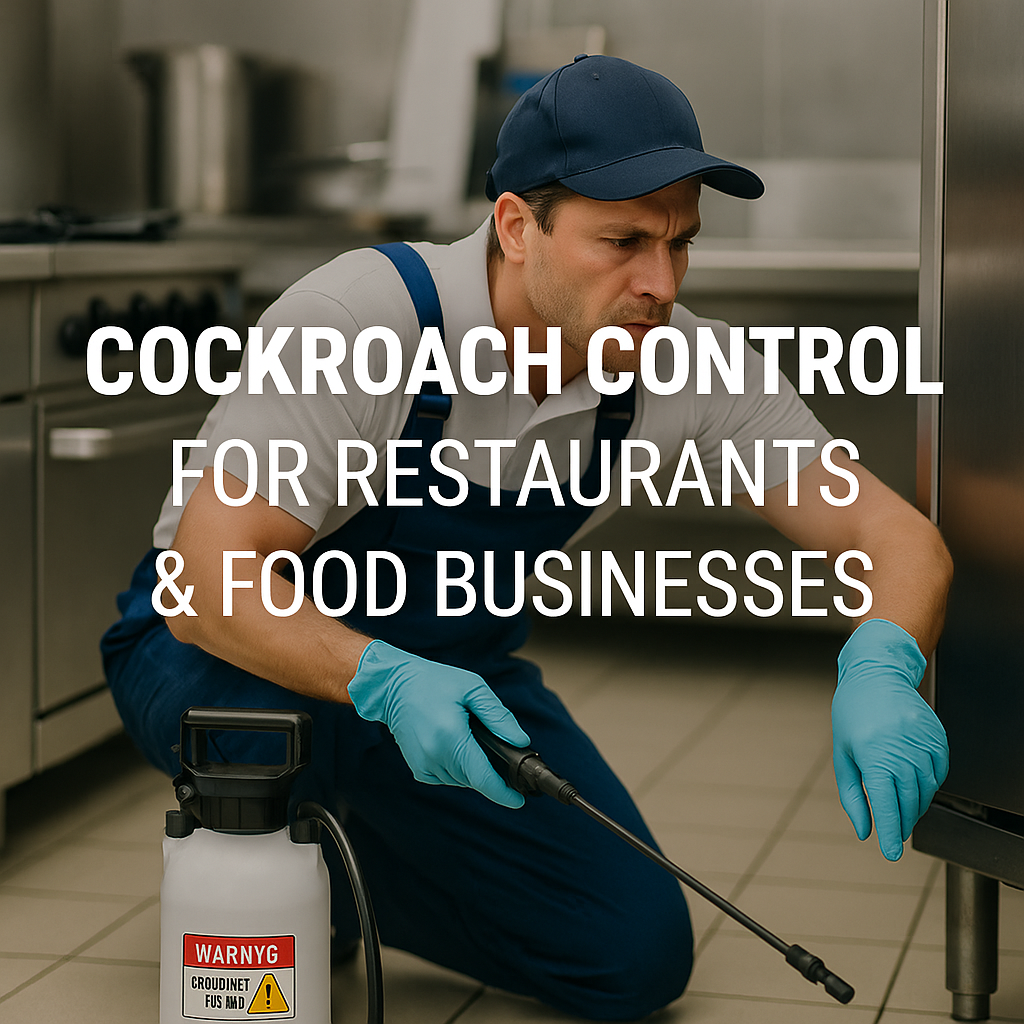
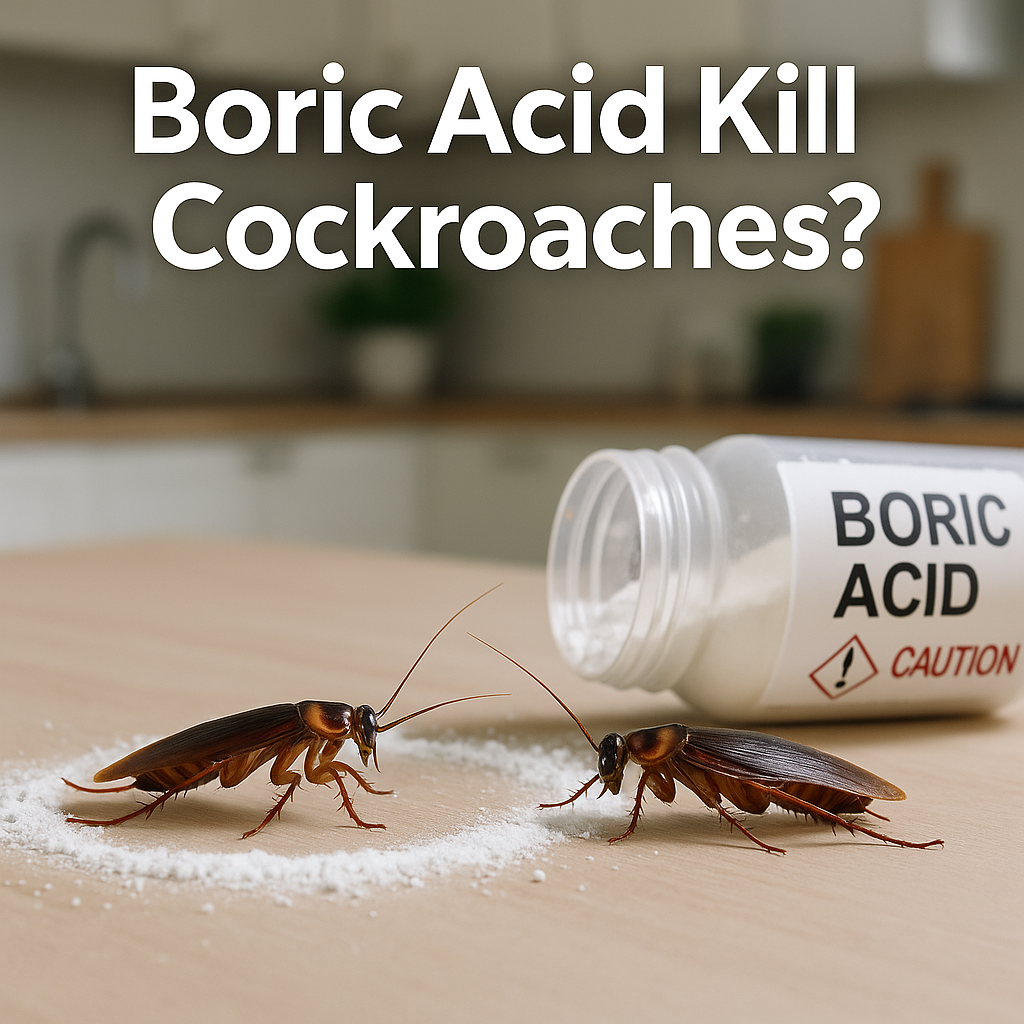

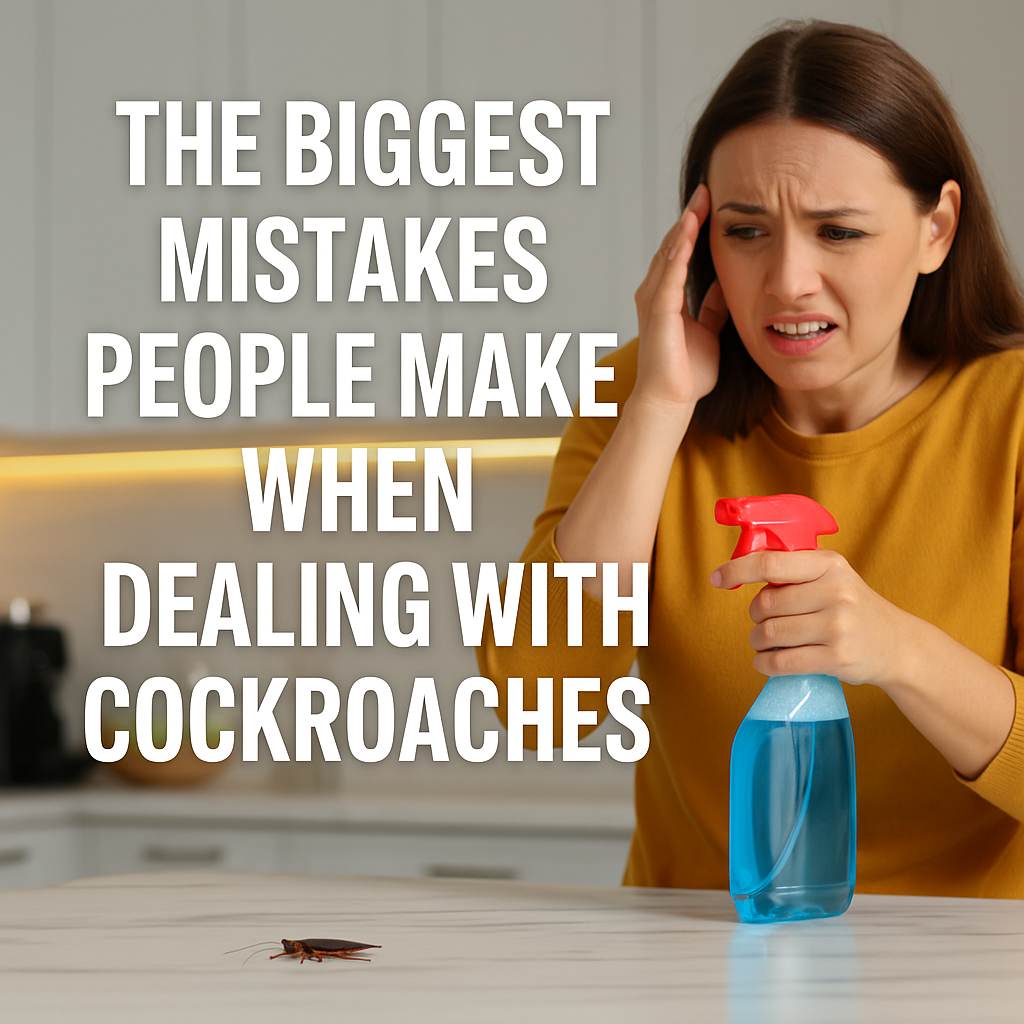
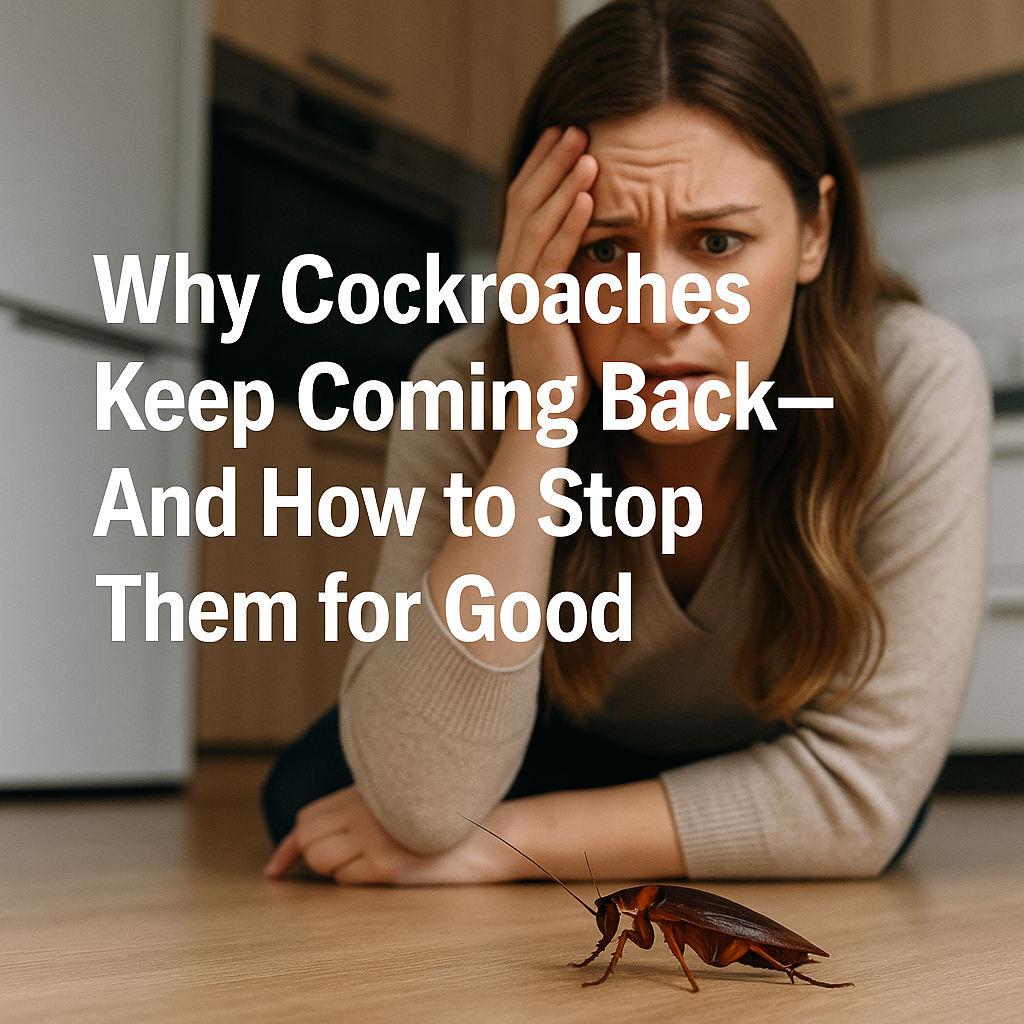
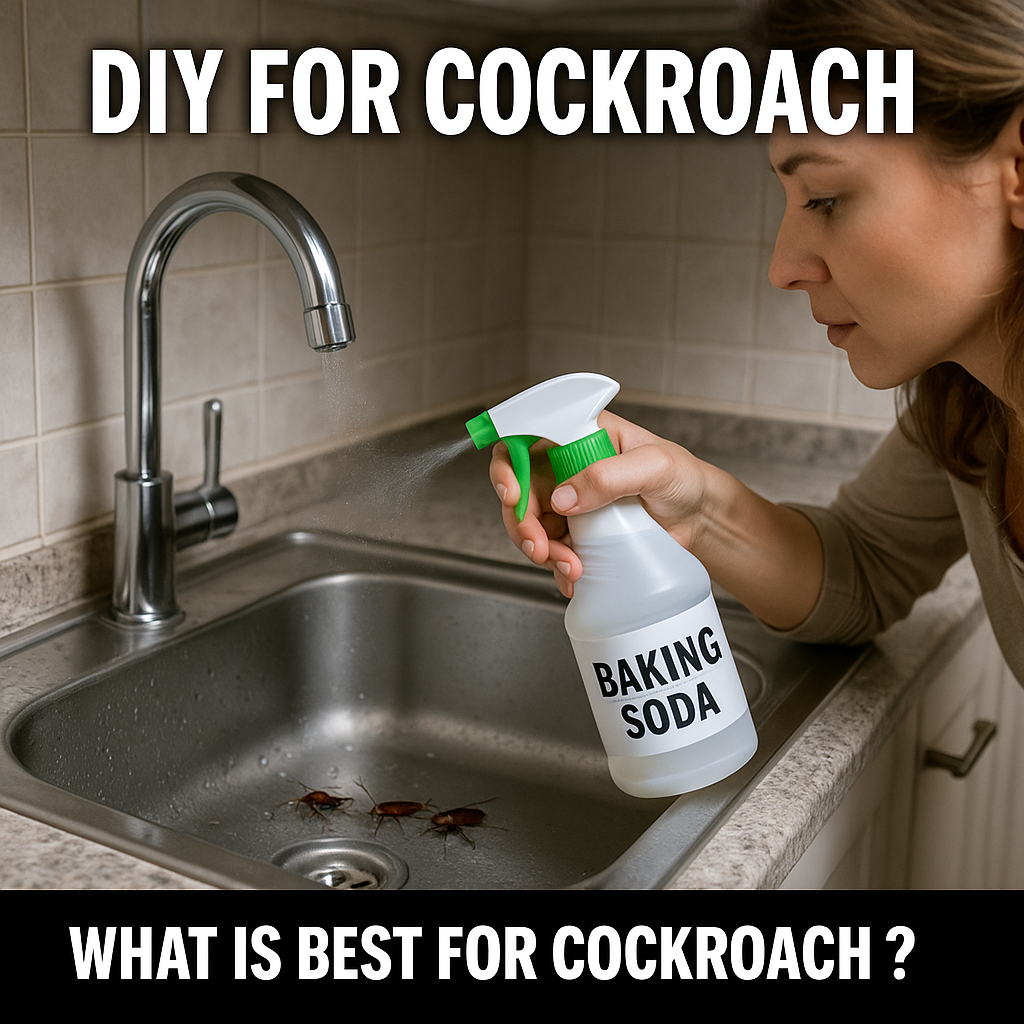
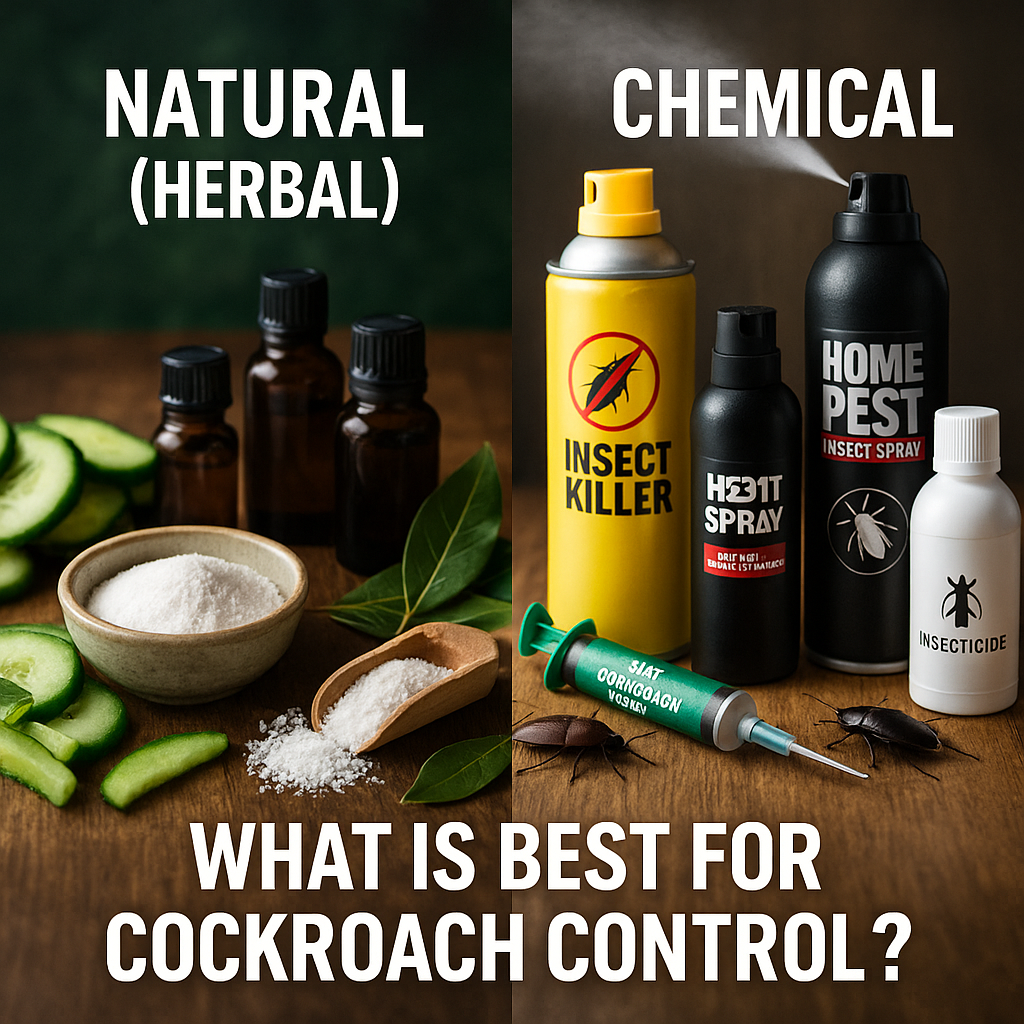
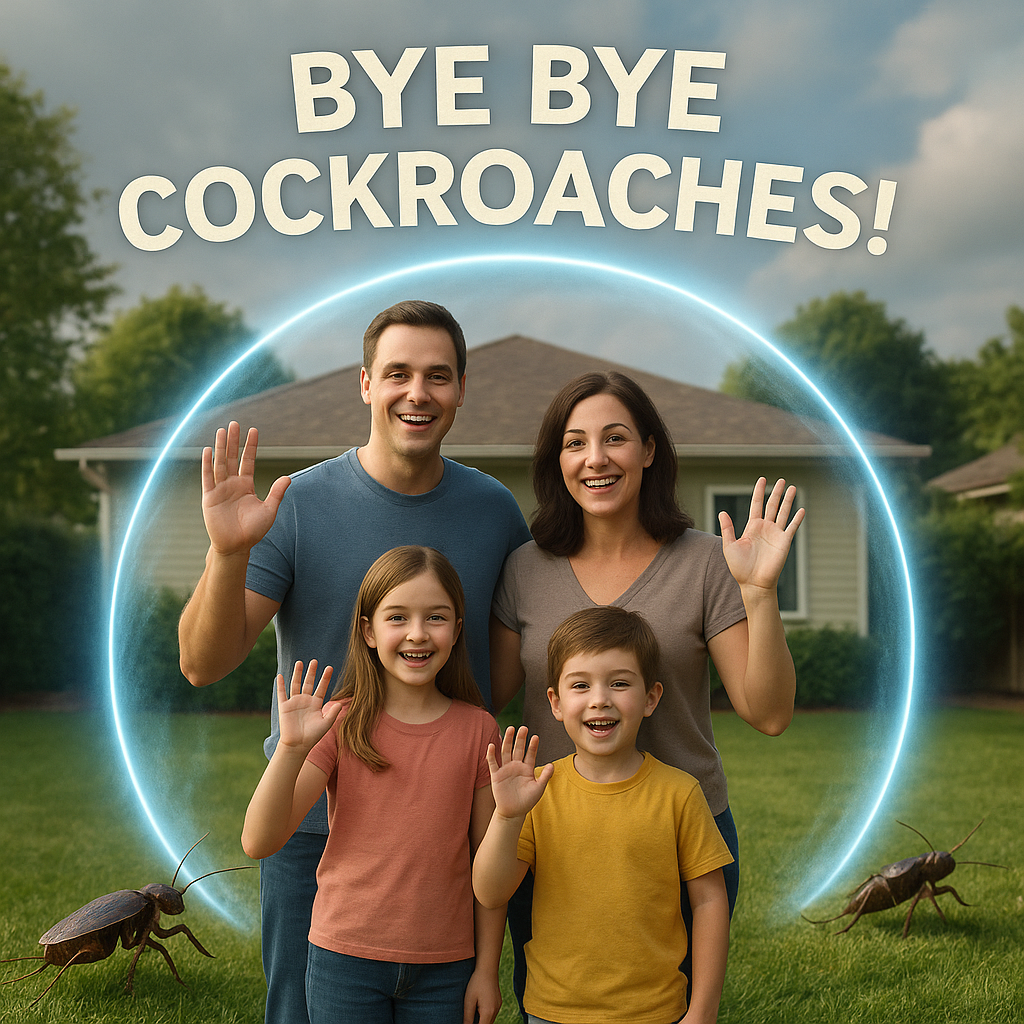
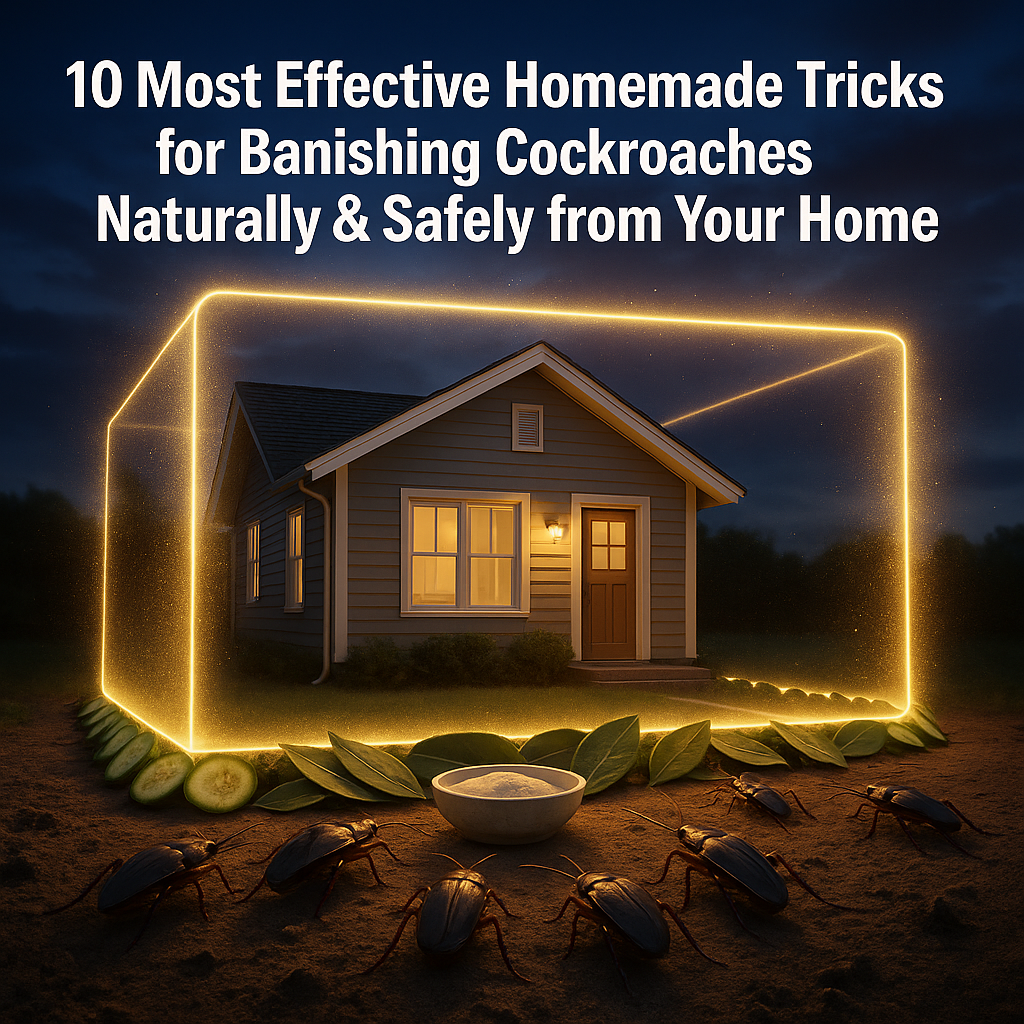
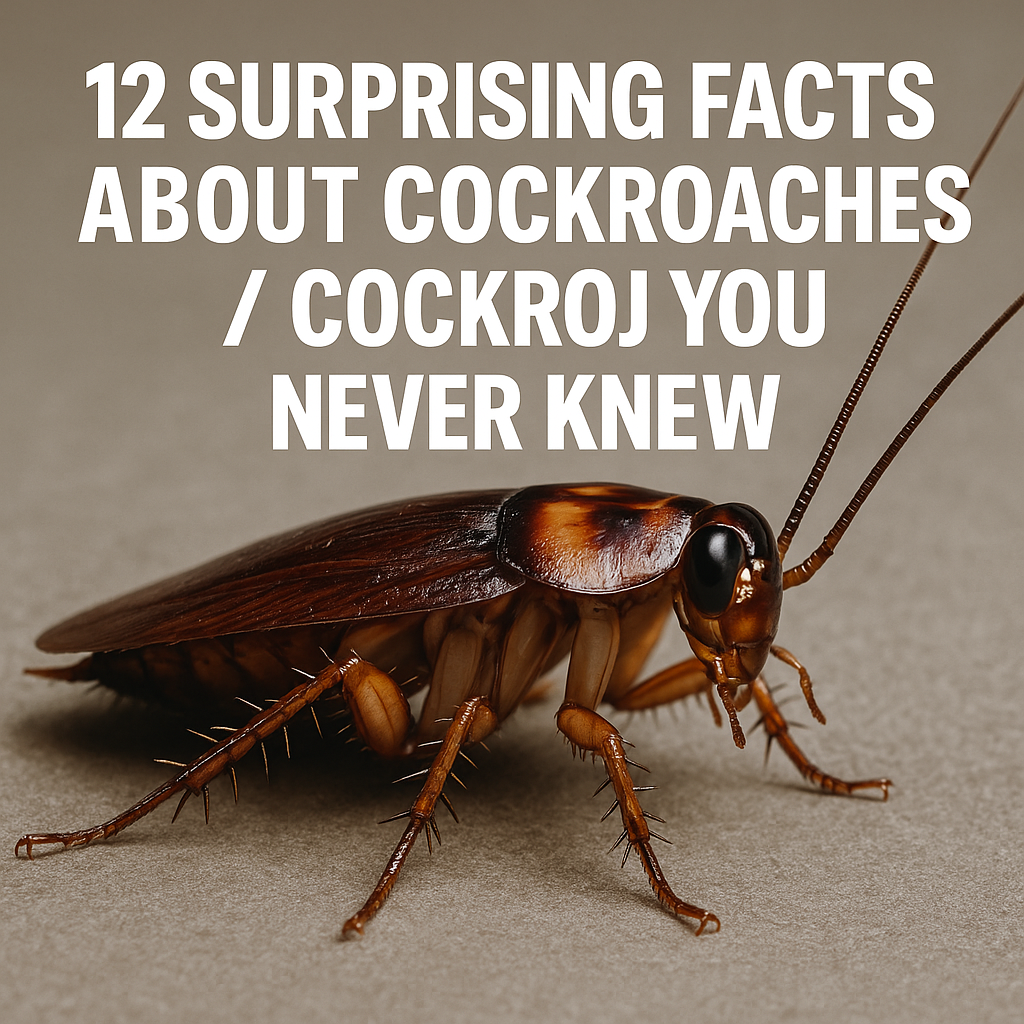
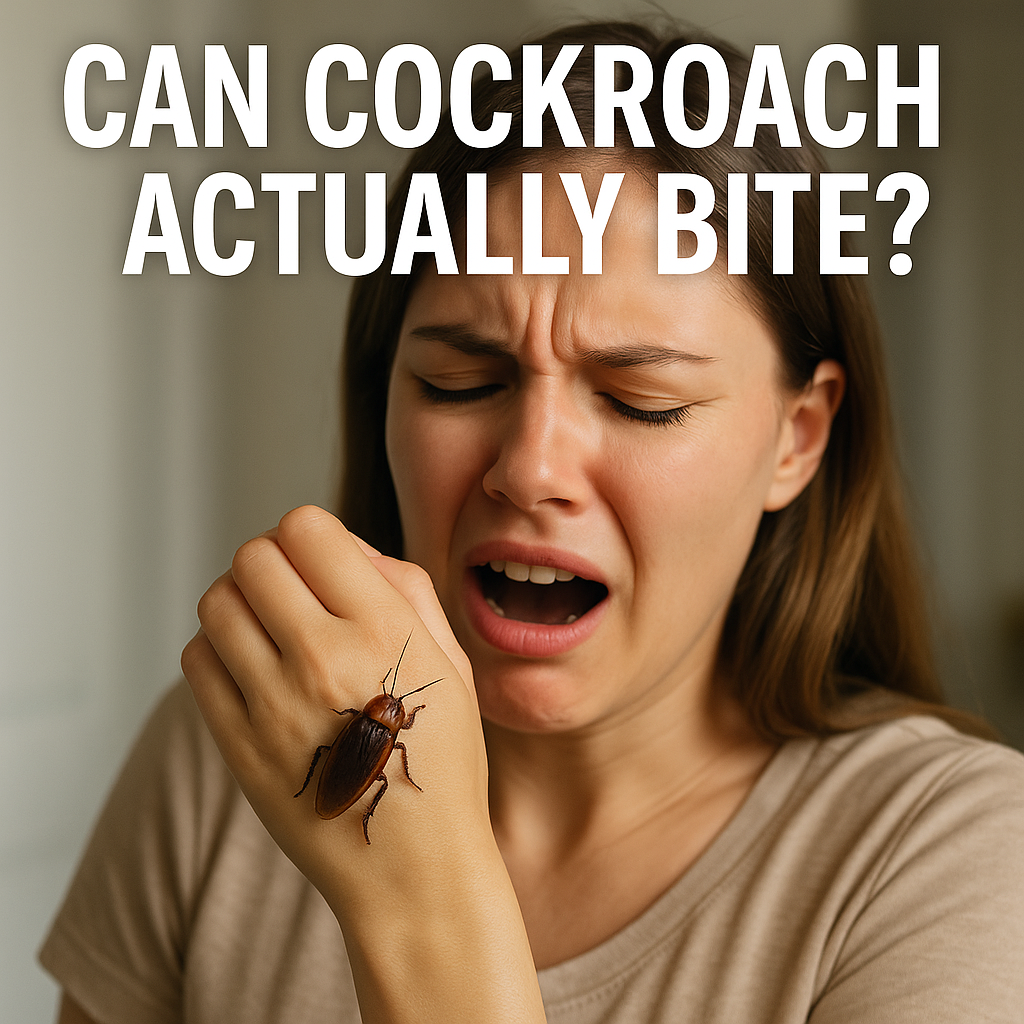


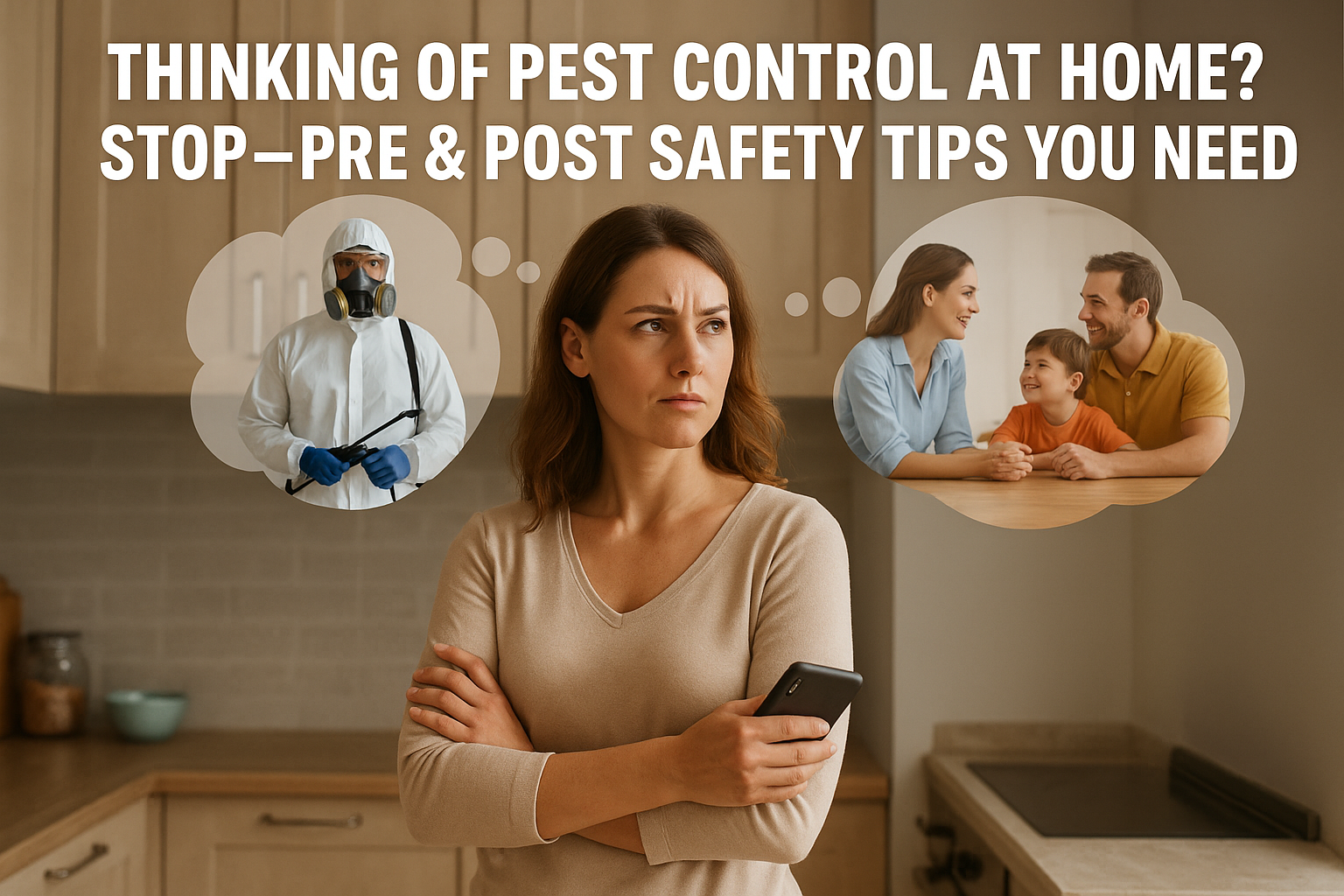



(0) Comments